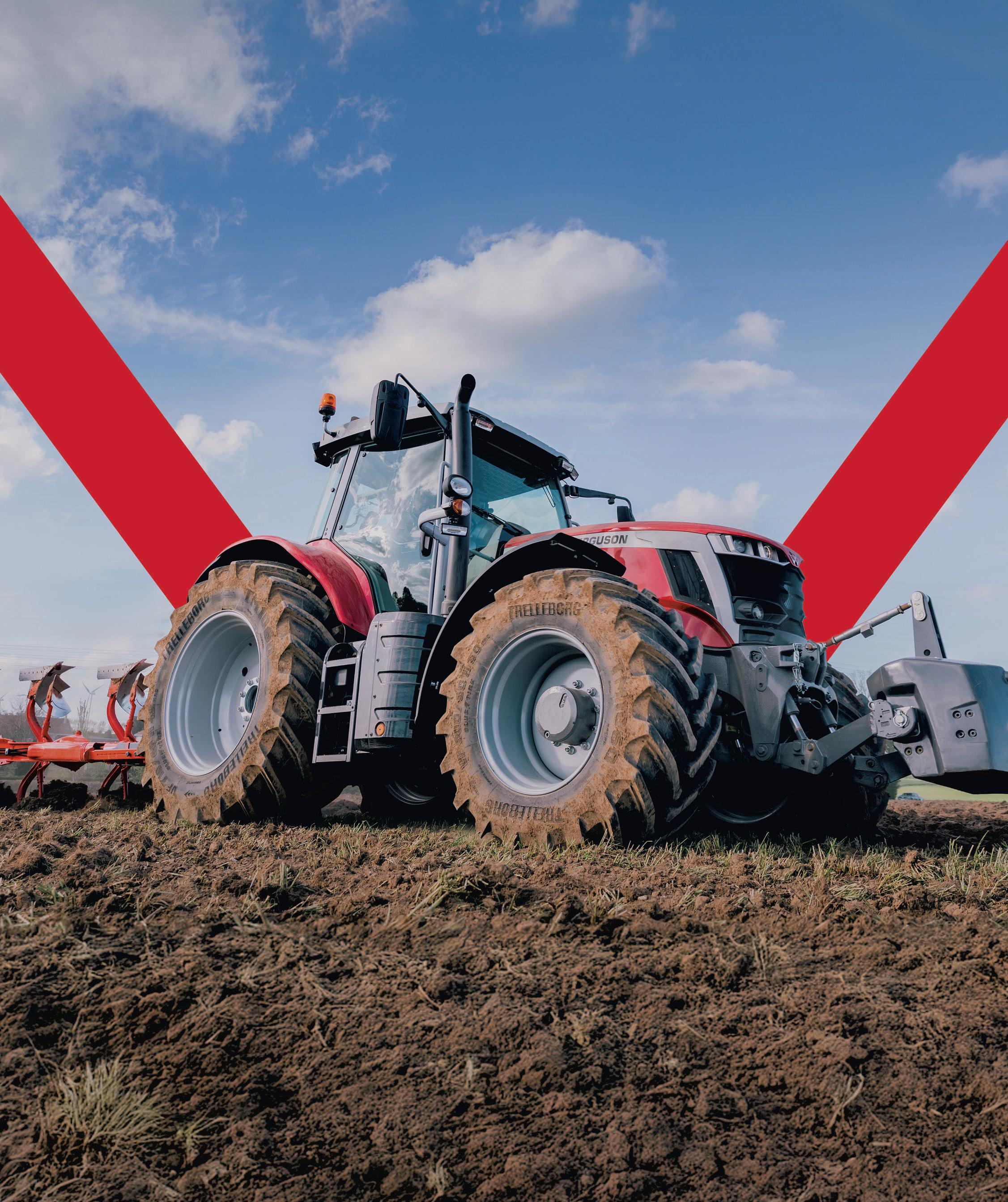






















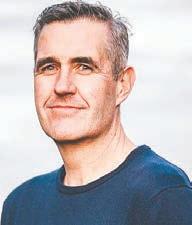























































































































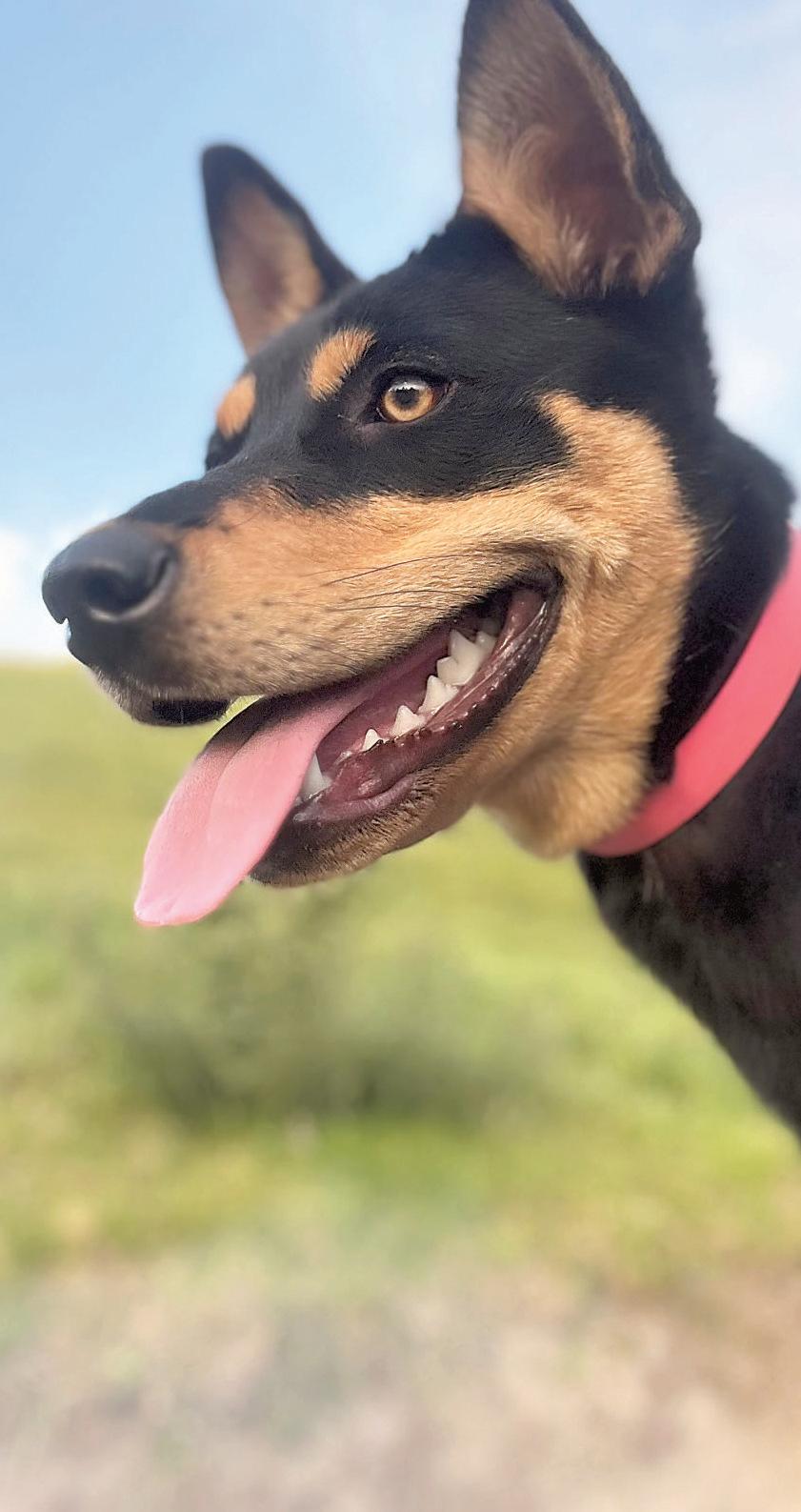
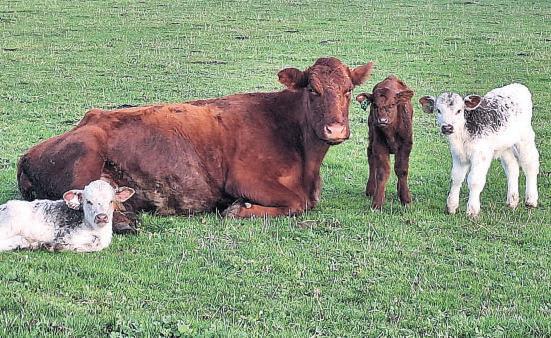


























































































































































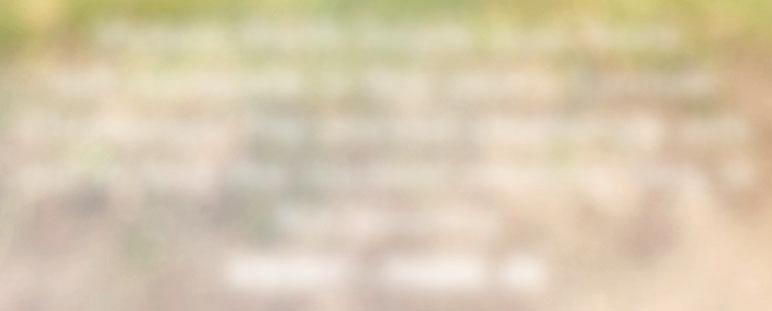












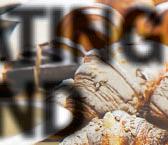















Terry SIM
GIPPSLAND livestock agents are canvassing agent licensingafter the sentencing of aVictorian man for offences related to the sourcing of cattle for live export to China.
Last month in Victoria’s County Court, alivestock agent, Nathan Gibbon, 50, was sentenced to six months jail after pleading guilty to two offences involving dairy heifers intended for export to China.
The agentwas foundtohave fraudulently obtained$234,705 from two export companies after falsely claiming the heifers he was selling werevendor -bred. He was sentenced to asix-month prison ter mfollowed by an 18-month community corrections order by Coun ty Court Justice ,Jus tin Lewis.
ALeongathastockagent, Simon Henderson, said the casehighlighted the lack of licensingof stock and station agents in the state,and he andotheragents wereconcerned about its impact on the cr edibility of Victorian livestock agents generally.
Unlik eNew SouthWales ,in Victoria, livestock agents arenot licensed.
Mr Henderson said Gippsland agents had been lobb ying through the Australian Livestock &Property Agents Association (ALPA) to have the state’s stock and stationagentslicensed “to
























equivalent oversight of stock and station agentsinVictoria,according to industry sources.
Mr Henderson said one requirement of the proposed licencewould be if acting as astock and station agent and sourcing livestock for exp ort, cl i en ts w ould be paid “whatever happens”.
SIMON
give the industry afeeling of more professionalism and some sort of qualification”.
Mr Henderson is on the southern regionadvisorycommitteefor ALPAand also holds areal estate agent’slicence. He said astock andstation agent license could be similar to areal estate licence andmanaged through Consumer Affairs Victoria,with aset of guidelines,moral and ethical standards that agents must adhereto.
Stock and stationagentsand othersneed to be licensed with CAVtosell real estate,but thereis no specific livestock agent licensing system in Victoria.
NSW property, and stock and stationagentsare regulated by NSW Fair Trading, within the Department of Customer Service, and under the Pr operty and Stock Agents Act 2002 and other relevantlegislation. Thereis no
“Whereas we have had instances recently wherepeople have sold cattle and haven’t been paid,” he said.
Mr Henderson said alicensing system would also discourage peoplefromactinginappropriately because they could be “crossed offand not be able to operate as astock and station agent”.
“This would give our industry a higher level of integrity than what it has at the moment, because you only have one person do the wrong thing and it drags the rest of the honestpeople down withit," he said.
“It would certainly make people awareifthey werecharged with aserious offence that they could be removed from operating in this professional field, similar to what real estate agents are.”
Mr Henderson said under the current system, Mr Gibbon could resume selling cattle at the Leongatha saleyards once he has completed his prison term.
Continued Page 3


Philip HOPKINS
SOUTH and West Gippsland have by far the most valuable far mlandinVictoria, twice the state average, even though farm values in Gippsland declined marginally rightacrossthe boardlastyear, according to the2025Reportby Bendigo Bank Agribusiness.
Southand West Gippsland registered a moderate fall in the median price per hectarein2024, falling to $29,335/hectare-a 5.5 per cent decline from the previous year East Gippsland also recorded amodest year -on-year decline in 2024, falling 3.8 per cent to $12,661/ha. Ahectareisabout 2.5 acres (2.471), the traditional measure of farmland.
The median price per hectarein 2024 in Victoria was $14,848, with the next highest regions South West with $18,403 and Ovens Murray $16,700.
In South and West Gippsland, despite the lowest price, themedian price remained at the second highest value on record, the report said. The two regions maintained a five-year compound annual growth rate of 9.6 per cent.
"Theregion saw astrongincrease in medium-sizedfar mland parcelshitting the market, while falls in the smaller and larger -sized land sales werealso observed," Bendigo said.
"Thishas kept the median price per hectarestrong, in spite of the falls in higher -priced transactions."
The report said the supply of farmland across the region rebounded in 2024 after transactionvolumes wereatrecordlows in 2023.Volumes were up 17.3 per cent year -on-year,with 115 sales recorded.
"The amount of medium-sized parcels sold (50-100ha and 100-150ha) saw aboost in 2024, which was reflected in the increase of sales in the medium-price bracket," the report said.
"This led to the decline in medium price as twice the numberoftransactions werein the $20,000-$25,000/ha range compared
to 2023, applying downwards pressureon the overall median value."
Bass Coast ($37,453/ha) and Cardinia ($34,7773/ha) remained the highest-prices municipalities for the regionin 2024as those areas continued to draw aslight premium.They were followedby Baw Baw ($31,003/ha), South Gippsland ($27,665/ ha) and Latrobe ($22,208/ha).
In East Gippsland, the modest year -onyear decline continued the 2023 softening in the median price of 3.5 per cent.
"Conditionsweremorefavourable in comparison to otherregions of the state, which likely aided in preventing amore substantial decline," the report said.
The median price in 2024 now sits below both 2022 and 2023. Taking along-term perspective, the five-year CAGR is 17 per cent and the 10-year CAGR is 6.6 per cent.
"Despitetwo consecutive years of declines, the East Gippsland region's median price is 87 per cent higher than 2020, remaining firm in historical terms even after consecutive falls."
The number of transactionsin East Gippsland rose by 14 per cent to reach 113 sales. This broke the recent two-year trend of declines but was still the second lowest number on recordand "remains well below its five-year average of 139 and 10-year average of 151".
At am un icip ali ty level ,Welli ngto n remained the standout, with amedian price per hectareof$16,959/ha, but transaction volumes fell marginally. East Gippsland Shirewas $9430/ha.
For the East Gipps land re gion, the total number of transactionssold above $20,000/ha fell by 13 per cent, creating a softer median price.
"The number of transactions between $0-4000/haroseby55 per cent, witha 31 per cent increase in the $12-$16,000/ha range, shaped the backbone of the median price in 2024," the report said.
In Victoria as awhole, the report said the median price of farmland eased to $14,848/ ha in 2024, the first decline since 2015 and

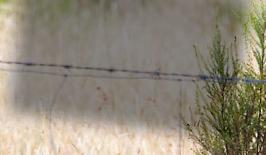
































































































































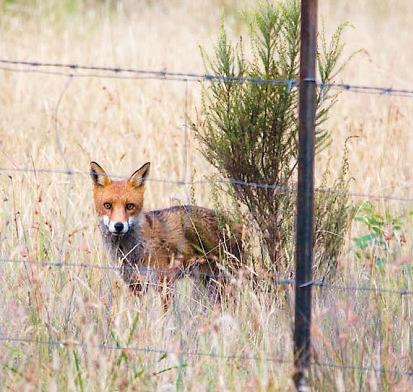


halting eight straightyears of growth, which was topped by a35per cent rise in 2022.
"Despite this marginal decline, the median price per hectareremains 96 per cent above the 2019 median and 83 per cent higher than 2020," the report said.
Stable interest rates in 2024 after sharp rises in the previous two years helped investor certainty, "though financial costs continued to weigh on buyer interest".
Conversely, stronger commodity prices -especially in cattle and sheep -after the rough end of 2023 instilled some buyer confidence.
"Thefive-year CAGR sits at 14 per cent for the state, while the 10-year CAGR is 12 per cent," the report said.
Transaction volumes across Australia steadied in valueover2024after aslow 2023, with the national median price per hectare up by 6.9 per cent in 2024toa record$10,231/ha. This was the 11th consecutive year of growth, itcooled compared to the annual increases of 2018 to 2022 when the median price growth of Australian farmland morethan doubled.
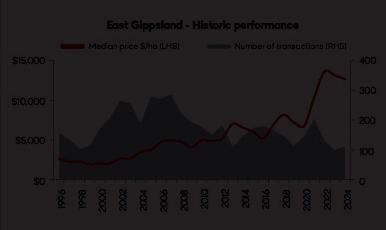
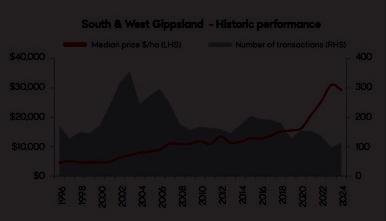




TRANSPOR TERS of bobby calves in two recent court cases have pleaded guilty to animal cruelty relatingtoroughhandling of calves during unloading at abattoirs.
AgricultureVictoria's Animal Health and WelfareCompliance head, Daniel Bode, said transporters have aresponsibility to ensure calvesare fit forthe jour neyahead, protected from cold and heat and arehandled appropriately during loading and unloading.
"Calves should always be handled with great careand the use of dogs or electric prodders on bobby calves is prohibited by law. Calves must also not be kicked, beaten, pulled,thrown or dumped or prodded with anysharpinstrument,"hesaid.
"These responsibilities and others are described in the AustralianAnimal Welfare Standards-Land TransportofLivestock. Under the Livestock Management Act (2010), anyoneinvolved in the livestock transport process must comply with these standards."
Mr Bode said in two recent separate cases bobby calf transporters had pleaded guilty
to animal cruelty charges relating to the mishandling of calves during unloading, each receiving fines with convictions.
BrendenStammers, atruck driver from Athlone, pleaded guilty to three charges of animal cruelty impo se du nd er the Prevention of Cruelty to Animals Act 1986 (POCTA) at the Latrobe Valley Magistrates’ Court, receiving afine of $2000 with conviction. An order for costs was made of $733.
In the second case, Christy Vlahos, a purchaser and transporter of bobby calves, pleaded guilty to four charges of animal cruelty at Melbourne Magistrates’ Court, receivingafine of $3750 with conviction. An order for costs was made in the amount of $536.28.
Mr Bode said people who handle or transport bobby calves have alegal duty of care for their welfare.
"Appropriate management, transportation, handling and marketing of bobby calves needs to be apriorityfor everyoneinthe dairy industry," he said.
"Farmanimalwelfare is an increasingly significant issue in Australiaand overseas,
and the bobby calf trade in particular is a sensitive subject.
"In order to maintain this industry, all producers, buyers, transporters and abattoir workers must meet the agreed industry standards for bobby calf welfare.
"The vehicle or trailer beingusedto transport bobby calves must be clean and have an enclosed front and anon-slip floor."
Mr Bode said space allowance should be minimised to avoid injury to calves in transit, however they shouldneverbe overcrowded.
"Selling calves that areimmature, weak or sick is cruel and can result in premature death and may lead to prosecution," he said
The DairyAustraliawebsite has many resources: People should visit: www.dairyaustralia.com.au and search for ‘bobby’ to see what is available.
For further information, get in touch with the the local AgricultureVictoria veterinary or animal health officer
For moreinformation on Land Transport Standards, go to Land Transport -Australian Animal Welfare.
From Page 1
“WE’VEbeenunhappy with the lack of licensing and regulation in our industry since Jef fKennett removed auctioneer’s licenses back in the mid-90s when he was cutting costs," he said.
“I’m speaking on behalf of myself and a lot of people that Iwork with. We feel that the behaviour of just ahandful of people is bringing the whole industry into disrepute and we believe that licensing is one way of giving our industry credibility and making surethat the people in it arehonest and representingtheir clients and the rural fraternity to best of their ability within an administration wherethereare penalties for poor conduct.”
Mr Henderson said he had discussed licensing with ALPAchief executivePeter Baldwin, the large corporate agencies and politicians.
“But it’s all too hard,” he said, with resistance from the corporate companies due to the potential cost.
“Regulation, who is going to police it, well it should go through Consumer Af fairs Victoria. It just seems weirdthat in New South Wales it happens …Ibelieve that every agent s hou ld pay for their own licen se, no dif fer ence f ro m havi ng a
qualification as abuilder or atradesman.”
Victorian Far mers Federation livestock vice president, Peter Miller,said thefederation would support livestock agents being registered or licensed.
“It would improve the credibility of our industry. Checks and balances would need to happen and you would have to look at the penalties,” he said.
Mr Miller said the Nathan Gibbon situation had the potentialtodestroy thedairy heifer trade into China.
“Tolose amarket like that would be terrible and you could say the sameabout exporting beef heifers -weneed to protect those markets," he said.
“If the agent waslicenseditwould help protect that.”
He said the current penalties wereinadequate and he supported agents being suspendedfromtrading for aperiod if inappropriate or illegal conduct was proven.
“Togive it any grunt that’s what has got to happen,” he said.
Mr Baldwin had no comment to make on the licensing of stock agents in Victoria.
“ALPAcommends the exceptional conduct and professionalism of our member agents in the performance of their roles as stock and station agents in all jurisdictions across





















the nation wherethereisastatutory licensingrequirement in place and wherethereis no requirement to hold alicence,” he said. Beef Central



















































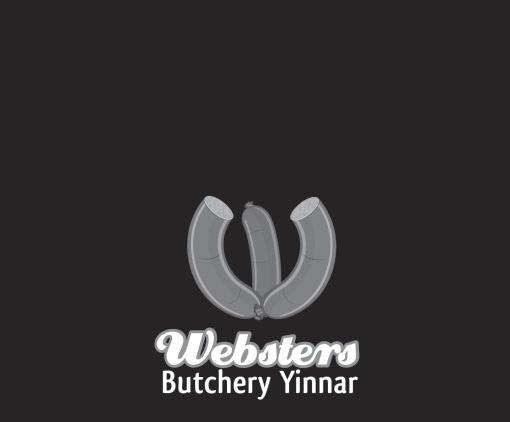
















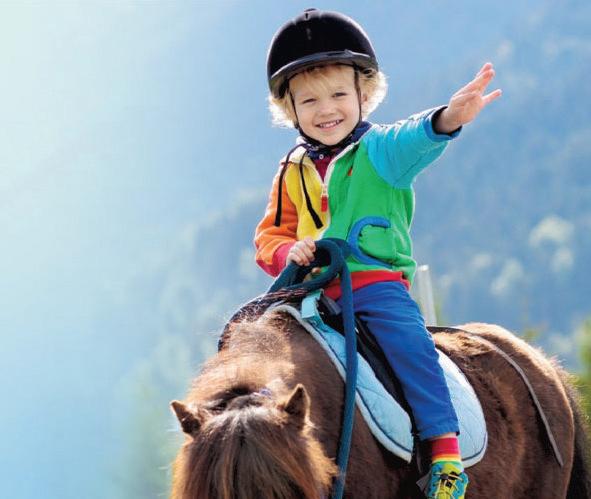



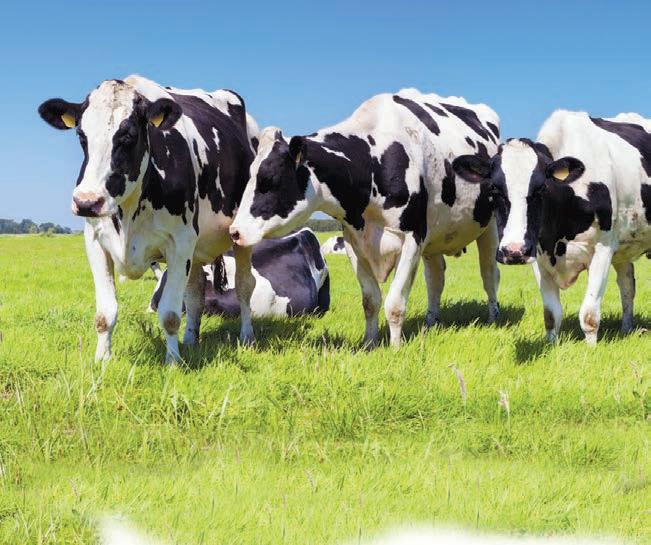
THE latest Sheep Producers Intentions
Sur ve y( SP IS ) ,c on du ct ed by Me at & Livestock Australia (MLA) and Australian Wool Innovation (AWI),reveals asignificant shiftinproducer sentiment and flock management strategies across the nation.
This shift is being driven by volatile market conditions, extreme weather events, and regulatory changes, most notably the planned phase-out of live sheep exports.
The survey, whichgatheredresponses frommorethan2300producers across Australia last May, showed anet sentiment scoreof+52 for the sheep meat industry, up 48 points from the same time last year This marks the first time since October 2022 that all states, including Wester n Australia, have reported positive or neutral sentiment.WA, which had anet sentiment of -64 in May 2024, has now reached neutral ground at zeronet sentiment.Other states’levelsinclude: New SouthWales +60, Victoria +58, SouthAustralia+56, Tasmania +55, Queensland +53, and WA =0
Accor ding to MLA’s Senior Market Information Analyst, Erin Lukey, the strong sentimentamong sheep meat producers is closelytiedto improved pricesacross the country.
“Prices have risen significantly, particularly for finished lambs, which has buoyed confidenceevenasproducers face tough seasonal and regulatoryconditions,” Ms Lukey said.
“This is especially the case in Wester n Australia, wherethe rebound in sentiment has been most pronounced.”
Despite the optimism, producers continue to navigate arange of challenges.
“Droughtinthe south and flooding in the north aremaking it moredifficult and

expensivetomaintain large flocks,”Ms Lukey explained.
“Weatherremainsthe mostcited factor influencing on-farmdecisions, with significant drought in South Australia, Victoria and southern New South Wales reducing
pastureavailabilityand increasingfeed costs.”
The survey forecasts anine per cent reduction in the national breeding ewe flock, from 48.88 million in 2025 to 44.34 million in 2026, and an 11 per cent decline
in the wetherflock, from 7.67 million to 6.85million. Thesereductions arebeing driven bystrategicdownsizing andenvironmental pressures.
“In WesternAustralia alone, the breeding ewe flock is forecast to fall by 19 per cent, with 58 per cent of producers in the state planning to reduce numbers,” Ms Lukey said.
“Manyproducersare taking amor e conservative approach. Nationally, 41 per cent of surveyed producers said they will reduce their breeding ewe flock, and 26 per cent plan to reduce their wether numbers.”
The survey alsoexplored the broader factors influencing on-farmdecisions.
“Input costs, labour availability, and regulatory pressures, particularly the live sheep export phase-out, areweighing heavily on producers’ minds,” Ms Lukey said.
“While producersinWester nAustralia arewary of investing in flock growth amid uncertainty about futuremarket access, others areadjusting breeding strategies or retaining morereplacement ewes to adapt to changing conditions.”
Despitethesechallenges, the resilience of the industry remains evident.
“Producers are adapting. Whetherit’s retaining morereplacement ewes, adjusting breeding strategies, or responding to marketdemand,the sector continues to evolve,” Ms Lukey said
The SPIS is acriticaltool for industry planning, providing valuable insights for producers, processors, and policymakers alike.
“Thisdata helps usunderstand where the industry is heading and how we can support producers through change,” Ms Lukey said.







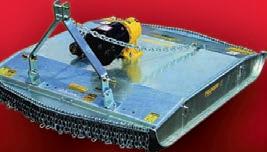



FOR the fourth year in arow, Fish Creek beef farmer, Kelly Pruyn, has received four sets of twins from one cow.
While twins aren’t usually considered as rareasthey used to be, Ms Pruyn said that in morethan 30 years, she has never had a cow consistently calve twins year after year
“You didn'treallyhear them years ago, but thereare afew more, sort of popping up around,” she told Gippsland Far mer
“The first year,she didn't get any calves, because we hadbull trouble, and Iremember yelling at them and said, right, you all owe me twins next year
“She has had twins back to back every year since then.”
Unfortunately in 2022, the cow’s first year being in calf, she lost both calves due to the calves drowning. Since then, the six-yearold Charolais/Limousin Cross has calved aset of twin bulls, aheifer and abull set and this year,aset of heifers.
Ms Pruyn said that due to size,she never expected the cow to have twins, but somehowhas had happy,healthy calves each year.She also said that thereisn’t a history of twins in her family, apart from this particular mother
“She comes from my favourite cow,” Ms Pruyn said.
“Sheisa great mother.She justruns away. She doesn't runatyou. She just says we aregoing, and they will run.
“One of the years, one of the calves was up in the bush away from her and she didn’t want to move. It turned out she had another calf with her stuck in mud. All you could see is alittle head popping out.” Ms Pruyn comes from adairy background. After buying her own property, which she now runs 18 cowsoff,she swapped to beef and runs abed and breakfast.
According to aScienceDirect article, the multiplebirthrate was 27 per cent (six sets of twins, one set each of triplets and quadruplets),12per cent (one set of twins) and 10 per cent (seven sets of twins and one set of triplets) in replicatesone, two and three, respectively, for acombined multiple birth rate of 15.74 per cent.
FOOD &FibreGippsland has appointed Simon Johnson as itsnew chief executive. Mr Johnson has been in the role since July 2.
Mr Johnson brings more thantwo decades of leadership experience and adeep commitment to the region’s food and fibre industries. With a20-yeartenureatCHEP, aBramblescompany,and morerecently as owner -operatorofthe iconic Tinamba Hotel, he blends business acumenwith grassroots regional engagement.
Along-timesupporter of Gippsland's agri-food sector,MrJohnson has servedon the board of Food & Fibre Gippsland since November 2021. His appointment signals astrong alignmentwith the organisation’s ongoing mission to foster innovation,

knowledge-sharing, and capacity building across the region’s value chain.
“Simon’s appointment marks anew and exciting era for Food &FibreGippsland,” FFG chair,Barry Rogers said.
“He brings not only awealth of corporate and entrepreneurial experience but also adeepand genuine connection to the Gippsland community.His vision and leadership willbeinstrumental as we drive growth and transformation across the food and fibresector.”
Commenting on his appointment, Mr Johnson said: “I’m honoured to take on the role of CEO at Food &FibreGippsland. This region holdsaspecialplace in my heart, and I’m passionate about helping our producers, innovators, and communities

thrive. Ilook forward to workingwith the team to build on the organisation’s strong foundations and drive meaningful impact across Gippsland’s food and fibre landscape.”
Outside of his pr ofessional commitments, Mr Johnson is actively involved in the community,includinghis roles with Committee for Wellington and the Little Jem Foundationand several local sporting organisations.
“Weare confident that under Simon’s guidance, Food &FibreGippsland will continue to build stronger links between producers, stakeholders, and consumers, championing the incredible quality and innovation emerging from our region,” Mr Rogers said.



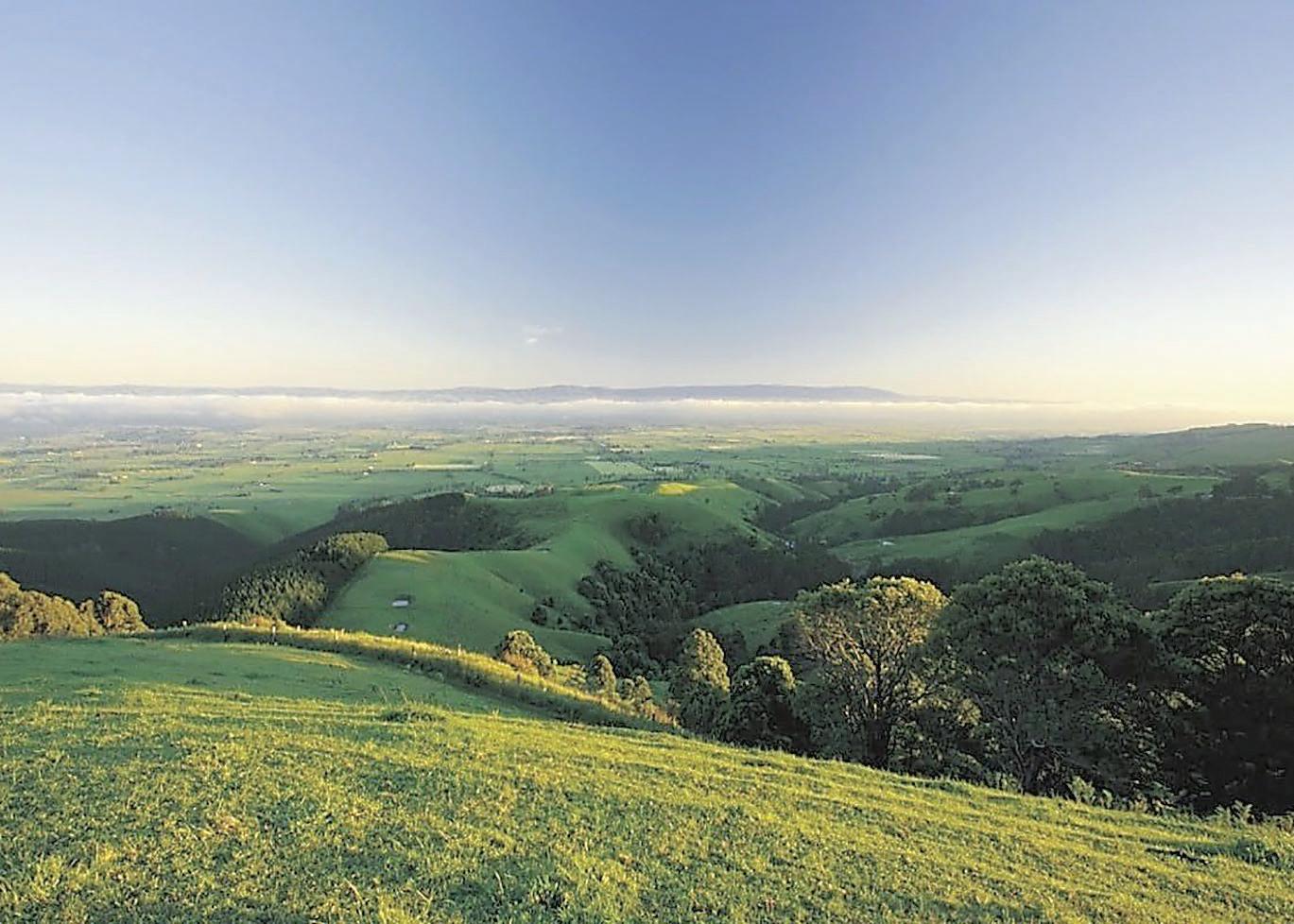


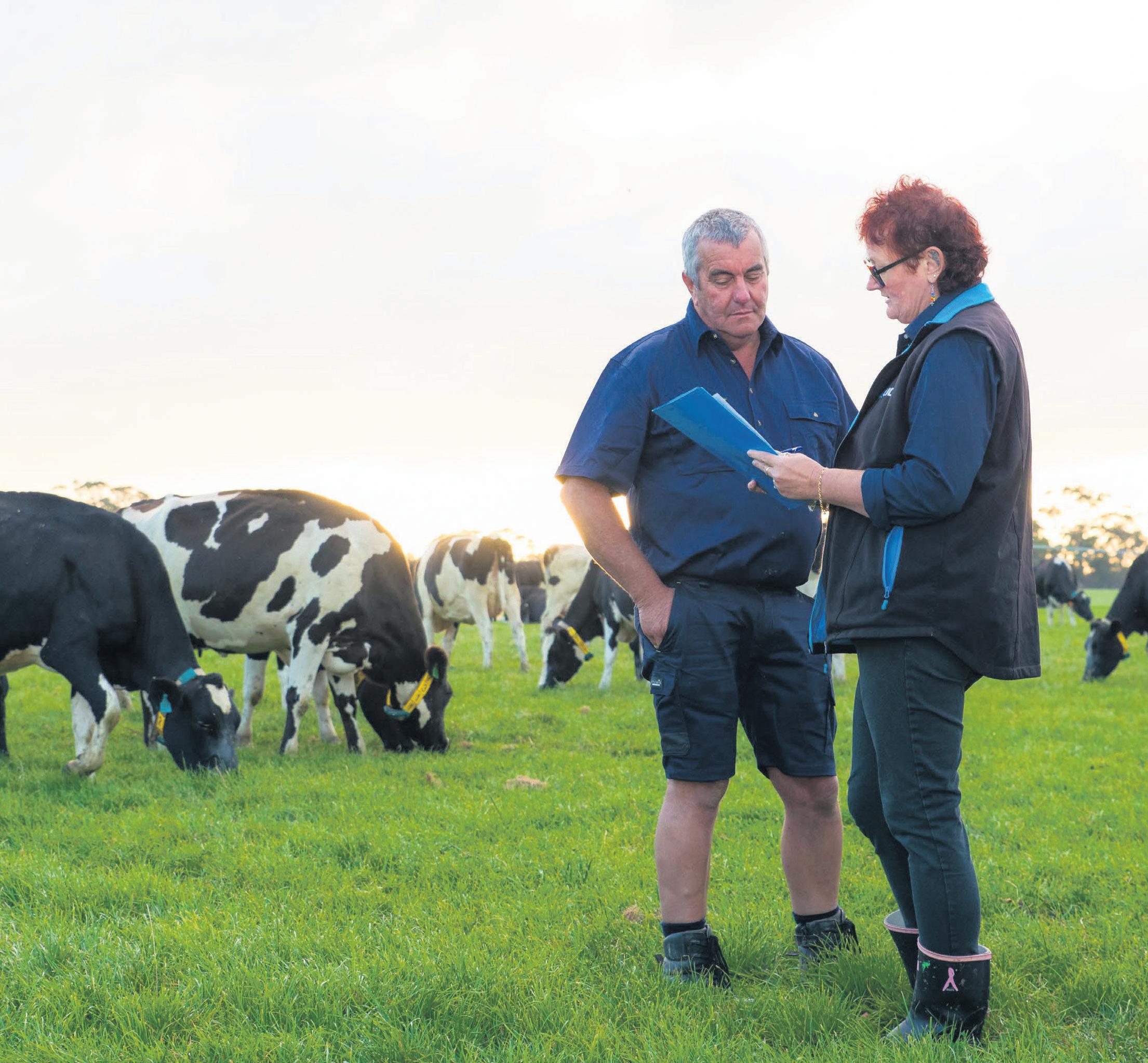

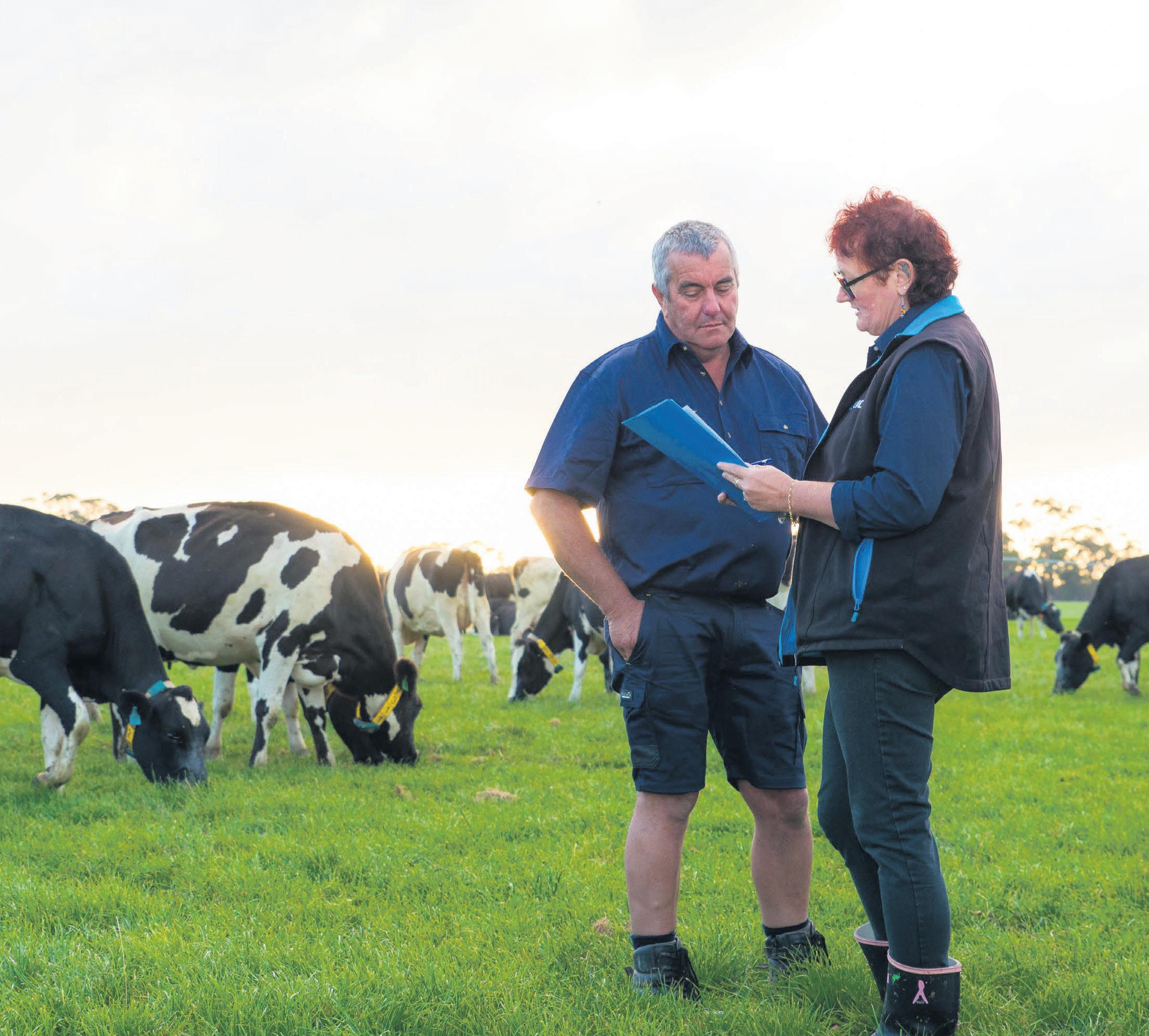
Katrina BRANDON
WHERE technology meets tradition, Lancey family’s farm, Mt Lydall Dairies, in Nyora, is hosting afarmtour nextmonth (September 3).
The rareopportunity is home to anew 100-standrotary dairy and loafing bar n that has locals saying, “You can see it from Mars”. Attendees can also enjoy alive drone demonstration on the farm. Organisers say it is amust-see tour for anyone interested in moderndairy infrastructure, efficiency and innovation.
Attendees will be able to get an overview of the far m, listen to multiple pr esenters on dairy, dr ones and other topical discussions about the far mand technology
that helps them on ad aily basis.
Pr esenters on the day include Chris Lancey,John van de Burgt(Westfalia), Mark Haymes (GEA), Callum Lancey, Scott McDonald (Agriculture Victoria) and Jes Sago (Worker Bee Drones).
The South Gippsland Dairy and Farming Expo is also on September 3and 4. Farm tour attendees areinvited to leave their vehicles at the expo and jump on the complimentarybus, which departs Korumburra at 2.30pm.
From paddock to plate, all areinvited to enjoy the farming experience.
For moreinformationortobook aspot on the free tour,goto: https://www.trybooking.com/events/landing/1431647
AGRICULTURE Victoria’s online farmwater calculator has been areliable tool for land managers to keep an eye on their farmwater supplies.
It has now been upgraded and offers an even more user -friendly and accessible experience.
This valuable tool helps farmers estimate:
Water requirements across the far m;
Storage capacity in tanks and dams, and;
Water supply potential from sources like shed roofs, waterways, groundwater and catchment runof f.
Agricultur e Victoria Climate Change Development Officer,Heather Field, said by adjusting rainfall inputs, users can explore
how their water supplymight per for m under different climate scenarios, helping them plan for dry seasons or unexpected shortages.
"The calculatornow works seamlessly on mobile phones and tablets, making it easier to per formin-field assessments. It complements the existing Summer Water Calculator,which focuses on livestock water needs and dam longevityduring hotter months," she said.
"For the most accurate results,farmers are encouraged to use the calculator alongside regular monitoringofwater use, storage and supply."
For the upgraded tool, go to https://go.vic. gov.au/44llzBj
GOOD rain has fallen across much of the state, but manydams areunlikely to fill unless they areinthe path of a thunderstorm.
AgricultureVictoria's Land Management Officer,Clem Sturmfels, said the hot, dry summer andlack of autumn rainfall had left soil moisturelevels well below average for this time of the year
"Without an intense rainfall event, good runoffisunlikely until our soils become saturated. Developing awater budget can help with makingdecisions about remaining water levels and how to manage shortages," he said.
"The amountofrain that is required to achieve saturation varies enormously across the state, depending on the soil depth, structure, soil moistureand pasturecover Deep and well-structured soils may need morethan 200mm, while shallower soils may requiremorethan 150mm to saturate."
Mr Stur mfels said in nor mal ye ars, actively gr owing pastur es use much of the stor ed soil moistur e; however,plant gr owth and water use this year will be
low due to the very late br eak.
"Even in an average year,plenty of rain is required to fill farmdams. The rate of runoff varies from aboutfive per cent to 10 per cent of annual rainfall, and the location, climate, soil type and ground cover all impact on this figure," he said.
"Using the rates above, acatchment area of five-10hectares is required to fill asmall one megalitre dam, for example. Contour banks can help to increase the catchment area of adam by collecting water from the adjoining area.
"Theyonly need to be 200-300mm high andcan be installed quickly and efficiently using amodernarticulated grader.However, they should not be built on soils prone to tunnel erosion."
Permits or licences may be required before undertaking this type of work. Landholders areencouragedtophone their local council planningofficer and water authority for guidance.
For more infor mation on dam management, visit the Agr Victoria website and Extension Aus for soil moisturemonitoring.







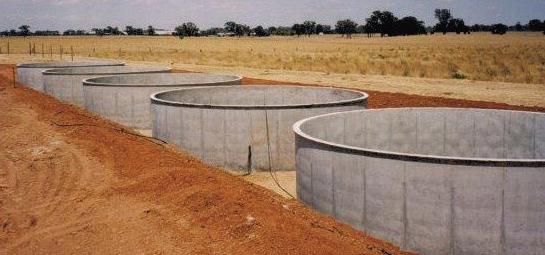
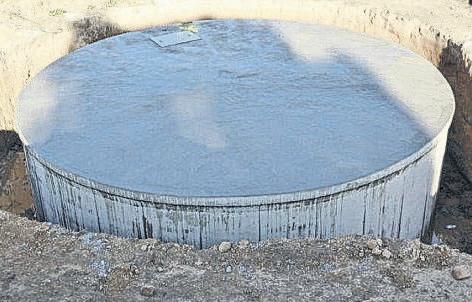

Katrina BRANDON
HAVING developed an earlypassion for food, Dave Cann, owner of String &Salt in Warragul, helps open up opportunities for people to expand their culinary knowledge.
At the age of 14, Mr Cann began working in kitchens and always had an interest in cooking at home beforehis time in other kitchens
“I was about to start when Iwas 10, hada family friend who loved cooking and taught me all that passion,” he told Gippsland Farmer.
“I've been involved in some level of food since then, whether in restaurants or cafes. Itrainedasawinemaker,soIhave had my own bottle shop for awhile and did that side of things.”
About 11 years ago, Mr Cann and his wife established their shopasa kitchenware storeand cooking school. They have also stocked the world’s first domestic meat aging and curing cabinets for eight years.
“Wesort of grew from that into doing all of our appliances and the cooking school led us into doing moresalami and curing and meat-based products, whichled us to launch String and Salt Cleaver Salumi Cabinets,” he said.
“Welaunched (the Clever Academy) last yearasan exclusive butchery, saloony, curing space. We produce avariety of fresh sausages, salamis and whole meats, including wild-caught options.Luckily enough, Iget to travel abit and do those sorts of demos.”
Understandingwherefoodcomes from and how it is made has always been something Mr Cann has been passionate about throughout his life.
Starting out selling wines to customers, he said he would always shareinformation
with clients about the wine so they could appreciateand enjoythe product more.
Now, Mr Cann shares that same concept throughout his business and workshops.
“If yo uu nde rs ta nd m or ea bo ut t he process, you understand moreabout that aspect, then you'll take abit morecare," he said.
“There's alot that isprocess, alot of convenience type of eating these days, so we can encourage people to understand how to make things, that it's not complicated, it's not difficult, it's not scary, then hopefully morepeople get involvedinthat sort of stuff.”
In the current digital era, awealth of information about food is available online at one's fingertips. According to Mr Cann, many businesses wouldn’t existwithout social media platforms, but the open web alsoallowsusers tocomeacrossother things, such as fad diets.
“Ourbusinesses wouldn'texist without social media, and thereforethe capacityto be able to engage with morepeople wouldn't exist,” he said.
“Weknow we tend to look and engage with the things that we want to, maybedisregard the things we don't. Certainly, it has given aplatformfor alot of odd ideas too -the food industry is not immune to that. And certainly some of the dietary fads and that sort of stuff, Ithink, can be abit harmful.
“Some of the body image issues, which relate to food, can be influenced by that as well. So it's good and bad, but Ithink that's always going to be part of the issues with anything on social media.”
Whensearching for food information, Mr Cann said consulting thesource is one way to obtain the bestinfor mation possible. He told Gippsland Far mer that the best


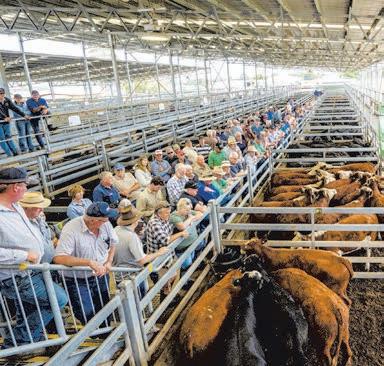

way is to talk to farmers and visit farmers markets, whereyou can access information from those who aredeeply involved in the process.
He also encouragespeople to ask as many questionsaspossible, as well as engage with food whenever it is available.
“Don't be scared of it. Look for passionate
people. There's alot of passion in the food industry. Engage with that,” he said.
“Engage with where you'regettingthe food from. Go to farmers markets. Get to know your butcher,get to know your green grocer.Get to know the people who are making the food for you or growing the food for the season.”
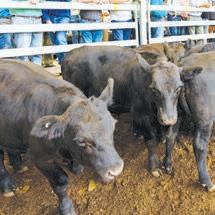

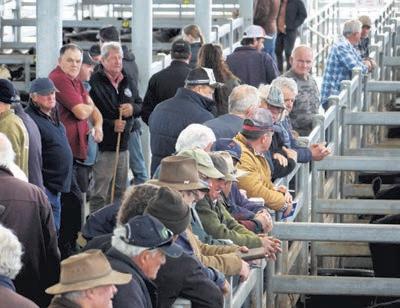







Katrina BRANDON
ANEW festival aims to highlightGippsland as the home of the best food, drinks and entertainment.
The new upcoming festival was recently launched at Fleet Wines in Leongatha, showcasing someofGippsland's bestfood drinks and entertainment in one spot.
Eat, Drink, Play Gippsland, scheduled to take place at the Leongatha Railway Precinct on October 18, is set to go ahead.
"It is literally an unapologetic celebration of the best food, wine, drinks and music talent going around that just happened to come fromGippsland," said the festival's organiser,Dan Sims.
"This festival is all about shining aspotlight on the incredible talent that we have in this region, and to how they stand, not only on their own, but alongside some of the best in the state, dareI say nationally bugger it, I'll say globally."
Mr Simsischair of Wine Victoriaand founder/chiefexecutive of Melbournebased events company, Revel.
Mr Sims has delivered wine and food events in 14 cities and six countries around the world, with the flagship event, Pinot Palooza, drawingsoldout crowds since 2012. Running ahost of other wine-fuelled events throughout the years, including on behalf of wine regions, he also co-founded MOULD ACheese Festival in 2017, which is the largest celebration of Australian cheese in the country.
While Mr Sims hasonly recently ventured into the 'Gippslandian' world, he said his exploration of wines and food throughout the regionhad shared morethanjust a palatesensation.“Icomefromawine background, so it’s always been fascinating watching the evolution of the styles that have been happening,” he said.

“Every single time Icame down here, something was going on, therewas apulse, something was happening. And it wasn't just with wine. It was food, it was drinks, it was culture, it was music, it waseverything. It was one of the reasons why Iwanted to move down here, because Iliterally wanted to have afront rowseat.”
The Eat, Drink, Play Gippsland festival is divided into two sessions: Eat and Drink, and Play.
Throughout the day session, people will be able to wine and dine with local producers, followed by “play” in the afternoon, featuring local artists.
“We want people not just to come down and eat, drink during the day, mostly play
at night time and then stay. The idea is to attract people to comehereand further explore theregion as awhole," MrSims said.
“It offers attendees who arecoming here to the festival asnapshotofwhat theregion has to offer,sothat when they returnhome, they can start planning the next weekend.
“This festival is thankstothe South GippslandShire Council, Destination Gippsland, Wine Gippsland, and support from Visit Victoria as part of their regional events fund, all working together for the benefit of the region.”
South Gippsland ShireCouncilcouncillor, BradSnell,sharedhis thoughtson the event.
“We'rejust asmall piece of the pie, but it's great to be at the table,” he said.
“Food is inspiring. It carries many, many cultural wonders. It's warmth at atable, it's warmth in avillage, and it provides life to us, just like events like this do for South Gippsland.”
Mr Snell also said he hoped to see the festival run for many years.
DestinationGippsland’sDavid Elder also welcomed the festival's arrival.
Destination Gippsland has produced numerous “coffee table” guides showcasing Gippsland’s finest produce and creations, featured in the Eat, Drink Gippsland publication.
“Whatit's reallyabout isthislittle book here,” Mr Elder said pointing to the publication.
“This beautiful Eat, Drink, coffee table guide, five versions, six versions, currently in development, willbedelivered on the eventfestivaldate, (and) willsit in every tote bagthat everyone who attends that festival (will receive).
“Wehope that when you do get ataste or aconversation with the maker,thatyou

actually then travel out into the region and really exploreand have that immersive experienceatacellar door,ata farmgate, at acafe, at arestaurantinavillage, wherever that may be.
“The festival itself will drive visitation to the region, but by giving people apeek at our incredible produce producers, villages and attractions, we aim to draw people back and explorethe rest and the best of what Gippsland has to offer.”
Companies involved in the festival are:
Food: Tinamba Hotel, Trulli, Messmates, Gippsland Jersey, Sodafish, Hogget, Loch Cheese Merchant, Prom Country Cheese, and Waratah Bay Ice Cream Co.
Wines: Narkoojee, Carrajung, Fleet Wines, Glenmaggie, The Wine Farm, Lithostylis, Caledonia Australis, Gippsland Wine Co, Corner Inlet, Dirty Three Wines, Bass River,The Gurdies, Silverwaters, Triffids, Bandicoot Run, Cannibal Creek, Entropy, William Downie, Patrick Sullivan, Blue Gables, Xavier Goodridge, Nicholson River, Lightfoot, and Wyanga Park.
Drinks: Maffco Brewing, Loch Brewing and Distillery, Natural Distilling Co, Gurneys Cider,-Sailors Grave Brewing, and -Mates Gin Distillery.
Entertainment: Invy HornJam, Strzelecki String Busters, Steph Strings, Misty Harlowe, Jungle Jim Smith, Janie Gordon, Ozone Street, Emma Donovan and Melbourne Ska Orchestra.
For more information on Eat, Drink, Play Gippsland, go to: https://www.visitgippsland.com.au/eatdrinkplay





RichardSMITH
IF you’reconsideringagisting cattle on your property alongside your own herdor sending your stock foragistment elsewhere, taking some simple precautions may help avoidthe risk of acostly disease outbreak.
Thereare three mainconsiderations to protect agisted stock, wherepossible:
1. Follow your biosecurity plan and the procedures you have put in place to manage risks that could impact your stock or property;
2. Request or provide as much information as possible about the health of the stock prior to agistment (i.e. ask for or provide a National Cattle Health Declaration), and;
3. Segregate livestock from dif ferent properties into designated paddocks. At a minimum, quarantine newly introduced animals in separate paddocks until their
health and disease status is confirmed. Thereare several disease or pests that can be introduced to the herdwhen they areparked or agisted.
To minimise therisk of the following diseases or parasites, thereare several measures you can take:
Mastitis:
Milk herds separately, for far mers who receive stock; milk the parked cows after the far mherd, and clean milking plant and equipment between uses, and;
Use good hygiene practices.
Continue to monitor bulk milk cell count (BMCC), recording and treating clinical cases.
Bovine Johne’sDisease:
Run the cattle as separate as possible, keeping in mind that bacteria



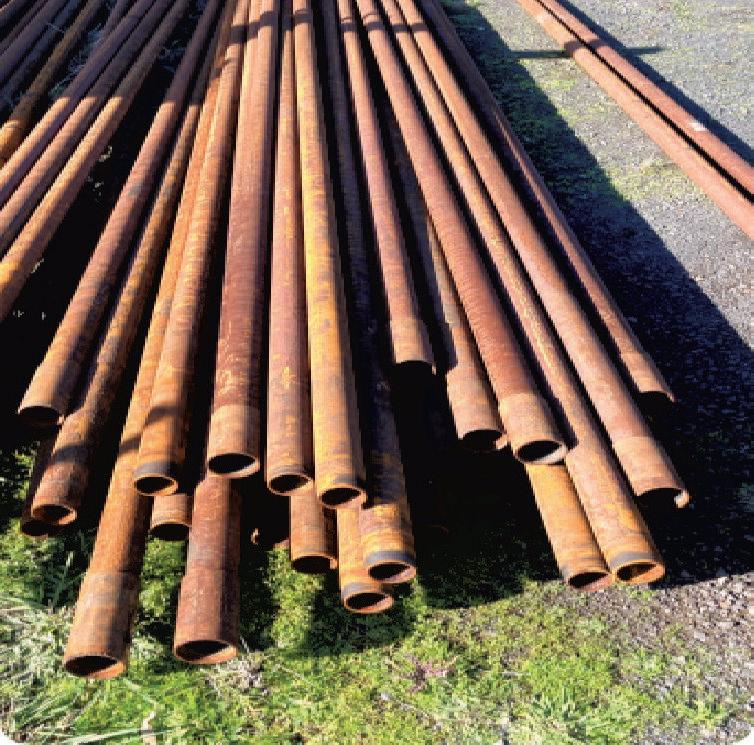
may still be present in pastures for 12 months after agisted stock have left the property;
If Johne’s disease is aconcer nto you, consider only sending cattle older than 12 months. For those receiving cattle, ensurestock under 12 months arekept in aseparate area from any agisted stock;
Participants in the Johne’s Disease Dairy Scoreprogram should be aware that movement of stock to herds with a lower Johne’s Disease Dairy Scoremay jeopardise their Johne’s Disease Dairy Score.
Pestivius:
Vaccinate if it is in line with your biosecurity plan;
Keep newly introduced cattle away from the breeding herd, especially if in early pregnancy, and;
Ensurereplacement females have developed astrong immunity before joining.
Intestinal parasites:
Drench stock as they arrive at the agistment property (i.e. during their quarantine period) and again on their retur nhome.
It’s important to remember there areother considerations if agisting or cow parking:
Nati onal Livesto ck Identifi cati on System (NLIS):
In order to maintain Lifetime Traceability, agisted or parked cattle need to be transferred between PICs on the NLIS database. Further infor mation can be found on the Agriculture Victoria website;
National Vendor Declaration (NVD):
As per any other movement when sending cattle to another property (with adif ferent PIC), an NVD needs to be filled out, and;
Animal Welfare:
The welfareofanimals is always of the utmost importance. Stock owners and managers, including those who agist, have an obligation to, at all times, provide proper and suf ficient food, water and shelter for stock under their care. Failuretodosobreaches the Prevention of Cruelty to Animals Act (1986).
Find moreinfor mation about drought and dry seasons on the AgricultureVictoria website or call 136 186.
Richard Smith is the Dairy Industry Development Officer at Agriculture Victoria
THE Look Over The FarmGate program is now open.
This program provides an opportunity to bring communities together to support farmers and their families under stress.
Managed by the National Centre for Farmer Health on behalf of the state government, the program offers grants of up to $5000 for community-led events that promote social connection and mental health awareness.
Find out mo re at: https :// farmerhealth.org.au/
To viewthe full range of financial, te chn ic al an dw el lb ei ng su ppor t available, visit: agriculture.vic.gov. au/drought or call 136 186.




















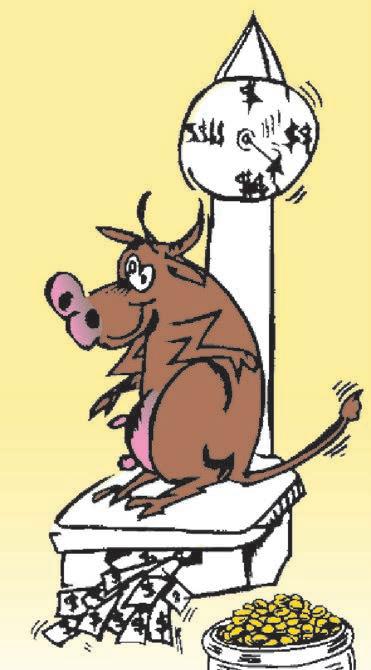





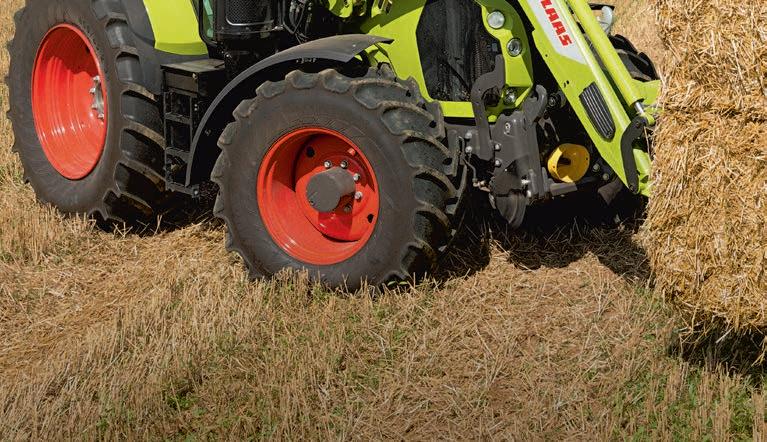




Philip HOPKINS
GOVERNMENT plantation policy is working, with softwood supplies to increase by 30 per cent by mid-century in aboom for local housingconstruction,accordingto anew consultant's analysis.
The expansion will occurdespite the plantationestatedeclining in area since its peak in 2008-09, says the analysis by GreenwoodStrategySolutions and Esk Spatial, aforestry and carbon specialist. Greenwood'smanaging director,Pat Groenhout, said the plantation peak had been achieved through the rapid expansion of hardwood plantations through Managed Investment Schemes (MIS), tax incentives and aidedby the federal government's Plantationsfor Australia: The 20-20 Vision policy. This was designed to treble the size of theplantationestateto threemillion hectares, but didnot help the softwood sector
"Theunsustainablenature of the MIS sector has meant thatthe millionhectares established between 1997 and 2009 has subsequently reduced in size by about one-third," Mr Groenhout said.
"Softwood plantation area has remained around one million hectares through the entireperiod."
The MISpolicycollapsed but institutional supportfor the plantationsremained reasonably solid and bipartisan,but largescale plantation expansion always occurred with active government policy.
"The post-WW2 expansion of the softwood plantationestatewas largely achieved through the provision of low-interest loans from the Commonwealth to the states," Mr Groenhout said.
The principle of government backing was continued by both the Morrison and Albanesegovernments. Morrison's 2018 'Billion Trees' policy created regional forestry hubs and removed the600mm rainfall barrier for plantations to take part in the Australian Carbon Credit Unit (ACCU) scheme. An ACCU represents one
tonne of carbon dioxide equivalent (tCO2e) thathas beenavoided orsequestered through approved emissions reduction or carbon removal projects.
Albanese's plantation program set aside $74 million in grants, which required dollar-for-dollar co-contributionsfrom developers. This paved the way for potentially 37,000ha of new,long-rotation commercial plantations.
Mr Groenhout said the totalplantation area had declined as hardwood sites were convertedbacktoagriculture,whilesome wereconverted to softwood plantations.
However, in 2022/23softwoodplantations increased noticeably, apparently driven by the federal policy. Analysis showedthat new (greenfield)plantations increased from about 3000 ha in 2018 to morethan12,000ha in 2024.
"Assuming(conservatively) that net stocked area is about 60 per cent of gross area, that reflects an increase in the productive plantation estate of 24,000ha since 2018," he said.
The Albanese program so far had provided about $28.5 million, establishing14,654ha (stocked area) of new plantations (12,000ha softwoodand 2600ha hardwood) since 2023.
"TheACCUscheme dataindicate 24,000ha (gross) over2023and 2024, whichis14,000ha net,applying the60 per cent adjustment from project area to stocked area, which appears to align with the ACCU scheme data for those years," he said.
Mr Groenhout said another $45 million was available until June 2027. If fullyused, that could result in another 23,000haoflongrotation plantations added to the estate in the next two years. The total additional 37,000hawould increase the total national plantation area by 2.3 per cent over the next four years, partly offsetting any further reduction in the conversionofhardwoodbackto agriculture.

"If we assume an average growth rate of 15 cubic metres per ha per year for those plantations and rotation length of 30 years, this could also support about 555,000 m3 per year of additionalsoftwoodlog, including about 330,000 m3 of saw log," Mr Groenhout said.
Further,MrGroenhout saidthatsince 2017, 46,600ha of short rotation hardwood had been converted to long rotation pine.
"Assuming the same (conservative) stocked to gross area ratio of 60 per cent, thatrepresents 29,000haofadditional productive softwood plantation area," he said.
Therewas good reasons for hardwood plantation owners to convert to pine:
Hardwood chip export prices and demand wereincreasingly volatile and unreliable;
Converting to long rotation hardwood was not rewarding due to difficulties in calculating ACCU criterea, and;
In Victoria, thereare big and costly challenges monitoring koalas in hardwood plantations.
"Therefore, the trend of conversion to softwood is likely to continue. We estimateover the next decade the total productionareato be converted to pine could reach 230,000 across Tasmania, Victoria, South Australia an WesternAustralia," Mr Groenhout said.
This trend was importantfor house construction.
"That could mean an additional 3.5 millionm3ofsoftwood log products available each year,compared to 2023 production, by the middleofthe century,ofwhich about two million m3 would be saw log," he said.
Mr Groenhout said half the Albanese government's funding had gone to NSW and 82 per cent was for softwood plantations, with most conversions to long rotation pine in Victoria, Tasmania and WA,and practically noneinQueensland. Therewas little activity in South Australia due to water regulations and licensing limits, and most forest is already softwood.
Summing up, Mr Groenhout said new and converted softwood plantations could increasesoftwood supply byabout four million m3 per year in total.
"This represents about a30per cent increase softwoodlog supply levels. If this is achieved, which now seems quite possible, it can be arguedthat Australia'splantation policy settings areworking," he said.
"Lessons have been learned this policy regime is expanding its capability to grow the houses needed to support our growing population."

AUSTRALIA'S diverse native forests playanimportant role inhelping to combatclimate change, providing a hometomany flora and fauna species, and providing high quality wood products, according to anew ABARES report, 'Australia’s NativeForests and Wood Production'.
ABARES ExecutiveDirector,Dr Jared Greenville, said sustainable wood harvestingensures the longtermproductive capacity of forests is not compromisedand long-term environmental values areupheld.
“Sustainably managednative forests and sustainable harvesting ensures that trees areregrown after harvesting unlike deforestation,” Dr Greenville said.
“Between 2008 and 2021, Australia’s forest area increased by 2.8 million hectares, with most of this increase due to nativeforest regrowingand reduced first-time clearing.
“Around 0.05 per cent of Australia’s native forest area is sustainably harvested annually from our publicly owned multiple-use forests. This small proportion supports the creation of sustainably produced wood products that areused by Australians for residentialconstruction, flooring, power poles, packaging and more.
“These wood products also help to combat climate change by offering asubstitute for carbon-intensive products, such as concrete and steel.”
The report statesthatthe total amount of carbon stored in Australia’s native forests in 2021 was 19,205 million tonnes, an increase of 27 million tonnes since 2016.
“Forestsregrowing after harvesting absorb carbon, and carbon can potentiallybestoredinharvested wood products for many decades,” Dr Greenville said.
“Mostsustainable wood harvesting usesselective techniques to identify singletrees or small groups of trees for harvest. The remaining trees provide an ongoing source of food and asafe habitat for biodiversity, and aseed source for the regrowing forest."
Victoriaclosedits native forestry industry last year,following Western Australia, but Tasmania, New South Wales and Queensland still maintain ahealthy native forestry sector,where native forest is sustainably harvested on bothCrown land and private land.
Readthe report here: https://www. agriculture.gov.au/abares/products/ insights/australia-native-forests-andwood-production


Paul BELTZ
THE green pickavailableonswampy land or dried-up billabongsand dams may seem aboon for producers during drought and difficult seasonal conditions.
However, it’s important to check for toxic weeds and plants in swampy areas before allowing stock access for grazing.
Thereare many plants that grow where the land is usuallywet and rarelydried out that could cause issues.
Toxic plants that might be found in these areas include dock, soursob, fat hen, lesser loosestrife and swamp grass. Many Dock (Rumex spp.) species such as swamp dock, curled dock and yellow dock, as well as Fat Hen (Chenopodium album) and Soursob (Oxalispes-caprae), cause nitrate and nitrite toxicity and hyperoxaluria or oxalate toxicity.
Nitrate andnitrite toxicity cancause acute collapse and death once the nitrite binds to the haemoglobininred blood cells, stoppingthe haemoglobinfromcarrying oxygen. The mucous membranes inside an affected animal’smouth may appear brown in colour duetothis binding,rather than the usual pink. Thereisnoeffective treatment for the condition.
Oxalate binds calcium up in the blood, causing acute low blood calcium and sudden death. Calcium is essential for muscles to workproperly.Earlysigns of oxalate toxicity includeastiffgait, staggering, lying down, progressing to coma and death.
These weeds arenot palatable,soensuring that stock are not put in hungry and have a wider forage area and supplementary feed available will help to mitigate the risk. Keep aclose eye on your livestock and avoid putting grazing pressureonthe site. Lesser loosestrife (L ythrum hyssopifolia) is anative plant thatgrows well in wet and damp soils,such as swampy areas
and stubble after rain. Depending on how much is eaten, the toxin can cause severe liver damage and death, within 24 hours up to several days later. Af fectedstock willseemdepressed,lethargicand show abdominal discomfort before progressing to recumbency and death.
Loosestrifeisnot usually palatableto stock, though if there is no alter native green pick it will be eaten. If thereisa largeamountinthe area, it is unsafe to place stock on it as the toxicity builds up.
Swampgrass (Glyceria maxima -Poa aquatica) is an introduced, very tall grass that occurs aroundwater bodiesand wetlands.Itcarries avery high levelof cyanide in the leaves. Due to the rapid effect of cyanide when ingested, poisoning causes acute collapse and death. Unlike nitrate and nitrite toxicity, the mucous membranes of theaffectedanimals may appear bright pink, due to the body being unable to use the oxygen carried by the redblood cells.
Swamp grass isunsafe asforage. If you areputting stock ontoanew area, thoroughlycheck for differentspeciesof plants, look at your records to see if anything happened last time it was used and ensurestockare not put on hungry, which may cause them to forage indiscriminately. If your livestock show signs of weed toxicity, remove them from the area and phone your veterinarian or local Animal Health stafffor advice.
Across the state, any farmer can access technical information and advice to help manage the impacts of increasingly difficult seasonal conditions. These services will be delivered in partnershipwitha range of technical experts,including farmbusiness advisors, livestock nutritionists, soil, water and pasturespecialists and veterinarians. The programprovides tailoredadvice
through one-on-one consultations, webinars, workshops, field days and online tools and information.
Farmers anywhere in Victoria can register now for aone-on-one farmadvisory consultation,to take stock and discuss the best way forwardfor theirbusiness. The consultation includesasession of up to three hours(face-to-face on far m or online) and follow-up call, to develop and implementa drought management action plan.
Whe nr egi ste rin gf or the pr ogra m, participants can indicate their preferred consultant from an extensive list of experienced service providers.
Find moreinformation about available drought support at: www.agriculture.vic. gov.au/drought or call 136 186.
Pa ul Beltz is Senior Ve terinar y Officer at AgVic

THE VictorianFar mersFederation (VFF) has partnered with Nutrien Ag Solutions to provide Victorian farmers with dedicated droughtsupport resources.
The new Nutrien Ag Solutions funded initiativeis dubbedthe 'Victorian Drought Support Program' and will supportthe VFF to employ adedicated Drought SupportAdvisor to help farmers access existing droughtsupport grants,coordinatewellbeing events and act as acritical link between farmers and decision makerstoidentify potential gaps in drought support.
VFF president, Brett Hosking said the initiative aimstoact as a‘onestop-shop’ for farmers seeking drought assistance and to identify futureareas of support to lend farmers ahelping hand.
“Nu tr ie nA gS ol ut io ns he lp su s to make this happen. Far mers can directly contact the VFF’s Drought Support Advisor,Kim Tupper,who will help streamline individualdrought applications,connect far mers with financial counsellorsand mentalheath services, and provide risk management support," he said.
Farmer feedback received from the initiativewillbeusedtohelp guide decisionmakingregardingfurther drought support administered by the VFF’s Disaster Relief Fund. Moreinformation, including drought assistance resources and how to reach the Drought Support Advisor can be found on the VFF website.




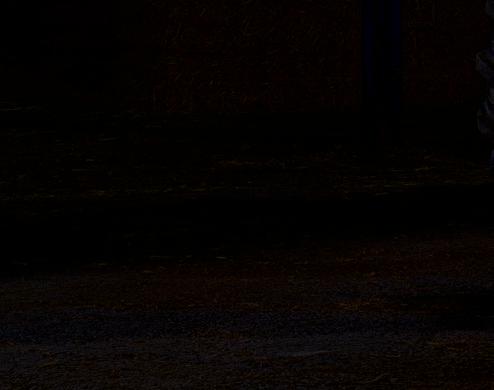


ANEW state government planningpolicyaimstosafeguard BassCoast’snaturalbeauty and guide future growth in a way that respects the environment, communityvalues and cultural heritage.
The Minister for Planning, Sonya Kilkenny, has released the draftStatement of Planning Policy (SPP) for the Bass Coasta50-year vision and strategy to manage land use and development in away that preserves the region’s unique character
Bass Coast is one of Victoria’s mos te nv ir on me nt al ly s ignificant regions -home to the Bun ur ong Mar in eN at ion al Park, Ph i l li pIsland Natur e Parks, Churchill Island and the We ster nP ort Ramsar Wetlands. Its coastlines, farmland, wetlands and woodlands support native wildlife, tourism, agricultureand thriving local communities.
The release ofthe draft SPP paves the way for the for mal endorsement pr ocess with councils and relevant public agencies -the next key step beforethe SPP can be finalised. It includes strategies to protect biodiversity, support climate resilience and guide infrastructureplanning.
As part of this plan, 24 protected settlement boundaries have been proposed to clearly define wheregrowth can occur These boundaries will help maintain the region’s natural, cultural and scenic values for generations to come.
Once approved,Bass Coast will become just the fourth area in Victoria to have an SPP in place -joining the Bellarine Peninsula, the SurfCoast and the Macedon Ranges -giving it the state’s highest level of long-termplanning protection.
The draft policywas developed with input from Bunurong Land Council Aboriginal Corporation, Bas sC oa st Shir eC oun cil gover nment agenci es and authorities, and the Distinctive
Areas and Landscapes Standing Advisory Committee.
Ms Kilkennysaidthe government had listened carefully to the inputs of local communities. "This draftpolicy lays the gr oundwo rk for long-ter m protections that will preserve what makes the Bass Coast so special for futuregenerations," she said.
Mem ber f or Ba ss, Jo rd an Crugnale added, “This declaration will deliver on our
commitment to acknowledge the special significance of the Bass Coast, protectits settlement boundaries and what we love and value now and into the future.”
Mor ei nfor mat ion about the Dis tin ct ive A re as an d Landscapes legislation, includingthe BassC oastSPP,is availableat: engage.vic.gov.au/ project/distinctive-areas-andlandscapes-program/page/ bass-coast

Plans areinplace to ensurethe long term viability of Bass Coast’s natural beauty
FARMERS for ClimateAction(FCA), representing its 8400 farmer members, has congratulated Australian scholar and keynote speaker at FCA’s Far ming ForeverNational Summit (FFNS), Emeritus Professor Mark Howden AC FAAFTSE, on his recent Companion of the Order of Australia recognition.
ProfessorMarkHowden,wellkn ow nf or his do w n- to -e a rt h approach and knowledge of agriculture, will be addressing attendees on the first day of the FFNS, in a keynote titled ‘TheLatest Climate Science.’
Professor Howden, who is also vice chair of Working Group 2of the IntergovernmentalPanel on Climate Change, will shar ehis insightsintohow climatescience and policy intersect with the future of Australian agriculture.
The Far ming Forever National Summit is being held fr om September 1-3 in Canberra, and will bring together farmers, researchers, community leaders and policymakers to explorepractical, profitable and sustainable farming solutions
Professor Howden’s new honour follows his election to the Australian Academy of Science.









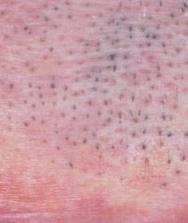




























THE State Leader of The Nationals, Danny O’Brien, who is the Member for Gippsland South, will oppose legislation proposed by the state government that will expand the powers of gover nmentofficials to access private property.
The Natio nal Elect rici ty (V icto ria) Amendment (VicGrid Stage 2Reform) Bill 2025,currently beforeParliament, will allowauthorised of ficers to use force to enter private land for electricity transmission works, including removing locks and opening gates without the consent of landowners.
Under the proposed legislation,individuals could face penalties of up to $12,210, and
businesses up to $48,842, for obstructing or delaying authorised entry. Other offences include failing to provide identification or interfering with notices of entry.
“These new powers ar easignificant departure fr om current arrangements and naturally raise concer ns for many Gippsland landholders,” Mr O’Brien said.
“While Isupport investment in energy infrastructure,it’scritical thatproperty rights are respected and that landholders areproperly consulted.
"This bill highlights Labor is steamrolling farmers and other landholders in its blind rush to renewables.
"This is an outrageous assault on farming families from adesperate government that is moreinterested in out-greeningthe Greens thanrespecting regional Victorians."
Mr O'Bri en said ag ov er nmen tt ha t respects rural Victorians wouldnot be introducing legislation like this, on top of taking away their right to appeal against these projects at VCAT
“The Nationalsand Liberals will hand back these rights to ruralpeople, as wellas reintroducing atwo-kilometrebuffer zone between wind turbines and homes," he said.
Mr O’Brien saidthe cumulativeeffect of thesechanges and Labor’s ham-fisted
approachtoenergy developmentshad caused angst among Gippsland property owners.
“Gippslanders understand the need for energy transition and resilient infrastructure, but they rightly expect transparency, respect, and proper consultation throughout the process," he said.
“I urge the gover nment to take these concerns seriously and work collaboratively with regional communities to ensurethat infrastructuredevelopment is balanced with the rights and responsibilities of those who live and work on the land.”


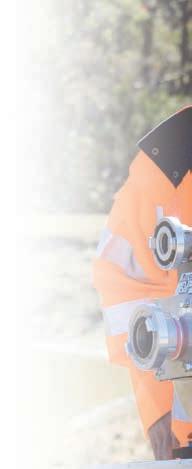
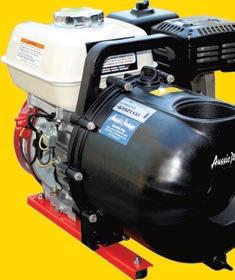


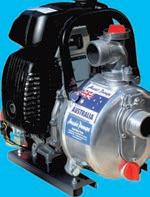

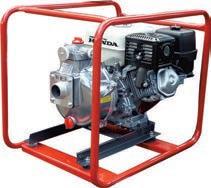


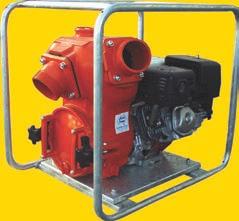


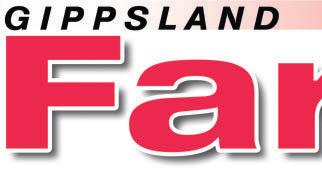



ACROSS
As sail (5)
Keep tr ying (9)
Ancestry (7)
Stinging plants (7) 11 Deliverancefromharm(9) 12 Restore(5) 13 Stun (3) 14 Entitlement (11) 16 Impos sibletorec tify (11)
Be in debt(3) 20 Of them(5) 22 Helper(9) 25 Japanese paperart form (7)
26 Instruc ts;improves( 7)
27 Withoutpaths (9)
28 Varieties(5)
DOWN
1 Girdles(5)
2 Plant withlarge yellow head and edible seeds(9)
3 Jewelledcoronet(5)





4 Of ficiate ( 7)












Encounter(3,4) 6 Pull up by theroots (9)


US comedian –DeGeneres (5) 8 Nothere(9) 13 Sleeveless garment worn overa shir t(9) 14 As opposedtohardcover (9) 15 Quarantine (9)
The Gippsland Farmer newspaper has played apivotal role in the success of TTMI across Gippsland. As atrusted dealer of tractors and farm machinery, we have come to rely on the newspaper’s extensive reach, professional services, and exceptional customer careto effectively promote our products and connect with the Gippsland farming community.
The Gippsland Farmer hasbeeninstrumental in helping us showcase ourofferingsinto our key market demographic. With their comprehensive coverage of all things agricultural, the newspaperhas provided us with apowerful platform to reach farmers, growers, and industry professionals throughout the region. Their commitment to delivering high-qualitycontent and relevantnews has created areceptive and informed readership, giving our advertising efforts even more impact
Paula, our advertising consultant and remarkable member of The Gippsland Farmer team, has been an invaluable asset in our advertising journey.Paula’s exceptional professionalism, attention to detail, and regular reminders about advertising deadlineshave ensured all our promotional campaigns run seamlessly.Her dedication to providing a personalised experience and exceptional customer service has made everyinteraction with The Gippsland Farmer an absolute pleasure
Using the nine letters in the grid, how manywords of four letters or morecan you list? Thecentreletter must be includedand each letter mayonlybeused once. No colloquial or foreign words. No capitalised nouns, apostrophes or plural nounsending in “s”.
S A R R E 16




Moreover,I am grateful for Paula’s consideration of TTMI for special advertising features and promotions. Shehas gone aboveand beyond to provide us with opportunities to highlight our business and offerings in unique and creative ways. Her keen understanding of ourindustry and unwaveringsupport have truly made a difference in the visibilityand success of our advertising efforts.
Iwould highly recommend The Gippsland Farmer newspaper to any business in the agricultural sector seeking effective advertising solutions. The newspaper’s wide readership, informative content ,and exceptional customer caremakeitanideal platform to connect with the farming communitythroughout Gippsland.

We look forwardtoacontinued partnership The Gippsland ,c in knowledge our advertising sa hands.
p p with Farmer,confident the that needsare


























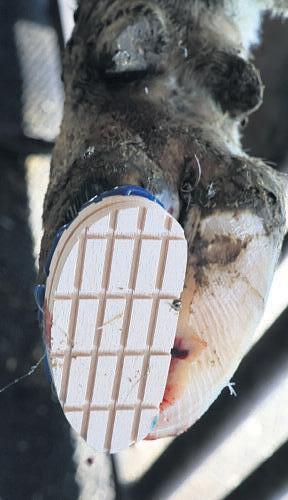

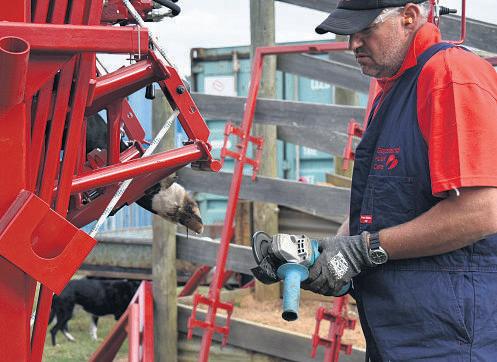

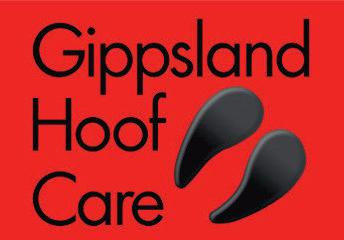


THE head of aresearch organisation put together to find ways of reducing agricultural emissions has labelled arguments that the beef industrydid not need to reduce methane emissions as “rubbish”, promptingcalls to stop treating producers with contempt.
Ric ha rd He at hi sc hi ef ex ec ut iv eo f theNet Zero EmissionsinAgriculture Cooperative Research Centre(CRC), the largest CRC ever.Herecently presented to the Australian Summer Grains Conference whereheran the crowd through aseries of projects the CRC is running and explained what he believes arethe benefits of reducing methane emissions.
Mr Heath saidmethane emissions can be reduced in aprofitable and productive way. He also said the CRC was keen to inform ways of giving producers financial rewards like carbon credits and insetting.
In question time following his speech, Mr Heath said therewas alarge section of the livestock industry who believed methane
emissions did not need reducing- which he disagreed with.
“The arguments they use arebecause methane breaks down quickly and if you arenot emitting anymoreyear -on-year then it is steady and it is not having awarming impact,” he said.
“I think that is rubbish and Ithink we do need to reduce methane. It is still important to recognisethatreducing methane is going to have moreimpact than reducing carbon dioxide, equivalence,over ashort period of time.”
Debateaboutthe waymethane emissions are measuring hasbeenongoing for years, withseveral scientistsacross the world (including University of Oxford, University of Califor nia and the CSIRO) highlighting that stable methane emissions arecurrently being overstated by globally recognised accounting metrics.
Mr Heath said the discussion should be moreabout common values like long-term financial viability.
“It goes offthe rails so quickly and people get confused about the science when you start talking about ratesofbreakdown and warming potential,” he said.
“The values that we all relate to arethat we do want to protect our farms for future generations and those futuregenerations areatrisk from climate change -thereis no question about that.
“Methane is one of the things we can do really quickly, thereare technologies that areavailable now that we can implement tomorrow that will have areallysignificant impact.”
The Australian beef industry has decided to scrap its target to be carbon neutral by 2030, following acampaign from Cattle Australia (CA) to re-thinkthe way the industry approaches emissions.
ACentral Queensland producer and CA deputy chair, AdamCof fey,said he disagreed with Mr Heath’s commentary.
“I’m not surewhat stimulatesthis sort of commentary,noone is saying that
emissionsreductions within the beef sector aren’t important,” Mr Coffey said.
“We’ve got to get away from ham-fisted treatment of livestock emissions and associated commentary as it’s not helpful. Stop treating beef producers with contempt and maybe we’d find alot morepeople positively engaged.”
Mr Cof fey said he also disagreedwith the idea that reducing methane emissions was moreimportant than reducing carbon emissions from fossil fuels.
“Livestock emissions arescientifically different from fossil emissions yet they’reall lumped in the same bag within government inventories,” he said.
“Yes, our emissions have an atmospheric war ming ef fect but they’renot one-way and they’re generallynot accumulative. That’swhy there’s an R&D focusin the new MLA strategic plan on the biogenic carbon cycle, what is it and how do we positively influence it.”
Beef Central
IN amajor policy reset, the Australian red meat industry has confirmed it is walking away from the Carbon Neutral 2030 target set in 2017.
Thenewswas contained in aRed Meat Advisory Council statement outlining the results of ajust-completed review of theindustry’sRed Meat2030plan, first launched in 2019.
The updatedRed Meat 2030 plan followed six months of industry consultation.
“Looking ahead we arebuilding on these strong foundations to accelerate investment to help us reduce emissions intensity per kilogramofred meat, increase carbon storagein the landscape, and improve productivity,” Red Meat Advisory Council independent chair,JohnMcKillop said.
THE Carbon Neutral target set in 2017 has increasingly been called into question by anumber of producers in recent years as scientific understanding has developed around how different sources of emissions -fromconstantly recycled biogenic sources including methane from livestock to everaccumulating sources of emissions from burning fossil fuels -have vastly different long-termwarming impacts and outcomes.
Wi dely use dg lo bal- gr eenho use ga s accounting metricsadopted decades ago do not differentiate between the different warming effects of different greenhouse gas emissions, with scientists such as Oxford University’s Myles Allen and University of Califor nia Davis’ Frank Mitloehner highlighting that the war ming ef fect of emissions from stable herds of livestock
is dramatically overstated under current accountingrules, and Climate Neutrality is amoreappropriate target for biological sources of emissions rather than Carbon Neutrality.
Pr ofes sor Mitlo ehne rt ol da Cattl e Australia symposiuminGeelongearlier this year that the methane produced by livestock converted back to carbon dioxide when belched into the atmospherewithin a decade, and was part of the carbon cycle.
"It takes adecade for the methane molecule to meet another methane molecule in theatmosphere- hydroxyl radical. This hydroxyl radical destroys the methane. It takes about adecade to happen and that methane is gone," he said.
"Thatmakes methane ashort-lived climate issue while the gas is in the air,it's apotent gas we need to eradicate."
The Red Meat announcement follows successive yearsofactive research and investigation into prevailinggreenhouse gas accounting metrics by Cattle Australia, and in particularvice president and CQ cattle producer,Adam Coffey.
The Carbon Neutral target has loomed as arod for the industry’s backunder existing greenhouse gas accounting mechanics by holding the industry to anet zeroposition by 2030. Theindustryhas lessthan five years left to achieve that target, and despite making progress, remains about 90 per cent short of reaching that Carbon Neutral target.
On the measureofClimate Neutrality, the industryis making substantial progress according to a CSIRO study, which shows that the redmeat industry has reduced net
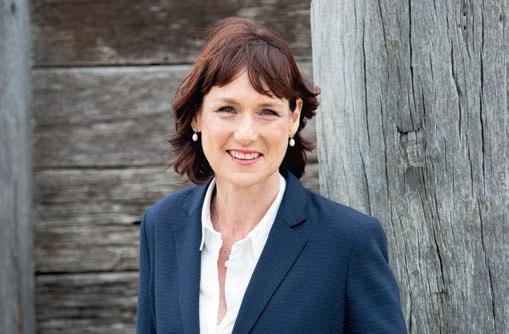



greenhouse gas emissions by almost 78 per cent against the 2005 baseline.
The decision to discontinue the Carbon Neutral 2030 target was madeby all red meatindustry councils and meansall sectors and MLA arenow closely aligned.
When asked by Beef Central, Mr Coffey described the shift as “a significant reset”.
“Our reduction ambitions around emissions don’t change, we’rejust not heading for atarget that is unachievable and more importantly setsthe wrong context,”he told Beef Central.
“The crucial thing is that livestock aren’t the climate villain they’ve been made out to be.
“Ou re mi ss ion sr edu ct io ns ar ev er y important but as agrass-fed producer in Australia, you areinherently at apoint of climate neutral, so you arenot contributing to further warming. Compared to afossil emitter,any further interventionswemake areremoving morecarbon dioxide from the atmospherethan previously existed,not just emitting less.
“This is why policy change at afederal level is hugely important. We areback at the steering wheel of our emissions futureand this will be the basis for moremeaningful discussions and outcomes as we move forward.This isanimportant partofa global reset around how we measureand account for enteric methane from livestock.”
In terms of what the industry’s new goal to replace CN2030 would be, he said there was now an opportunity to take time to redevelop astrategy that is “moreinline with what we areoraren’t doing”.
The Red Meat 2030 plan has been updated

to reflect the changing operating environment and industry’s needs and objectives for the next five years.
“Since Red Meat2030 was launched, thered meatsectorhas achieved record breaking success. In 2024 alone, Australia set arecordfor the export of redmeat and livestock,” Mr McKillop said.
“Australia exported product worth over $20 billion in 2024 and was the world’s secondlargest beef exporter and largest sheep meat and goat meat exporter
“Red Meat 2030 updates the goal of doubling the value of redmeat and livestock sales to focus on productivityand profitability outcomes, rather than atotal sales volume focus.
“This updatedmetricensures industry focusesongrowing demand for Australian productsthrough global market access. Looking ahead, the industry would build on the strong foundations to accelerate investment to help us reduce emissions intensity per kilogram of redmeat, increase carbon storageinthe landscape, and improve productivity,” he said.
The Red Meat 2030 strategy commits to an industry-wide audit of skills needs.
“Weare proud of the role the Australian redmeatand livestock industryplaysin supporting the rural, regional and remote communities,” Mr McKillop said.
“Wewill continue pushing forwardto ensureAustraliaisagloballeader delivering trusted, sustainable and high-quality red meat products and livestock to the world.
The first five years of Red Meat 2030 has achieved that, and the next five years will build on it further.”

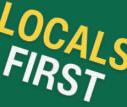

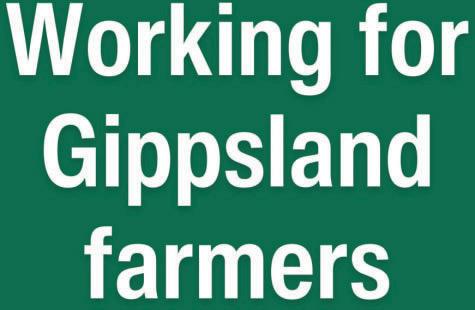
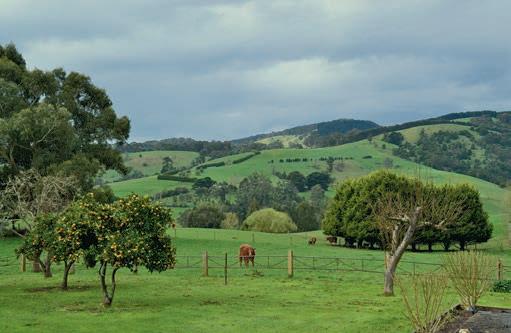
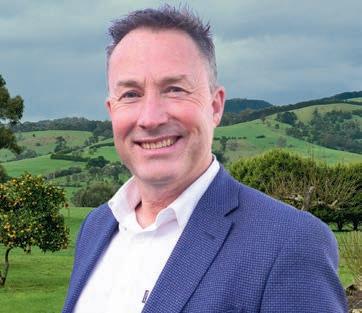
FOR Loch Sport FireBrigade member,L yn Krejci, regularblood and plasma donations arejust another way to give back to the community.
Having made 21 donations over two decades, Lynrollsupher sleeves wherever she can by travelling to her closest blood bank, or booking into the mobile van when it comes to town.
With many people close to her affected by cancer, Lyn has witnessed first-hand the vital impact that donated blood products have on lifesaving treatments.
“I have areally good friend who is currently fighting multiple myeloma, atype of blood cancer,mysister has been battling breast cancer, and Ihave actually had a cancer scaremyself some years ago,” she said.
“I lost both of my parents from cancer, so it’sa causethat’s very close to home for me.”
Donated blood products contribute to lifesavingtreatments for arange of conditionsand situations, including cancer, rareblood disorders, immune deficiencies

and road trauma.
“So many people rely on blood, and it’s importantfor me to contributeto that,” Lynsaid.
“As my friend goes through her treatment and Isee the impact of how donated blood has helpedher,itreally hitshomehow important it is to do my part.”
After retiring to Loch Sport with her family three years ago, Lynwas inspired to join CFAafter afireinthe area.
“My husband was previously acareer firefighter and joined CFAwhen we first moved here. Not long after, there was afire that impacted Loch Sport, and Irealised that Ididn’t know alot about what to do in that situation,” she said.
“I had plannedto join CFAasanonoperational member,but then discovered Iwas capable of doing so much more than Ioriginally thought. Idid my general firefighter training and now I'm an active firefighter and brigade community safety coordinator, and Ilove educating thecommunity about being firesafe.”
ForL yn,both donating blood products andvolunteering with CFAcome back to one corephilosophy -helping others.
“The way Ilook at it, donating blood or plasma is something extra Ican do to support the community," she said.
"It’s acause thatIampersonally close to,it’seasy for me to do and it’s also so important for people to get behind.
“Every time Isit in the chair to donate, I think of all those people Iknow who have beenimpacted,and Ithinktomyself
‘Thank you for inspiring me to do this’.”
TheLifeblood Emergency Services Blood Driveruns until August 31. Youcan join CFA’s team and book adonation by visiting: www.lifeblood.com.au, calling 131495or downloading the Donate Blood app.
MEAT&Livestock Australia's 2025 Sum me rL amb ca m pa ig n, T he Comments Section, won aSilver Lion at the Cannes InternationalFestival of Creativity.
This marked the first-ever Silver CannesLions win in the Film category forAustralian Lamb in the campaign’s 20-year history.
The Cannes Lions Festival, held annually in Cannes, France,isthe world’s most pr estigious celebration of creativity in advertising and communications.
Thisyear,The CommentsSection stood out in the Film/Viral Film category, earning aSilver Lion from afield of 1636 global entries, including work from some of the world’s most iconic brands such as Apple, Nike, L’Oréal, Adidas and Budweiser
Cr eated by Dr oga5 ANZ,partof AccentureSong and directed by Max Barden fr om The Sweetshop, The Comments Sectioncleverly brought to life real Australian social media comments by reimagining them as a real-world cauldron of opinions, misunderstandings, and cultural clashes.
The ad struck achordwith audiences by holding up a mirror to Australia’s digital discourse whiler eminding people thatlamb is the ultimate unifier and brings us all together

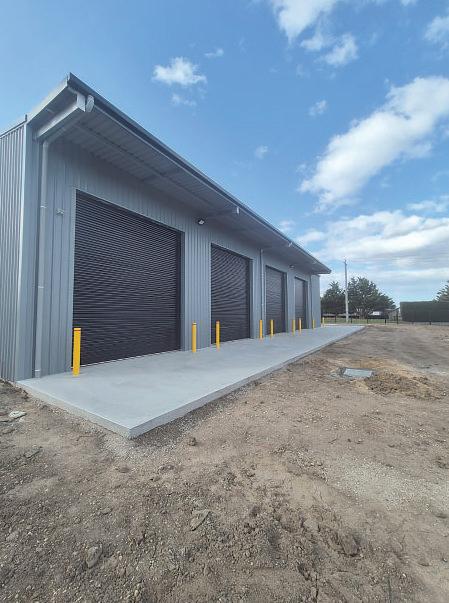
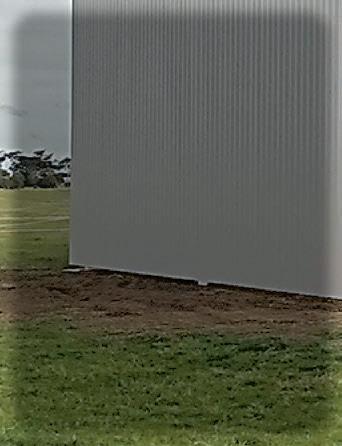



CARDIAC arrest patients in Neerim South will have greater access to life-saving care, with anew automated external defibrillator (AED) now publicly accessible 24/7.
The heart-starting device is located at 41 Main Neerim Road, Neerim South.
AEDs areused in an attempt to shock the heart back into rhythm following acardiac arrest and can be used by anyone.
Cardiac arrest is when aperson’s heart suddenly stops beating and canhappen to anyone, anytime, anywhere.
Neerim South Paramedic, Matt Beamish said you don’t have to be a paramedic to help save alife.
“Anyonecan save alife -it’s as easy as calling Triple Zero(000), pushing hard and fast in the middle of the chest and, if available, using an AEDtodeliverashock," he said.
“Everyminutemattersinacardiac arrest, and when apatient receives CPR and a shock from an AED beforeparamedics arrive, their chance of survival morethan doubles."
Every day, around 20 Victorians will suffer acardiac arrest and only one in 10 survive.
Ambulance Victoria encourages those in the community to learnCPR and consider signing up as GoodSAM responder to help improve patient outcomes.
GoodSAM is alife-saving smartphone app that connects Victorians in cardiac arrest withpeoplein the communitywho are willing to start CPR in the critical minutes beforeparamedics arrive.
GoodSAM responders may also be directed to the nearest publicly accessible AED.
Youdon’t haveto be first-aid qualified or have amedical background to sign up -you just need to be willing and able to do hands-only CPR, be over 18-years-of-age and have access to asmartphone. Visit the AV website to learnmore.














RURAL Aid haslaunched the sixth ann ua lS pi rit o ft he Bush Ph ot o Competition, inviting Australians to sharestriking images that capture the strength, resilience and beauty of life on the land.
Running until August 31, 2025, the much-loved competition provides apower ful platform for rural and regional Australians to tell their stories through the lens, stories of rugged beauty,resilienceand community spirit in the face of hardship.
This year’s competition comes after another challenging season of natural disasters, with floods, fires and droughts once again testing the resolve of the nation’s rural heartland.
Entrants areinvited to submitahighresolution, landscape photograph that represents the true 'Spirit of the Bush'.
Photos can be submitted via Instagram or Facebook by tagging @ ruralaid in theimageand usingthe hashtag #SOTB2025.
Ent ri es can als ob e sub mi tt ed , and the com petit ion ter ms and conditions can be reviewedvia the website: https://www.ruralaid.org. au/spirit-of-the-bush/ Apanel of judges will select 10 winning images.
Winners will receive a$250 prepaid Visa card.
Wi nner sw ill be an nou nc ed on September 15, 2025.





















THE Strzelecki Lions Club is excited to announce the upcoming South Gippsland Dairyand Farming Expo, set to take place in Korumburra on Wednesday,September 3rd, and Thursday,September 4th, 2025.
This year marks the 26th anniversary of the expo, dedicated to showcasing the latest innovations, products, and services available to the dairyindustry.





Funds raised from the DairyExpo have allowed the Strzelecki Lions Club to contribute over $630,000 back to the community and supportvarious Lions projects.
An ongoing favourite event is the Udder Truth Show Bag Competition. Don’tmiss your chance to win ashare of the $5,000 prize pot.
•Participants must be farmers aged 18 and over
•Collect ashow bag at the gate and answer 17 out of 20 questions.
•Request stamps on your cardfrom the corresponding exhibitors.
Thefirst carddrawn with 17 correct answers and the necessary stamps will win:
$3,000 forfirst prize $1,500 forsecond prize $500
The winner will be announced at 2:30 PM on Thursday,September 4th.
Therewill be 200 show bags available, so come ready to participate—you must be in it to win it!
Matt Harms from ONFARM Consulting will host asession on Wednesday, September 3rd, at 11 AM, titled “Behind EVERYGREATGLASS OF MILK is someone remarkable.” Not all heroes wear capes, some wear gumboots.
The dairyindustryischaracterised by ‘Remarkable People’, who quietly achieve incredible outcomes.
Hear about the incredible journeys and discover the impactful contributions made to the dairyindustrybyRussell Follett, David and Penny Conn –largescale dairyand beef farmers across multiple states; Peter Notman –aseed merchant and dairyfarmer; Colin Wright –arespected rural accountant and John Versteden –adairyfarmer and industrystalwart.
The ONFARM Consulting session will be followed by an announcement from the Gippsland DairyIndustry Leadership Group, wherethey will be launching their newly completed Gippsland DairyIndustryStrategy




































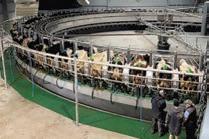
















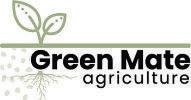














MUELLER Milk Tanks areonce again available to Australian dairyfarmers.
Westfalia Warragul is pleased to announce that they arethe Australian distributor for Mueller Milk Tanks and Cooling products.
Mueller products aremanufactured in the Netherlands and aredistributed to all major dairying markets around the world.
Mueller milk tanks set the industry standard.
Dependable and durable, they deliver on years of trouble free performance, the lowest operating costs, precise temperaturecontrol and awide range of standardfeatures and options.
The first Mueller tanks weresold into the Australian market over 30 years ago, with many of those tanks still in operation today
Mueller Milk Tanks areavailable in a full range of shapes and sizes to suit Australian dairyfarms.
The smallest tank in the range is 1700 litres, while the largest Silo tank has a milk storage capacity of 50,000 litres.
This significant size range ensures that Westfalia have aMueller milk tank suitable for all dairyapplications.
Westfalia Warragul, based in Gippsland, is the Australian distributor for the Mueller range of products.
Westfalia Warragul business owner
John VanDeBurgt said he is delighted with the Mueller partnership.
“Mueller milk tanks arenow available in Australia with afull range of optional equipment, including avariety of compressor styles and other important options.
All Mueller milk tanks sold in Australia include an Electronic Milk Level Detection unit providing adigital milk volume display
“Our Mueller product rangealso includes milk chillersystems and industrial platecoolers forinstant cooling prior to the milk entering the milk tank.
We also offerarangeof Fre-Heater heat recovery tanks designed to recoverthe heat energy that is normallywasted from your milk cooler ’s condensing units.”
Mr VanDeBurgt said all Mueller Milk Tanks aresupplied ‘Robot Ready’, suitable for easy interface to all modernrobotic milking systems.
For moreinformation, see Westfalia Warragul at the South Gippsland DairyExpo, or contact Westfalia Warragul on 5634 2065.




















Milk Tanks areavail able in a full range of sizes and configurations from 1,700 litres to 50,000 litres holding



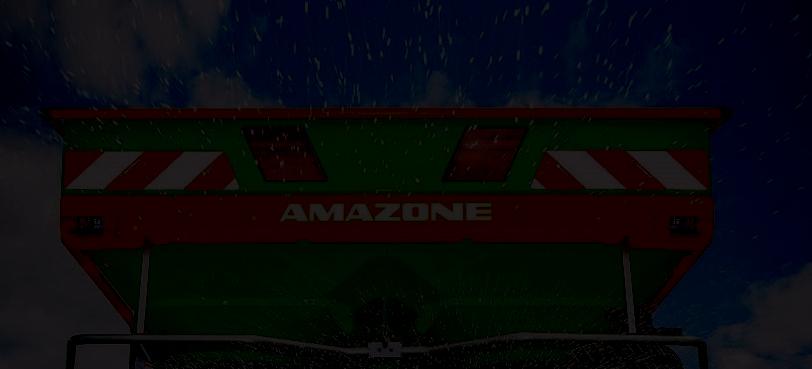
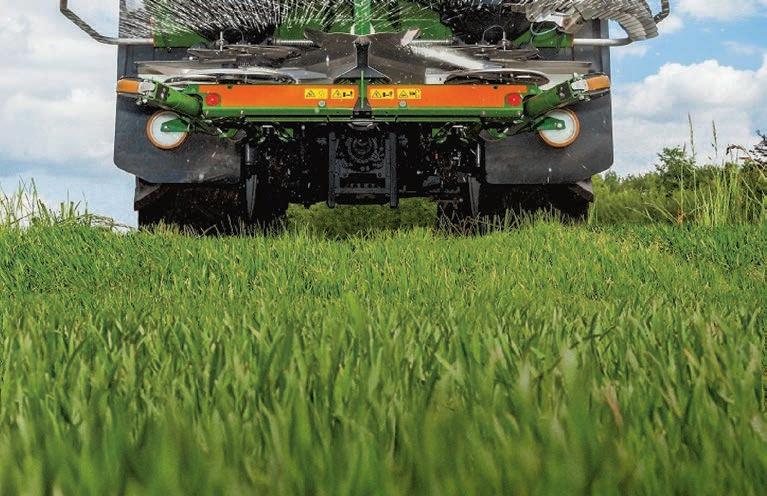
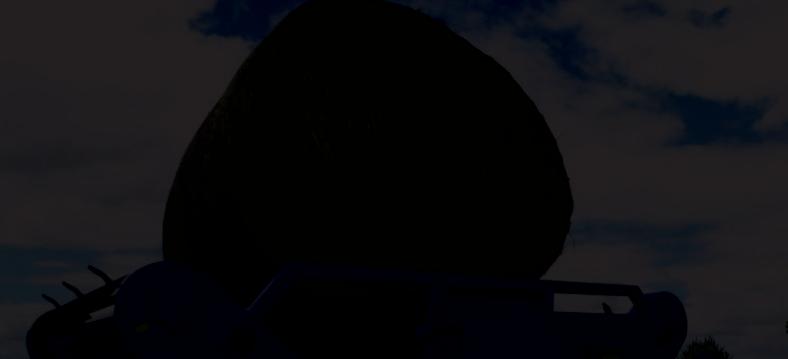

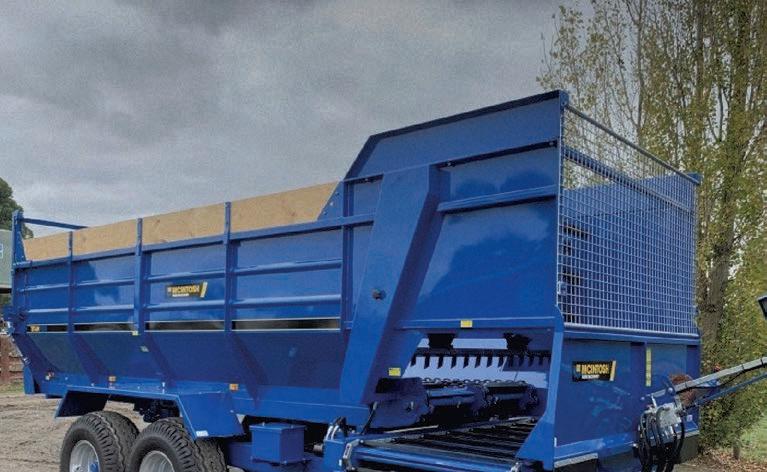

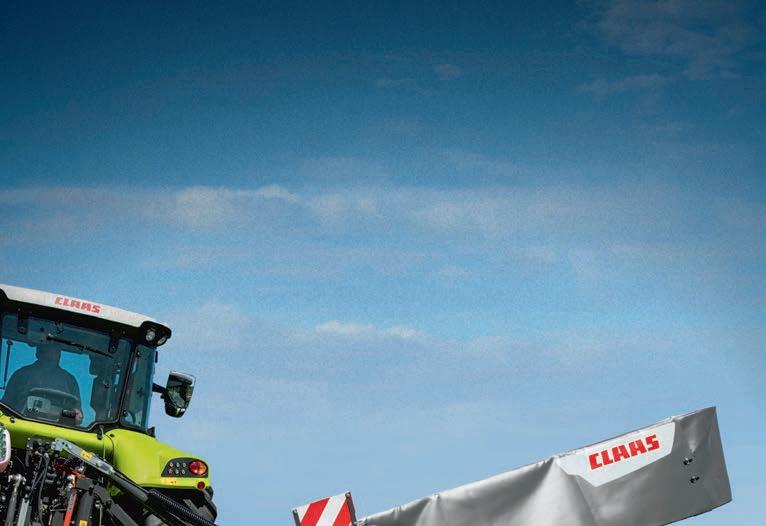
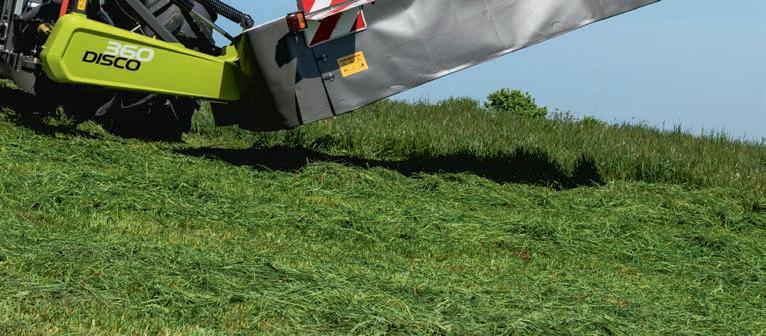
THE dairy industry sure isn’t what it used to be, the landscape is changing –and fast t
The bigggest overarching risk to dairy farmers is s financial viability, which is threatened by the combined effects of climate chhange, market volatility, and rising cossts










These are often compounded by factors ouutside a farmer’s control like global maarkets and policy shifts making rissk mitigation complex but essential.















Today’s dairy industry demands more from farmers than ever before
According to Dairy Australia, production systems are becoming increasingly complex, with a push toward innovation, sustainability, and data-led decision making

























Farmers are using technology for benchmarking performance, managing feed with precision, and identifying profit leaks early, things that weren’t even on the radar a decade ago












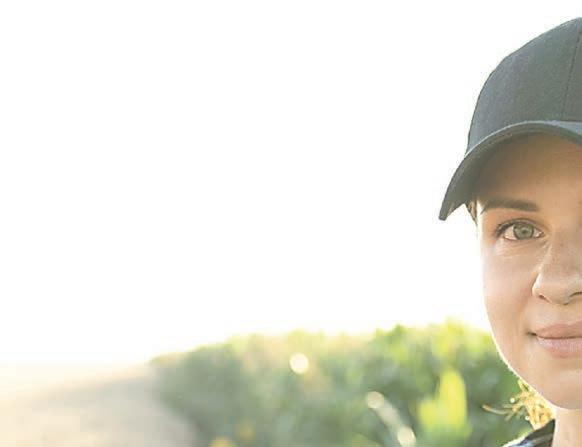
can position your dairy business for sustained success
They can help get you in the right place at the right time
Talk to them at the South Gippsland Dairy expo, call 1300 045 747 or visit nexsolutions org au

If you are reading this and thinking to yoursellf, yeah well that much is obvious, you are already one step ahead, yoou’re not standing still





















































You’rewwatching the industry shift and thinking, “ “What’s my next move?”













Youknow w your business has potential You’ve got ideas, maybe even a clear goal in miind, but the path to get there isn’talwayys obvious, affordable or realistic.
Should y you invest in infrastructure?


Explore new markets?







Adopt digital tools?



Shift youur herd strategy?





These are big calls, especially when everydeccision carries risk and time is always in short supply


Is it worth that risk?







Or could d you lose it all and have to startover


At the same time, global volatility, rising input costs, and changing consumer expectations are pushing even strong businesses to rethink how they operate
















Younger, more tech-savvy farmers and the next generation of farming is coming through









The most successful producers are those who take a proactive approach























They don’t wait for problems to appear they plan for growth and build innovation into their business















Proactive adaptation is essential for success


























In an industry where change is constant and often out of our control, aligning with experienced partners like NEX Business Farming Wellness







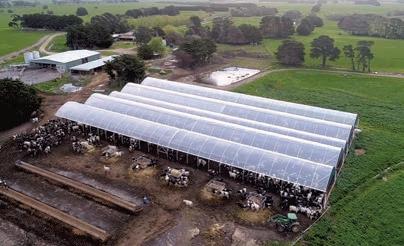
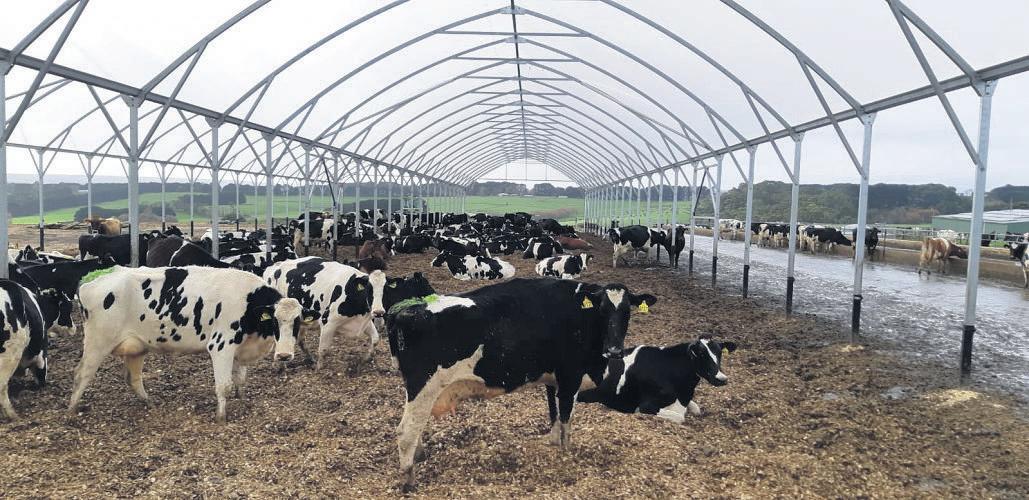




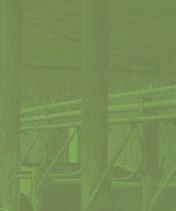
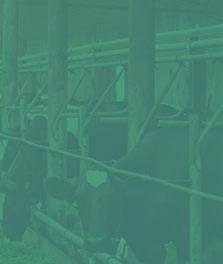
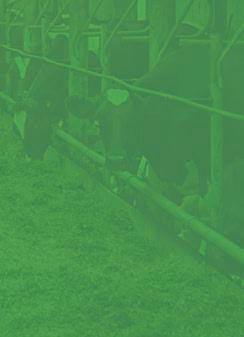





AiryFairyFun and Faces
BRING the kids for afun face-painting opportunity
DIAA Gippsland Networking Lunch
THURSDAY4th September,11.30 AM to 1.00 PM.
Visit diaa.asn.au/events
The Gumboot Gift
THURSDAY, September 4th, at 1.30 PM, don’tmiss the exciting 120-metre gumboot footrace offering a$5,000 prize pool!
Participants must wear authentic farmtype gumboots (no fitted styles allowed). Furthermore, the DairyExpo committee arepleased to announce aspecial opportunity on Wednesday 3rd September from 3pm to 5pm. Mt Lyall Dairies Tour Where technologymeets tradition THIS opportunity is free of charge. All service providers and farmers are welcome to attend.
Take arareopportunity to step behind the scenes of one of Gippsland’smost talked-about dairyoperations!
Take aconcise two-hour tour of the Lancey family’sfarminNyora —home to abrand new 100-stand rotarydairyand loafing barnthat has locals saying, “You can see it from Mars.”
Attendees will also enjoy alive drone demonstration on the farm.
It’samust-see tour for anyone interested in moderndairyinfrastructure, efficiency, and innovation.
For farmers attending the South Gippsland Dairyand Farming Expo, you areinvited to register your interest in the complimentarybus departing on Wednesday,September 3rdat2.30pm. Alternatively,on-farmparking will be available at the Lancey farm.
The afternoon will be agreat opportunity for networking, complemented by a delightful afternoon tea.
To register your interest in attending please visit www.trybooking.com/events/ landing/1431647
CHAPMAN MachineryService is afamily owned and operated business servicing South Gippsland for over 30 years with quality brands such as Kubota, Massey Ferguson, Fendt, Valtra and Krone. Operations manager Cameron Chapman said “It’salways apleasure being involved in the Korumburra dairy expo, it is always agood chance to catch up with the farming community,meet new people and show offsome shiny machines to help get the next generation of farmers excited.
“Wewill bring down our Valtra T175 (175hp plus boost) in titan grey,quite a unique look.
“Wehave been running around the countryside doing demos with this machine, so if you want to have adrive/ demo after the show we can arrange to bring it out.”
He also highlighted the ability of Kubota’sRTV-XGs to withstand tough
farmduties which will be on display at the DairyExpo.
“It’squite aheavy-duty build as far as the suspension, and can take a fair beating, we have also set aside a machine and have been dropping it offfor customers to tryout in real work conditions” Cameron said.
“Werecently got aprice adjustment for the Krone Varipak belt balers to be more competitive, we have been seeing good results from these balers over the last 2-3 years out in the market with farmers and contractors.
“Produces agood looking bale, sharp edges, model features big HD pickup, verysimilar to the pickups on the Krone Wagons, easy load net system, load at waist height, much better for your back.
“Wehave afew extra sales on tractor/ loader stock units we aremoving on with the Kubota BX23s Backhoe unit and MX5200HD (50HP) an M9540 (95HP) we will bring down on the site.”

Choose your day to visit the Gippsland Dairyand Farming on September 3rdor4th, 2025 the Korumburra Showgrounds
Opening hours will be from 1 AM to 3:00 PM daily,with an e of $15.00 per person; children 16 enter arefree.
For exhibitor or patron inquiries, please contact Deanne Kennedy at 0419 878 055 or email dairyexpo@jayde net.au.






South g Expo 5,at s 10:00 entryfee n under 8 ee.

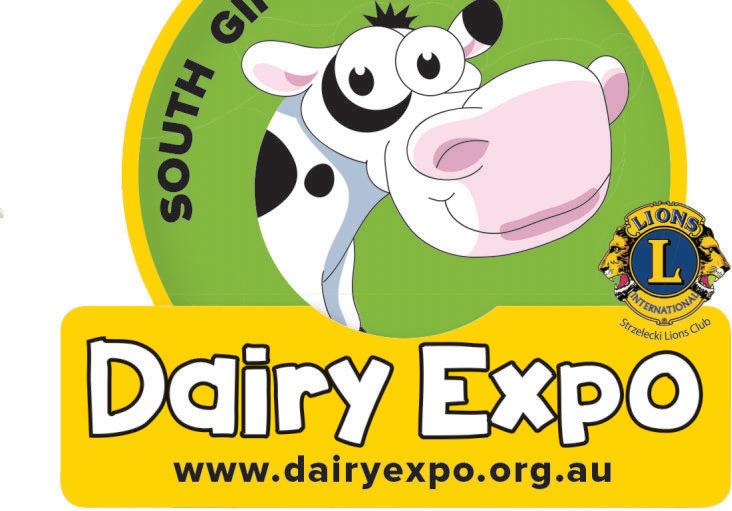
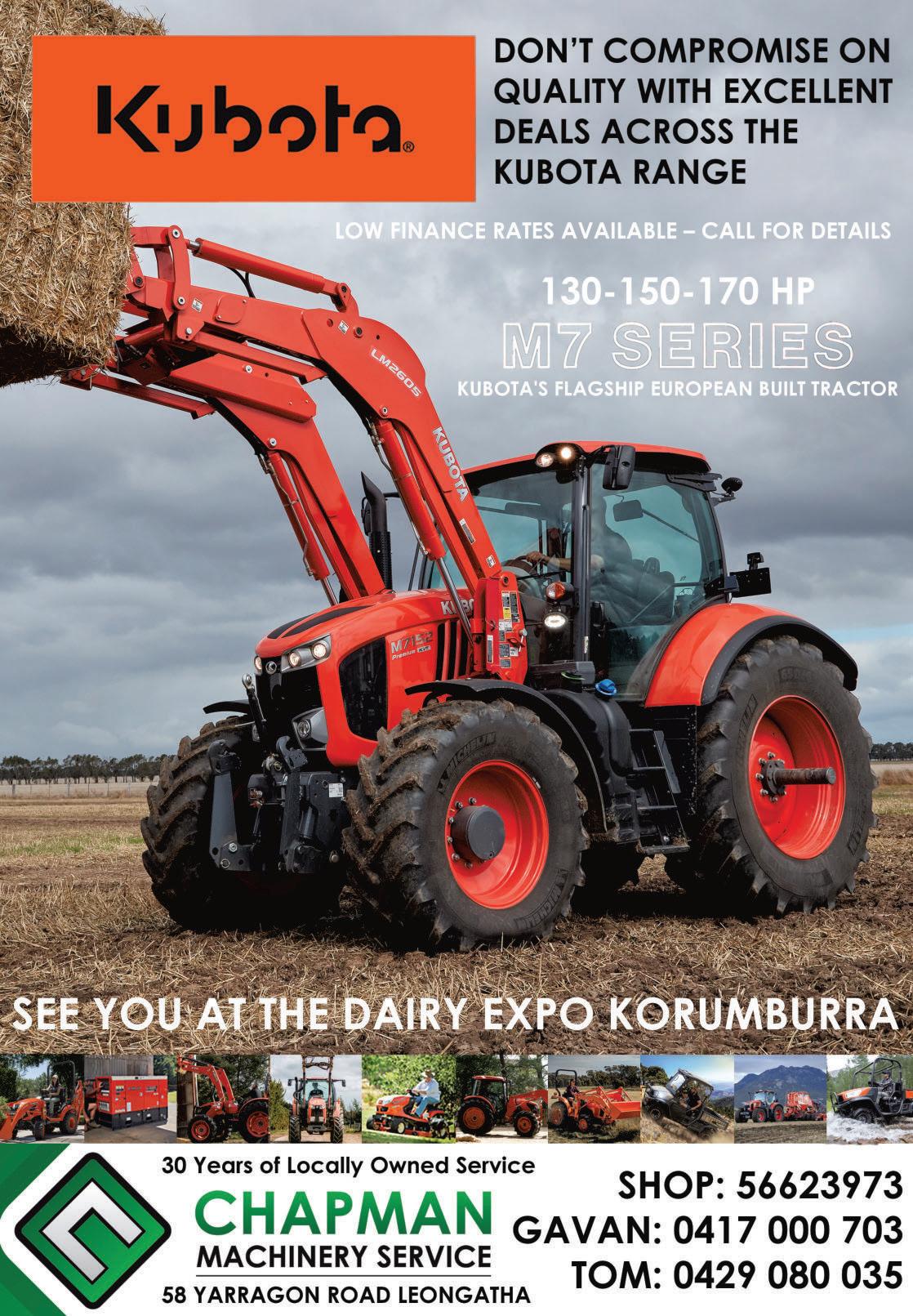


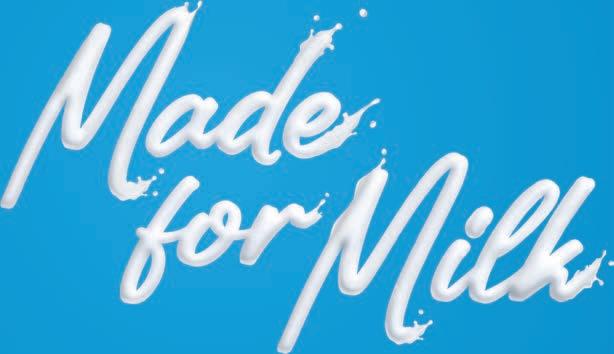




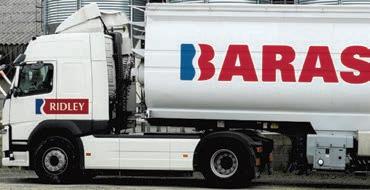












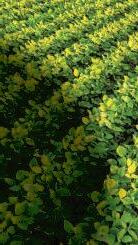



WITH the tight fodder supplies affecting many regions, now is the time to plan your summer cropping program if you have access to water or soil moisturethat will supportgrowth.
For many farmers this spring and summer,a high priority is to grow as much drymatter as possible to fill ayield and protein gap. Some of these crops have the ability to be conserved but others will be direct grazed. Most annual crops will be grazed before autumn resowing commences.
For Victoria the best summer crops for maximizing yield and quality depend on whether you’re focused on forage or vegetables, and if you have access to irrigation.
Forage options include maize, millet, sorghum, chicory, brassicas, and legumes; while vegetables like tomatoes, cucumbers, sweet corn, and beans arealso well-suited. Planning is important to get the best production from your investments.
It is also important to purchase seed as early as you can, as seed will be in high demand.



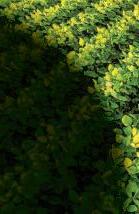


BROWNWIGG has been proudly servicing the needs of the local community for many years now By paying close attention to all of your business needs and meeting these requirements with avast product range, their professional, courteous staffhave developed a“Can Do” attitude that is second to none. No matter what you or your business requires, the BrownWigg team will find you the right product or service for the job, saving you valuable time and money beforethe job even begins. The BrownWigg team also possess ample expertproduct knowledge and problem solving ability to customise solutions to meet
your most exacting requirements. This ability to efficiently
and
solutions has transformed BrownWigg into areal “One Stop Shop”, providing atrue value adding and cost effective extension to the local business community BrownWigg’sextensive and “Top Brand” range of supplies and services cover’s everything you need to have asuccessful summer crop. With their earned reputation for excellence in the local community,expansive range of goods and services and their team commitment to you and your business, you just can’t go past BrownWigg for quality,affordability and staffwho care about your success.




5152 1313
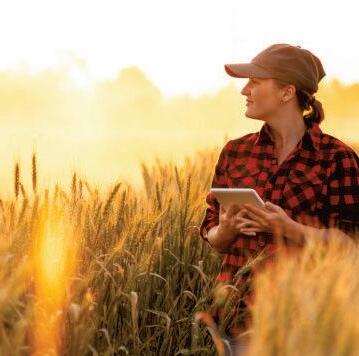






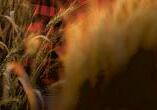




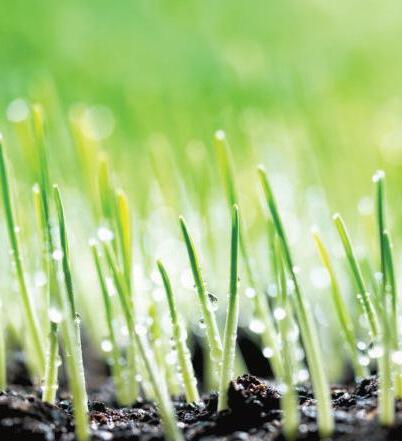

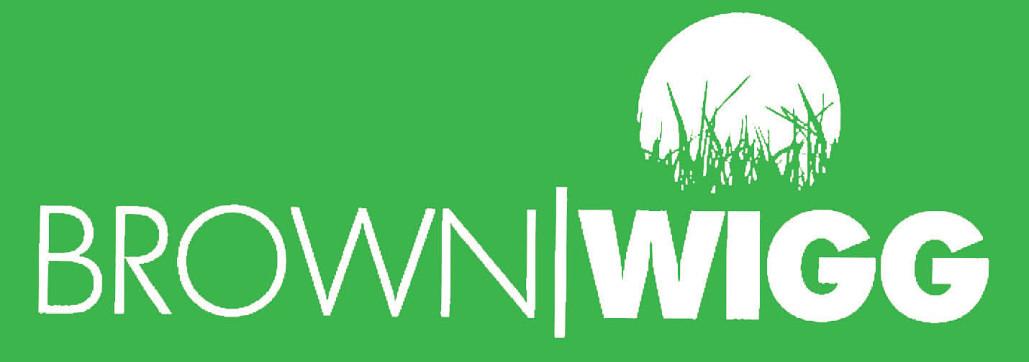


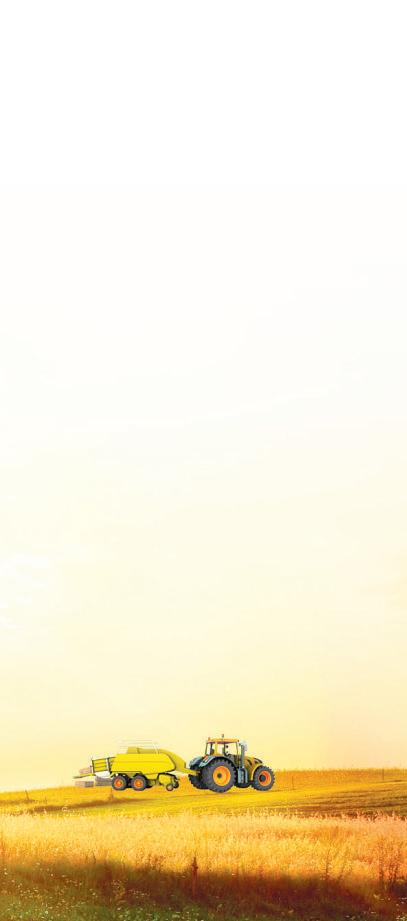




DRONES don’tneed drygroundorsunny skies to get the job done.
They can spread fertilizer or drop seeds without leaving asingle tyretrack
Don’twaitfor things to dryout—Worker Bee
Drones can help you stay one step ahead this season readyfor your summer crops.
Gippsland farmers, you’ve seen enough wet seasons to know that soggy paddocks can turnyour best plans into amuddy mess.
Right now,with fields looking morelike a gumboot testing ground than prime farmland, getting in to prep for summer crops is areal challenge.
But there’sasmarter way forward.
Drones arechanging the game by applying products and seeds without ever touching your pristine paddock, keeping your plans on track for acracking summer harvest.
When the ground’sthiswet, heavy machinery is about as useful as apaper umbrella in a downpour
Tractors, spreaders, and seeders not only risk getting bogged but also churnupthe soil, compacting it and stressing your futurecrops beforethey’ve even had achance to grow
Drones avoid all of that.

Flying above the mud, they can spread liquid or solid fertilisers to feed your soil, or even sow seeds to kick startyoursummer crops, all without leaving asingle rut.
They can reacheverycorner of your paddocks, no matter how swampy,steep, or uneven, ensuring your fields areprepped evenly and efficiently
Wetsoils create agolden window for setting up your summer success.
Fertilizing during this damp spell locks nutrients into the ground, readyfor crops to soak them up when the warmer months arrive. Leave it too long, and you risk missing this sweet spot.
Nutrients can leach away,orconditions may stay too boggy for traditional equipment to get through.
Drones, with their pinpoint accuracy and ability to apply products precisely where they’reneeded, arethe perfect tool for taking advantage of these conditions.
Modernagricultural drones come equipped with advanced sensors, GPS mapping, and variable rate technology,meaning every drop or granule is delivered exactly whereit’s required.
This level of precision not only saves you money on inputs but also helps protect the environment by minimising runoffand waste.
By keeping heavy equipment offyour paddocks, drones also prevent soil compaction -ahidden yield killer that reduces water infiltration and root growth for years if not managed properly
Traditional spreading or sowing in wet conditions can be anightmare
Multiple passes, heavy gear,and costly delays.
Drones flip that on its head.
With the ability to cover large areas quickly and without any ground disturbance, they deliver afast, consistent, and flexible solution.
Want to fertilize atricky corner of afield that’s under water?
No problem.
Need to sow cover crops or summer forage beforethe weather improves?
Done.
Drones can get it done in afraction of the time it would take with conventional machinery.
Timing is critical when it comes to setting up for summer.
Acting now means nutrients areinplace and

seeds areready to grow as soon as the soil warms.
Waiting for the ground to drycould mean lost time, reduced crop options,orlower yields. Drones areuniquely positioned to bridge that gap, ensuring no season is wasted, even when the weather refusestocooperate.
The wet weather doesn’thave to call the shots. Drones give you the flexibility to move forward, no matter how muddy things get.
They’renot just astopgap, they’rea smarter, moreefficient way to manage your paddocks and boost productivity without compromising soil health.
Worker Bee Drones will bring this technology to your doorstep.
As locals, they understand Gippsland’sconditions and know how to get the best resultswith drone-based solutions.
If you want your paddocks summer-ready, even in the wettest conditions, now is the time to act.
Call Worker Bee Drones today,and let them take your farmtothe next level, without leaving asingle tyretrack behind.


OPTIONS for summer crops include maize, sorghum, millet, chicory, andbrassicas.
For some, quick spring feed using annual or Italian ryegrass could be options to consider Of the many summer crop options, which one you choose depends on your region and climate, access to water,soilfertility,pH and physical constraints, management and infrastructure.
Things to consider
n Consider the climate and market outlooks for the upcoming season.
n Ensurethat you have soil moistureorare able to securewater to supportcropgrowth.
If you need to buy water,estimate the likely cost per tonne DM grown based on water cost ($/ML) and expected water productivity of each crop tDM/ML).
n Consider all your options.
Growing crops vs buying or contracting.
n Consider how the crop will meet the diet requirements of your herdand work with a nutritionist to develop afeed plan to ensure that the diet is balanced.
HICKSEEDS can provide arange of quality grass, crop and pastureseeds according to your needs.
They make their own customised blends on the premises or they can tailor blends to your specific needs.
Hickseeds also provide quality lawn seed blends, available in various sized bags for small or large lawns.
Fertilising your paddocks for optimal growth is important.
Contact Hickseeds and discuss your best options for fertiliser to get the most out of your crops and grasses.

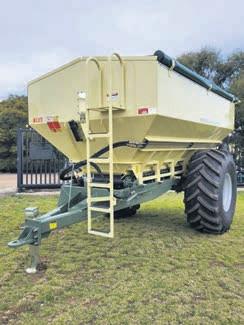

Jared at Hickseeds has had morethan 25 years’ experience in the agricultural contracting industry.
He has built up athriving business in which he successfully supplies local farms with contracting services.
This background has made it an easy choice for Jared to move into the seed industry, because he has specialised knowledge of the best conditions for superior pasturegrowth.
To find out morecontact Jared on 0407 308 089


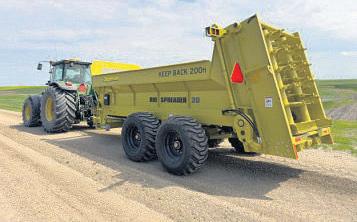
n Ensureyou have the infrastructureand system to conserve and feed out the crop, or the ability to direct graze crops that can be direct grazed.
n Work with your agronomist to select aspecies and variety that will suit your production requirements.
n Select and prepareyourpaddock well –this includes getting soil testing completed to ensurethat nutrient and pH levels areatthe required level for the crop you choose to grow
• Custom Blends
• Pasture Blends
• Crops andForagecrops
• Cereals • Clovers and Legumes
• Lawn Blends
• Chemicals Jared Hick 0407 308 089
n Manage weeds early Weeds compete with crops for moisture, sunlight and nutrients.
n Sow seed when the soil temperatureis ideal for your crop and sow into moistureif possible.
Aim for correct seed placement, and seed-soil contact for abetter emergence rate.
n Use your agronomist to help plan and manage your crop through the season, reducing risk and helping to optimise production.



Email: hickseeds@gmail.com or look us up on our website hickseeds.com.au Come and
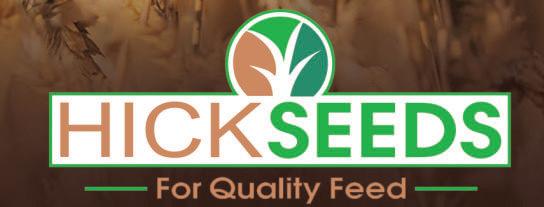
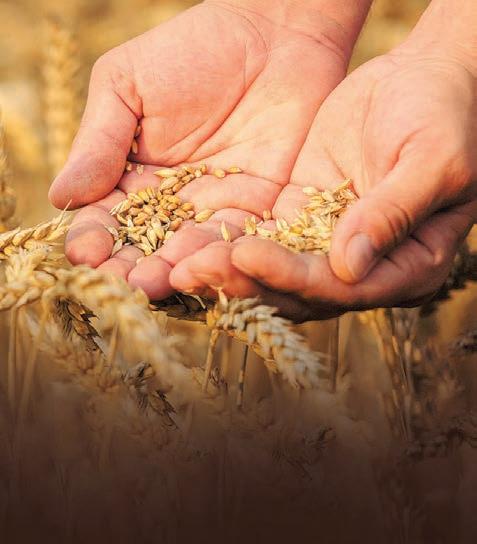
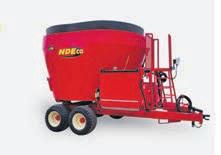
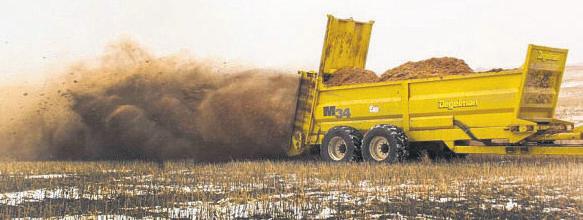

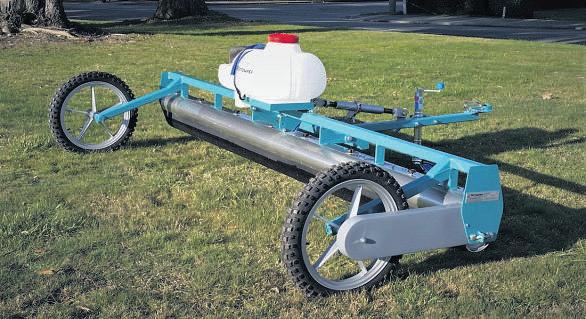
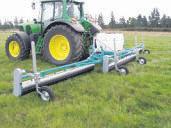




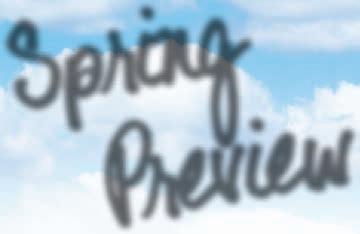

OnMonday, September 15, 2025 at 1pm Leawood will be holding their annual Spring Bull Sale.
Join them at Leawood on sale day to view their lineup of 50 bulls— meticulously selected for their structural soundness, longevity, and real-world performance.
Leawood’s breeding goals areclear: genetics that thrive offgrass, deliver profitable production per hectare, and offer long-termvalue.
Many of their clients continue to use Leawood bulls at 8–10 years old, a testament to their resilience and quality.
This year’s sale draft is sired by 16 top-tier sires, chosen for performance, consistency, and trouble free breeding.
Hereare some of the highlights from their catalogue:
Cricklewood Pandemic P056
Apowerhouse sire, renowned in New Zealand studs for adding carcass power and consistency.
He led Leawood’s autumn 2025 sale with an average of $14,000 across eight bulls.
Sudeley Viking 18101
First sons to sell at Leawood, Viking is astandout from NZ’s 2020 season (sold for $60,000) and arguably the most impressive son of the legendary Matauri Reality 839.
Viking brings exceptional body depth, width, shoulder structure, and soft flesh—ideal for the Gippsland environment.
Leawood Ryder R453
Ahigh volume bull from the robust Rambo line—a long-time performance pillar at Leawood. Ryder will add stretch and carcass presence to any herd.
Leawood always highly recommend Ryder progeny to clients.
Leawood Razor R347
Ason of Taimate Lazarus, Razor stamps every calf with outstanding phenotype, enhanced rib and rump fat—highly recommended for breeders seeking structural and carcass improvements.
Leawood Pirate P391 |Leawood Steaks N297
Strong, dependable bulls each offering unique genetic strengths.
The Leawood team arealways happy to help you identify the right fit bull for your environment and herdobjectives.
Following the bulls, Leawood will present 60 Commercial Females consisting of autumn PTIC cows and calves, plus 12-month-old unjoined heifers, neatly penned in small lots of (4–8 head per pen).
Longevity and Soundness.

Proven long-ter mper for mance, grounded in structural integrity.
Grass-Based Productivity.
Hard-wearing, high-per for ming genetics tailored for pasture-fed systems.
Value for Investment.
Lifespan, workload, and progeny per for mance combine to deliver exceptional ROI.
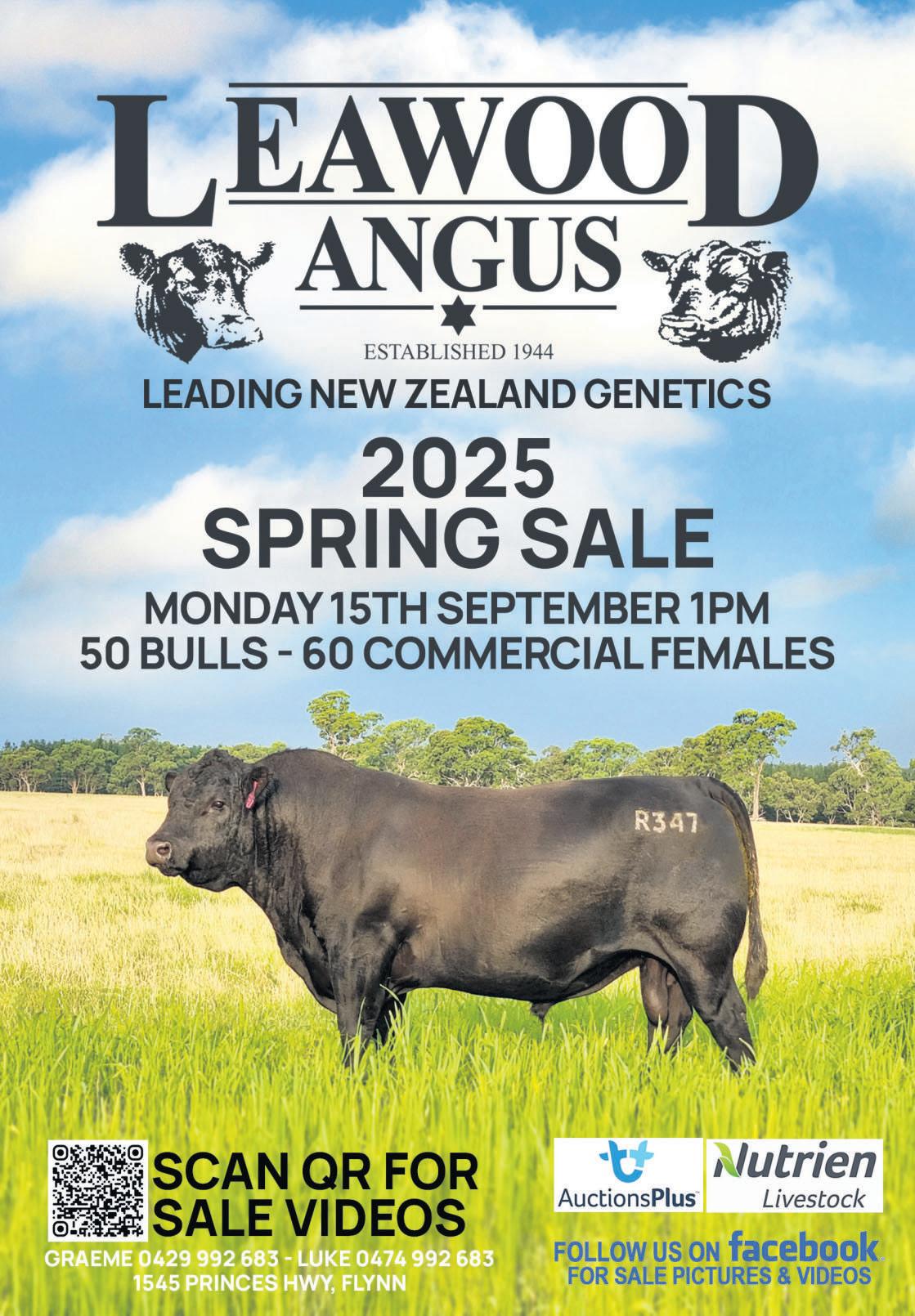





The2025 Alpine Angus Spring Bull Sale will be held at the Alpine Sales Complex on Wednesday 24 September at 1pm.
The sale line up will offer 50 Registered Angus HBR and APR 18 month and 2 year old bulls, by leading USA sires and Alpine sires.
The Alpine breeding program focuses on low birth to big growth together with structural integrity and strong maternal qualities.
FeatureSires represented include Baldridge Goalkeeper aUSSire renowned for producing docile, dense bodied cattle with high growth.
Goalkeeper’s progeny have proven to be extremely popular with ason Alpine Undertaker U358 topping the 2025 Alpine Autumn Bull Sale, selling to Agri Gene and featuring in their current AI catalogue.
US Sires Sitz Resilient and his $600,000 son Connealy Craftsman are represented by aline of sound, high indexing Angus bulls.
They arebacked by excellent foot data and balanced EBV profiles.
Taimate Roy is another popular sireline from the 2025 Alpine Angus Autumn Bull Sale.
This NZ sirethrows true to type Angus character with excellent feet and temperament.
Low birth with decent growth, Roy’s popularity has spread to the Northern Hemispherewith semen exported to the USA and Canada.
Rounding offthe sale is agroup of bulls by Alpine Sires, headlined by two of past Alpine sale toppers in Alpine Real Deal and Alpine Rip Wheeler Real Deal produces sound, upstanding Angus with big growth and high carcass attributes.
Real Deal’s first run of calves have met with plenty of buyer satisfaction with sons topping sales around Australia to $100,000.
Alpine Rip Wheeler has an incredible birth to growth spread and transmits length and scope to his progeny.
Alpine Manager Chris Oswin said, “Alpine’s focus is on producing quality bulls that will work and last and transmit growth and high maternal qualities to their progeny.
We also work hardtodeliver acomprehensive after sales service.”
ASale Preview with bulls yarded is to be held on Sunday 21 September at the Alpine Sales Complex 1138 Happy Valley Rd, Rosewhite form11amto3pm.
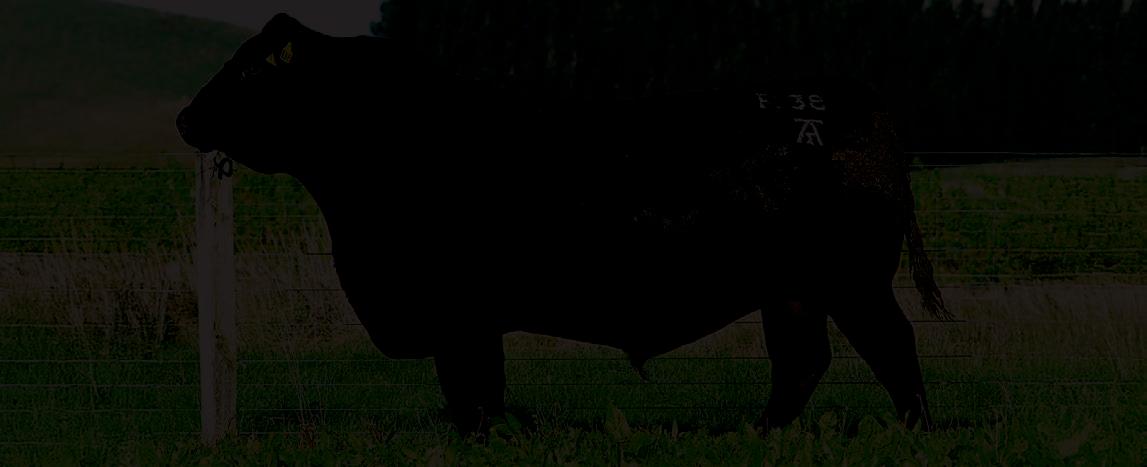








Moorunga Angus is gearing up for its fourth annual bull sale, scheduled for Friday, August 22nd.
This year,the auction will be held online rather than its normal onproperty sale, but many aspects will remain the same.
The property will be open for abull viewing day on Saturday, 9th August, as well as on the sale day.
For beef cattle breeders seeking to enhance their herds, this event promises to be an exciting opportunity, featuring a robust selection of 34 bulls.
The bidding will take place from Noon to 5pm on the AuctionsPlus platform, allowing breeders to participate from the comfort of their own homes while accessing top-quality genetics.
Ahighlight of this sale is Lot 1, the first son that Moorunga has offered from the record-breaking Texas Pride L600 female.
Acow that has bred exceptionally well, both for Texas Angus and at Moorunga.
The stud is retaining afull brother that will be exhibited at Melbourne Royal and then used as astud sire.
They’realready using another son by MOGCK Entice in the herdwith his progeny living up to expectations.
In addition to the Texas Pride offspring, the sale will featuresons of renowned sires such as Knowla So Right, Brown Double Decker,Banquet Raving, and LT Converse, with these being some of the first Converse sons available.
For the first time, Moorunga Angus will
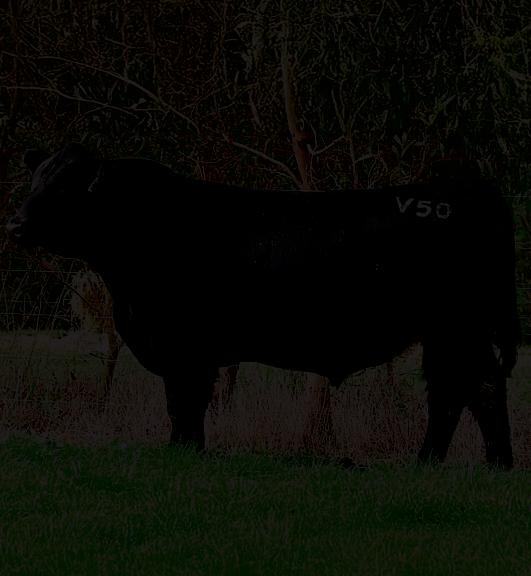
be offering free delivery within 250km or delivery assistance for bulls purchased from further afield.
“We’d like to do the delivery ourselves wherewecan.
“This gives us achance to catch up with the clients, possibly see their cow herd, and better understand what they need and want in their bulls,” said farm manager Glenn Trout.
For further information about the bulls, aprivate inspection, or aprinted catalogue, please get in touch with the Moorunga team.
To register for the sale, please visit the AuctionsPlus website.
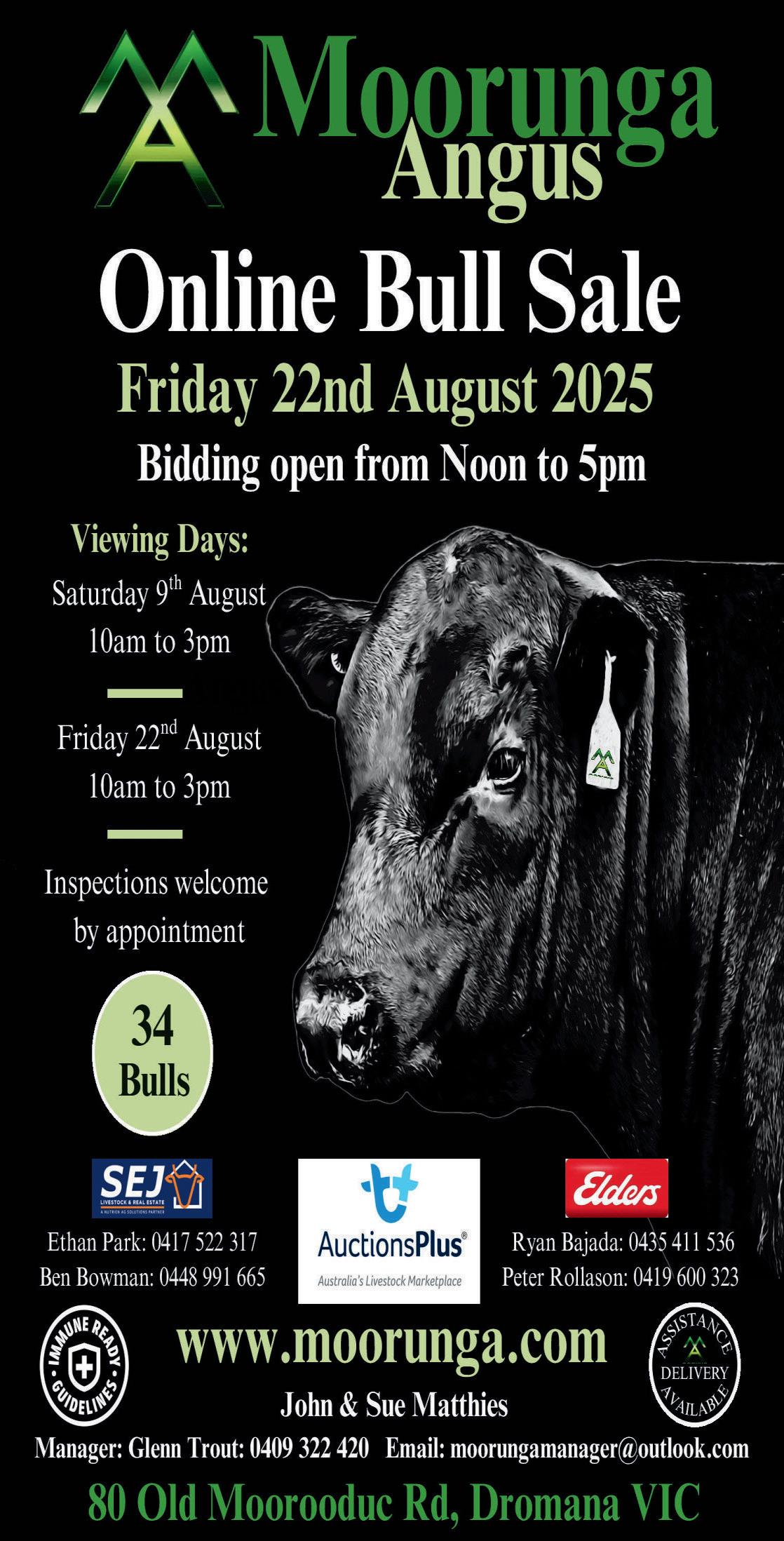
Ta
Poll Herefords have been based at the Meeniyan property for over 70 years, taking its name from the Tarwin River that fronts the property.
David Meikle is the thirdgeneration of his family to have managed this herd.
“In those early days alot of emphasis was placed on pedigrees and showing.
Now we have tools such as performance recording and DNA testing to predict how our animals should perform.”
In response to this push for performance, the Tarwin herdisafounding member of the Gippsland Performance group, supporting its 5th online sale on the 8th of September at 6pm.
Each of the bulls selected for this sale have performance figures which place them in the top thirdofthe Hereford world.
They will make these bulls available for viewing beforethe sale on the 7th of September between 10am and 3pm.
Otherwise the Meikles offer their bulls for private sale.
This is aperformance recorded herd with the calves being regularly weighed up to 600 days and the weights submitted to the Breedplan program.
Sale bulls arescanned for eye muscle area and fat cover
Replacement heifers and sale bulls are DNA tested to confirmparentage and polledness.
The stud’s objective is to produce attractive, sound, commercial poll
















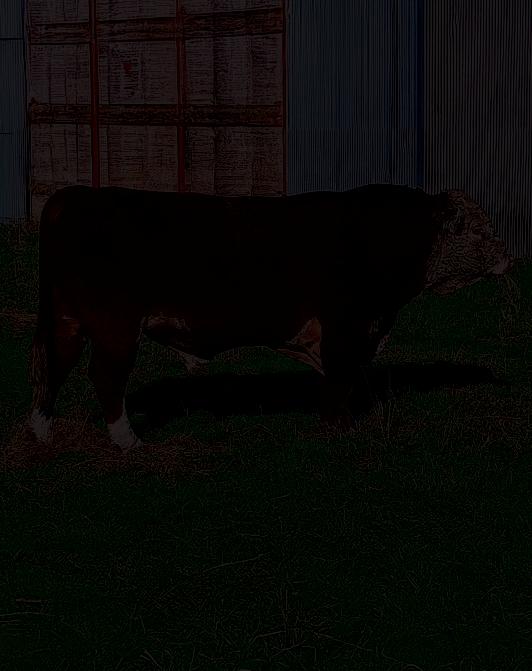
Herefordcattle, able to performoff grass.
To achieve this they use amix of AI breeding and ajudicious selection of sires for natural mating.
Sires chosen will generally have a modest birth weight coupled with above average growth weights and carcass traits, traits such as eye pigmentation and hooding arealso considered in their sireselection.
To further test the performance of their genetics, the Meikles regularly compete in the Lardner Park Grass Finished Steer trials.















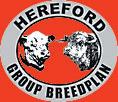
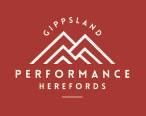
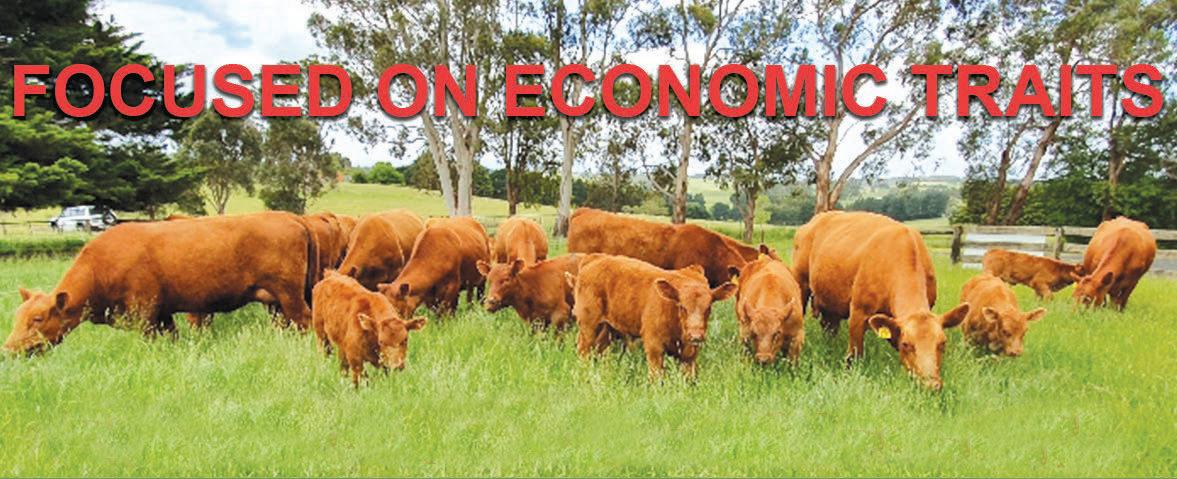

Angus breed-leading genetics await potential buyers at the upcoming Bowman Performance Genetics Spring Sale on Wednesday, 17th September
Sires include some of the earliest sons offered in Australia of Woodhill Comstock (USA), delivering elite calving ease traits as well as exceptional EMA, IMF,and an Angus Breeding Index (ABI) in the top 3 percent of the breed.
“The proven science of Estimated Breeding Values (EBVs) is extremely accurate for breeding and managing a self-replacing cow herd, and is amust for any professional producer,” says stud principal Glenn Bowman.
“We’ve seen this data assist and drive on-farmdecisions for over 20 years in our 1,200-head breeding herd.
It’s now feeding back into our clients’ herds—many of whom run some of the largest and most profitable operations in Gippsland and interstate.”
“Knowing that we’reimproving growth, fertility, and carcase traits—while making life easier on-farmthrough enhanced calving ease—gives us great satisfaction,” Mr Bowman said.
“Our goals aretoadd profit by delivering high-performance bulls, and to help farmers with tailored bull selection, herd health management, and marketing.”
Following up on the performance of the 150-plus bulls sold each year is a priority, and Bowman offers what many consider to be the best after-sales service in the industry.
“Wewant to know our bulls are performing at the highest industry standard, as we continually raise the bar through generations of quality genetics, genomic-enhanced data, and cattlemanship.”

Mr Bowman believes early DNA tissue sampling has accelerated genetic progress by 3–5 years.
The accuracy of the data is now undeniable, clearly showing how an animal will breed.
“Raw data and weights weregreat
Banquet’s focus is quite simply on making dollars for clients, through the greater efficiencies and productivity achieved from using Banquet genetics.
The Banquet herdhas always had structural soundness, temperament, fertility and doing ability as the most important selection criteria.
The Banquet cow herdisthe engine room.
Rigorously culled for the traits client’s demand.
Banquet cattle aredifferent from most other Angus.
They arebigger,morepowerful, faster growing, have extra muscling and quiet temperament, ensuring they give premiums for users, whether in crossbreeding or purebreeding programs.
Banquet bulls arerigorously assessed and tested.
They arevet checked, and semen tested for motility and morphology. Docility is afocus at Banquet.
Many of the sale offering have docility EBV’s in the top 10 percent of the breed.
Banquet bulls have their pedigrees verified which gives ahigher level of assurance when selecting anew sire.
They arealso Genomic tested which increases the accuracy of their EBV’s making selections morereliable.
All Banquet sale bulls arefreeofall known genetic defects.
Astringent vaccination program for the bulls protects your investment from clostridial diseases, leptospirosis, pestivirus and vibriosis.
Banquet will do further vaccinations,
e.g. ephemeral fever and tick fever,atthe buyer’s request.
Banquet offers free delivery on Sale bulls, all bulls come with aThree-Year Guarantee and Banquet’s well known client service.
Sons and grandsons of Banquet’s super star sire, Banquet Nuttella N462, will again featureinthis 5th September Bull Sale.
His sons have dominated Banquet sales since February 2022.
At their most recent Sale it was again a Nuttella son that achieved the top price of $64,000.
The World Angus Expo earlier this year hosted an Elite Female Auction that was dominated by aNuttella daughter
Banquet Dream V005 sold for a stunning $134,000 to Ballawinna Stud in W.A.
At the same event embryos sired by Nuttella sold for $4,600ea.
Banquet Nuttella N462 has proven to be an elite sire.
Chris Metcalf of Koojan Hills Stud in WA published the following quote in his advertising. “The best AI sirewehave used in the last decade and currently one of the hottest bulls in the Australian Angus breed.”
Take the opportunity to select sons and grandsons of Nuttella N462 at Banquet’s on Property Spring Bull Sale on 5th September
The Branson family welcomes your enquiry or visit at any time.
Call Hamish on 0427 164 031 or Noeleen on 0437 029 992.
selection tools 30 years ago, but cattle breeding has moved on.
The ability for the astute breeder to access this data and rank animals across different herds puts them at the forefront of the industry.”
ABowman bull combines the

latest science with outstanding carcass shape—so you don’t have to choose between performance and phenotype.
View the powerhouse genetics of Bowman Bulls on-farmat‘Crystal Brook’, 100 Sawyer Road, Neerim South, Wednesday, 17th September at 1pm.


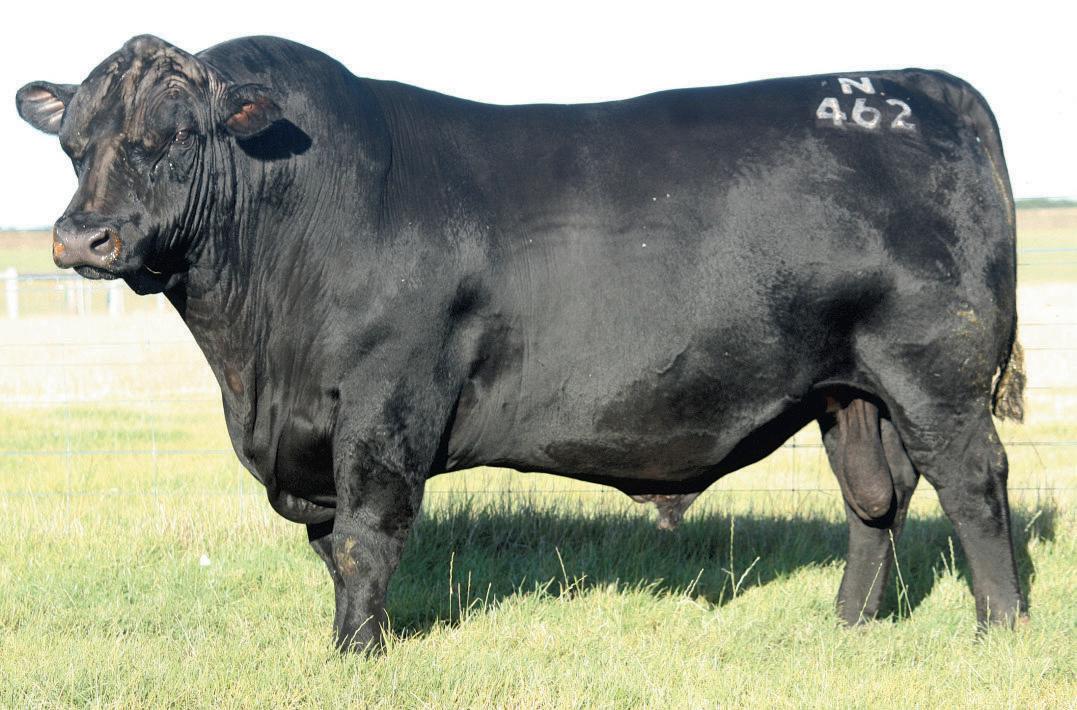




Doben Park Shorthorns is run by Doug and Jo Benson, their son Sandy and his wife Steph and their three children.
Located at Buln Buln East, West Gippsland on 79ha across three properties with afurther 30ha leased.
They’ve been breeding Shorthorncattle since 1977 and in the last nine years have increased their female herdto approximately 140 head.
The largest majority of these arepure bred.
Thereare still afew granddaughters of the original cross bred cows, these cows produce excellent vealer calves.
At Doben Park they arefirmbelievers in first cross calves to produce excellent vealer calves.
This is wherethe low birth weight Shorthornbull excels in cross breeding programs.
They select bulls with EPD figures of low birth weight, good carcass, maternal milk and good temperament.
Colour in the bulls they select doesn’t come into the selection.
Weight and conformation of your calves is the thing they’relooking for Feed lotters and butchers arelooking for calves that can produce and carry weight.
The Red or Red and White Shorthorn bull is ideal to cross over an Angus or Angus infused cow to maintain the black calf with extra hybrid vigor.
This can also be done with the Hereford or Herefordinfused cow by using aWhite or Roan ShorthornBull.
This cross should give you apredominantly Strawberry or Broken White Face calf.
The White or Roan bull over the Angus or Angus infused cow should give you a

predominantly Steel blue roan or black calf.
These calves aresort after in store markets across Gippsland. Doben Park have aselection of bulls on show. Bulls 18-24 months old Red, Roan, Red and White and White. These bulls areroan Spry bred bulls. While inspecting the cattle check out the Numat anti slip matting installed in the cattle handling area.












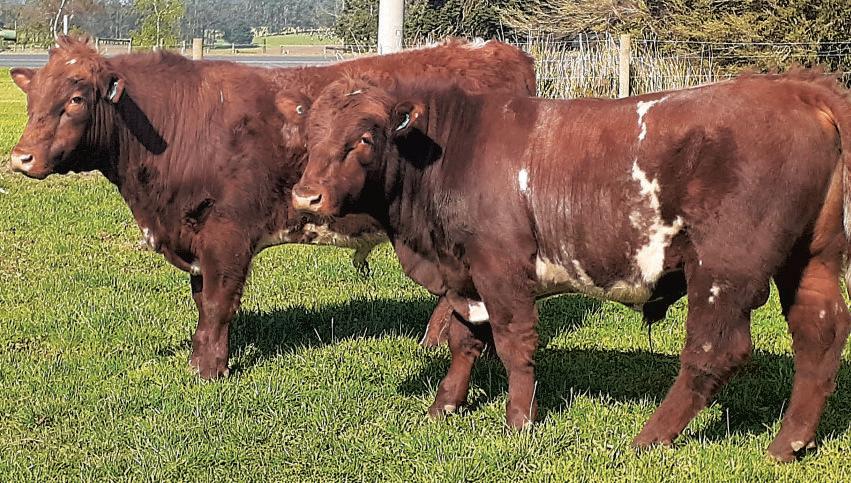



Doben Park Shor thorns is run by The Benson Family at Buln Buln in West Gippsland. We’ve been breeding Shor thorn cat tle for over 40 years

DobenParkhavea selectionofbulls on show. Bulls18-24 months old, Red, Roan,Red and Whiteand White
Thequietnature of Shor thorns, theeaseofcalving andthe resistance to bloat and eyecancer combinetomakeShor thorns an easy care breed
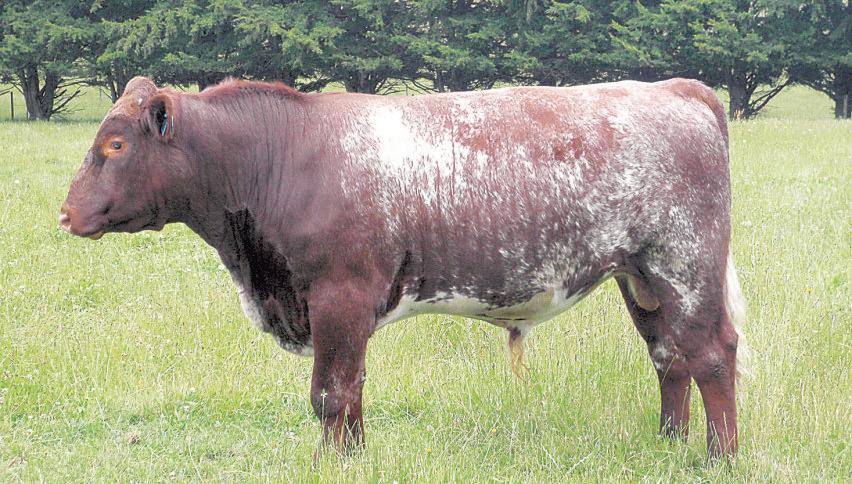
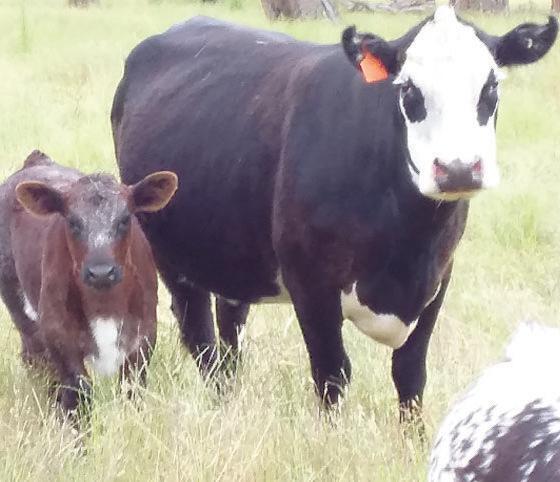
Paringa is afamily owned and operated seedstock business centred around apassion for cattle breeding and sustainable beef production.
Cattle aremanaged using holistic management principles to ensuresoil and livestock health to produce fertile, easy careand adaptable animals.
Their focus is on breeding balanced, adaptable genetics that lift productivity and efficiency, but not at the expense of intake and stay-ability.
The 2025 spring sale group represents the most balanced line up of Paringa Black Angus and composite Stabilizer® yearlings ever
With unique genetic combinations that have resulted in agroup of bulls that excel
for Calving ease and carcase, with high performance, and excellent temperament.
Cows arerun using rotational grazing with zerosupplements, and a“one strike and you’reout” policy.
With particular emphasis on breeding cows that maintain body condition and rebreed in 6weeks whilst lactating.
The dams of these bulls arenot only fertile and tough, but feminine, with top udder quality, feet and leg structure.
Paringa’s management system naturally eliminates cows that aretoo big or too small, but cows must also have the ability to raise ayearling bull to reach 450kgs at 12 months.
Paringa genetics produce beautiful replacement females, needing less
assistance, less inputs, easy carewhilst producing an ideal carcase for feedlots, processors and high end MSA grass finished programs.
Carcase feedback from Paringa clients as well as various carcase competition results have proven this.
Overall Paringa genetics offer additional benefits; in terms of profitability, ease of management and arebacked by Paringa’s Bull Guarantee*.
For moreinformation visit www.paringalivestock.com.au
Genetics Information Day and Bull Walk, Yea–10th September 2025
Paringa Spring Yearling Bull Sale, Yea–18th September 2025










Katrina BRANDON
THE annual Working Dog Cobber Challenge is in its 10th year,and Mirboo North locals Car oline Houston and kelpie pup Vaila are up for the challenge.
The CobberChallenge is an annual showdown wher et he country’s best working dogsare fitted with GPS trackers tolog theirdaily work over athreeweek period that commencesat the startofOctober.Points are scored based on distance, speed and duration.
“This will be my first year,” Ms Houson told Gippsland Far mer “You have to be selected to take part. This year,they'vegot 12 participants taking part.

Houston hasbeen chosen to compete against thebest dog owners in the country
“I’m stoked (to have been chosen). Ithink it's really fun to take part in, and I'm really proud of the work that my dog does at home on thefarm.It'sa great chance to celebrate that and shine some light and give these dogs the recognition that they deserve.”
Ms Houston was introduced to the dairy industry about 10 years ago when shemet her partner. In April 2023, the couple bought their current dairy farminMirboo North. While MsHouston doesn’t come from adairybackground, she is avet by trade, and has worked with horses, cattle and other livestock over the years.
Since moving to her far m, Ms Houston said that it has brought many challenges.
“I'm told the first two years are the hardest, and they certainly have been fairly challenging,” she said of starting afarm.
“Wehave quite ahilly property, which was previously abeeffarm for 20 years. Therewas quite a lot of work to be done to get it up to scratch and functioning as adairy.
“In addition to all of that, we had that stormhereinour first year,which knocked out power for five days, and we could only milk the cows once aday, instead of twice. Then we've just had the drought. There have been afew little hurdles to try and overcome.”
Easing part of the challenge of living on ahillyfar m, she also noted that the dogs have been a great help in bringing in cows for milking from different paddocks, where theterrainisquite challenging otherwise.
Ms Houston’s pup, Vaila, originally came from the kelpie stud,

Beloka in Welshpool. Beloka is awell-known working dog training school that also holds trials throughout the year to testthe skills of working dogs from far and wide.
Other than the usual training, Ms Houston said that to prepare for the CobberChallenge, theduo havecontinued todoeveryday work as usual.
“For me, Ihaven't really done anything different to what Inormally do,” she said.
“The dogs herework the stock on the dairy farm, and we want them well trained to do that, anyway. We certainly don't want adog that chases,harassesorcauses stress to cattle. It's really important to get the training down pat, so you can basically go about your dayto-day job in acalm and relaxed manner that everyone enjoys.
“I've had alot of help from Paul MacPhail fr om Beloka kelpies down at We lshpool. He br ed the d og th at' si nt he Cob ber
Challenge. He has many years of dog training experience, so we go thereregularly for formal training, and that'sbeen really helpful in trying to keep things on track.
“This (Vaila) is my thirdkelpie. There's definitely alot to learnand I'm continuing to try and lear n every day how Ican do things better.”
Ms Hou sto ni so ne of t wo Gippslanderswho will beflying the loca lf lag at the nati onal Cobber Challenge. The other is Jess Zammit and pup Bundaberg from Wonthaggi.
The winn er of the Cobber Challenge receives$3000 anda year’s supply of Cobber Working Dog feed.
Cobb er Marke ting M anager Kellie Savage, is looking forward to seeing how this year’s finalists can set new records.
“Todate,the recorddistance that aworking dog has completed in theCobberChallenge is over 1260km! While it’s ahigh bar to compete with, we’reconfident that there’s aworkingdog in this year’s competition that’s going to break this recordand take things to the next level,” Ms Savage said.
“All but one year,akelpie has takenthe crown -sowe’re keen to see if another breed can rise to the challenge, or if the kelpies will keep their throne.
“It’s also fantastic to see that a lot of women have made it through to this stage of thecompetition. While I’m not one to have favourites, I’m looking forwardtoseeing how our girls go this time round!” For mor einfor mation, go to https://www.cobberdogfood.com au/cobber -challenge/
AGRICULTURE Victoria has launched an expression of interest campaign to encourage farmers to donate soilsamplesto a National Soil Action Plan funded research project.
Funded by the Australian and Victorian governments, the ‘Soil biodiversity across landscapes’ project will seek to implement priority actionsfromthe plan under the National Soil Strategy.
AgricultureVictoria's Principal Scientist, Dr TimSawbridge,said he hopedtoattract interest from at least 50 farmers statewide.
"Weare lookingatwhatmicrobiomes exist in soil and how they function across natural and farmed environments. A soil
microbiome is a community of microbes, bacteria, invertebrates and other life forms that live within soil," he said.
"Togain adeepunderstanding of their role in soil health, we’rewanting abroad range of samples from various production zones and agricultural industries in Victoria."
Ag Vicisworking alongsidethe Arthur Rylah Institute for Environmental Research (ARI) on theproject to collect and analyse samples of soil from across the state.
ARI has provided morethan 200 samples from public land, such as state forests and parks and reserves.
Samples arebeing taken at Agriculture Victoria’s SmartFarms includingover time

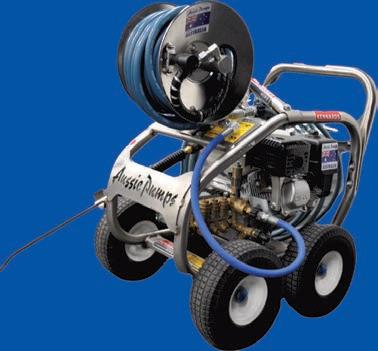
at the existing DairySoils study at Ellinbank SmartFarm.
"Weanticipate that farmers who express interest in submitting samplestothe project will have anatural curiosity about what is living within their soil," Dr Sawbridge said.
"Everyone is set to gain from this project -researchers, farmers and land conservationists will learnmoreabout the benefits of this microscopic subterranean world.
"Wemay discover ways to influence the microbiome’s ef fect on soil productivity, nutrient uptake, soil carbon and soil capacity to recover and maintain resilience in a changing climate."

To express interest in participating in the project,far mers shouldemail:soil. microbiome@agriculture.vic.gov.au by 5pm, Tuesday, September 30, 2025.
Soil samples will be taken from asingle geo-location to adepth of 10cm and 30cm from asmall area on the farm.
Thesoil structure, chemistry, botanical infor mation and DNA will be analysed and barcoded for comparisonwith other samples in the dataset.
People can read more about the project at: w ww.pre mier. vic.gov.au/r esear chinvestment-digs-future-soil-health



Dr JEFF CAVE
WITH the escalating price of hay and the availability of other feed supplements you may be asking, ‘Why feedroughage this winter?’
Roughage will be needed duringwinterfor any of the following reasons: even though some roughage may be left uneaten, for digestive function livestock requireaminimum amount of fibreand long roughage to maintain their digestive systems. This is sometimes known as the 'scratch factor' and stimulates rumination (cud chewing) if feeding grain or pelletswith too little roughage acidosis or grain poisoning can occur as we move further into winter, hay may be needed to reduce grass tetany risks andallows away of administering Causmag.
Livestock need to eat moreroughage in cold weather to give them energy for heat
production. Roughageintheir diethelps keep livestock warmsince the fermentation and breakdown ofcellulosecreatesheat energy.Ifthey don’t have enoughroughage, the weight will melt offasthey mine body fat to create energy for warmth. Therefore, there areseveralcompelling reasons why roughage may be needed this winter. Plus, if you can feed late in the afternoon it will provide your livestock ‘heat’ through the night.
For further infor mation, see your local veterinarian or AgricultureVictoria animal health or extension staff. Across the state any farmer can access technical information and advice to help manage the impacts of increasingly difficult seasonal conditions.
These services will be delivered in partnership with arange oftechnical experts, including farmbusiness advisors, livestock nutritionists, soil, water and pasturespecialists and veterinarians. The program

provides tailored advicethrough one-onone consultations, webinars, workshops, field days and online tools and information. Find moreinformation on drought support
at: www.agriculture.vic.gov.au/drought or call 136 186. Dr JeffCave is Senior Veterinary Officer, NorthernRegion.
MILLIONS of livestock aretravelling into, out of and across Victoria each year,and when an emergency happens, AgricultureVictoria needs to know wherethey are.
Qu ick traceabi lity means the department can contain and eradicate emergency animal diseases and reach liv es to ck own er st oa ss es sa ni ma l welfareneeds when thereis afireor flood. This helps to reduce the impacts on individual far mers and the wider industry.
The dat abas ei sn’t ju s tu sed in emergencies.
Last year therewas 33 million livestock movementsrecorded in Victoria and the databaseisused by AgricultureVictoria everyday to assist stock agents with tracking consignments and undertaking tracebacks on livestockfor national residue survey audits.
There arethree parts to Victoria’s world class traceability system: All locations wherelivestock arekept have aProperty Identification Code (PIC).
This includes farms and sale yards. All
livestock are identified by aNational Livestock Identification System (NLIS) ear tag or device. All livestock movements to adifferent PIC arerecorded in the NLIS database. Up-to-date records arevital and protecting the livestock industry relies on everyone doing their part.
When cattle arrive at af ar mer's property, it’s the farmer's legal responsibility to ensure the National Livestock Iden tifi cati on Syste md ataba se is updated withintwo days. This includes cattle on agistment. The NLIScan be updated by the farmer,astock agent, afarmmanager or contractor
Cattle tagging and re cor ding of movements area vital part of protecting far mingindustry and the wider community.
For moreinformation, call VicAg's NLIS helpline on 1800 678 779 between 9am and 4.30pm Monday to Friday, or visit agriculture.vic.gov.au/p2p
If yourpropertydoesn’t have aPIC, visit: agriculture.vic.gov.au/pic

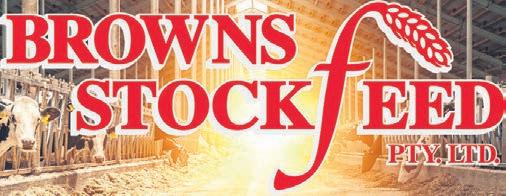







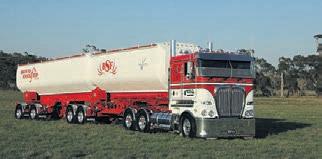
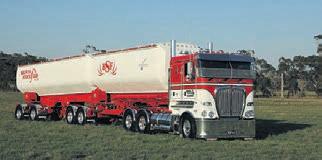





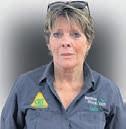








ALTHOUGHGippsland is in drought now, anddairy farmersare in trouble, it mayget worse withanearly fire season.
Firefighting authorities warned that Victoriacould be in for an earlyseason
Similar situations to theCaliforniansPalisades catastrophe couldhappen, long beforeanyone imagines it’s possible.
Professor David Bowman says that people arestillina daze after winter and can’t imagine, especiallywiththe drought,that firescould be unseasonaland early.
Professor Bowman from Tasmania is aProfessor of Pyrogeographyand FireScience and warns that preparationisthe key AussiePumps dealersare well awareofthisand the folks at Wiggies andother dealers aregetting ready earlyjustincase.
ONE companywho is really conscience of this is Australian Pump Industries.
KnownasAussie Pumps, theirengineering teamhas been workingonthe development of newhigh pressure firepumps that make the oldDaveyand Ongapumps lookantiquated.
“We’vegot abrandnew single impeller pumpthat does the jobofatwin impellermodel!” said Aussie’s Chief Engineer,JohnHales.
“Working with the cooperationofthe mightyHonda organisation,we’ve been abletodevelop asingle impeller pump with aHondaGX160 5.5horsepower engine that doesthe work of atwin impeller unit”, he said.
The new pump,nicknamed‘TheImposter’,isamajor effort of thecompany andisbeing launchedonthe marketthis month.
The machine deliversa maximum flow of 350 litres a minute but, has amassivehigh-pressurerating of up to 90 meters head.
That 90 meters headisequivalent to 120 PSI.
“It’sabreakthroughproduct and thebeautyofitis, it’s priced right for peoplewho want something with alot of capability to protecttheir property”,said Hales
KNOWING that farmersare havinga horrible time with the drought and the capability to move water from whereitistowhereyou want it, being paramount,the company hasdeveloped ahigh flow, highpressure pump as well.
The unitdelivers almost 480 lpm of flow and is able to deliver it at atotal maximum head of 67 metres. They can pushwater up avertical liftof67metres.
That67meters of vertical liftcan translateinto hundreds of metres of horizontal or semihorizontal piping to take water from whereyou want it

The pump has aclosedimpeller butwithwider veins than normal firefighting pumps
That’show it handles highflows at highpressure
Hales callsitthe ‘Firepump that turnedintoa high flow special!’
The companyhas been working overtime during the past 12 months to bring thesenew productstothe market
“The high flowspecial, which we nicknamed‘the farmersfriend’, hasa2”suctioninlet and a2”elbow ratherthan afirefighting 3way outlet
The machine is designedinsuch away that if theowner wants to get high flow,you use the 2” in, 2” out to make sureyou minimisefriction loss.
Apart from that, youalso need to usegood quality poly pipeorhose, minimumof2”, saidHales. Hales warns thatdropping to acheaper, smaller diameterhoseorpipe onlyreduces performanceand of course means highfuelconsumptionfor less water at the other endofthe pipe.
THEcompanyisworking on their Pumpology Course.
“Whenwefirst launched Australian Pump 30 years ago, we thoughtfarmers all kneweverything therewas to know about pumps, hydrology andall that”,saidHales. It’s sometimes quite ashock to find afarmerbuyinga 4” pumptoget morewater andconnecting it to a2”poly pipe.
That’sasking fortrouble Youcan’tget 4” outofa2”hose”, Halessaid.
THEnew Aussie fire pumpsare readytoroll. They arefitted with2”inlet andthree wayoutlet

‘TheImposter’ candeliver lots of waterfasttothe fire
“Weare always surprised to see the basic rules of reality flouted by companies who put a1 ½” inlet cast into the bodyoftheir pump, like the littleDavey single impellerpump, andthen puttwo 1½”outlets and two 1” outletsonthe delivery side.
Youdon’tneed to be agenius to work outthatlimiting thewater flow intothe pumpto1 ½” can never produce 5” of high pressure water outthe otherend,” said Hales. Halescommented,“We think that 4-wayoutlet with 5” of delivery capability,isnothing buta gimmick. How elsecouldyou explainit?”Hesaid.
Aussie BushfireSurvival Guides areavailable from BrownWigg and otherAussie Pump outlets.
Thecompany is also aleader in fertilizerpumps as well as also playing amajor role with earth movingcontractors, farmers andlocal governmentwiththeir great rangeofhighpressuredrain cleaning jetters.
“Wethink dairyfarms shouldhave Aussie drain cleaning Jetters
Imaginebeingabletoclearout blocked drainsina matterofminutes,insteadofhavingtowrestle with an antiquatedElectric Eelor, worse, just trying to flush it down with rods or hoses”,said Hales.
Aussieclaim their Jetters canclearblocked drains that would take hours ina matter of aminutes.
Information on Aussie’s great product range, designed for Australians, is availablefromthe AussiePump distributers throughout Gippsland.
In areas whereyou don’thave an authorized dealer, pleasecallon0288653500.
Aussie Pumps is lookingfor dealercandidatesand wanttomakesuretheir coverage is improved to get quality products out thereagainstthe cheapChinese knock-offs!
For comprehensive information on Aussie Pumps look out fortheirSpring Catalogue.
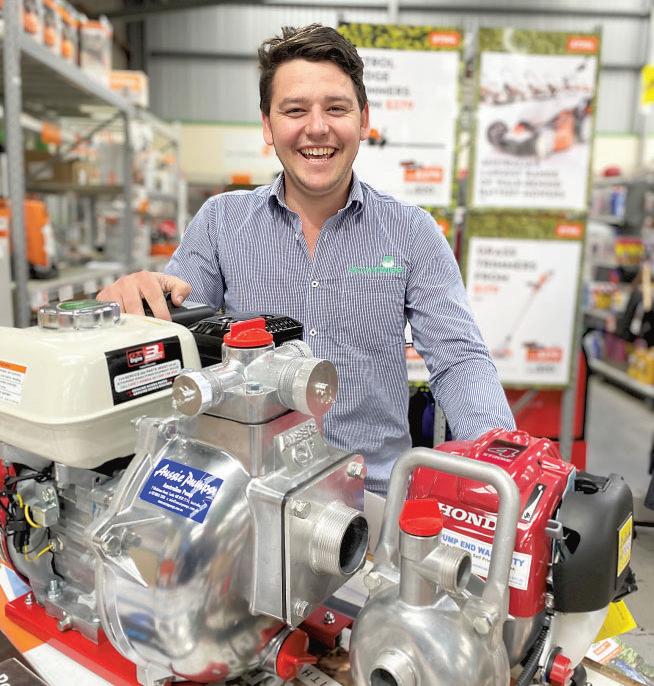
BRANDON
Katrina
'VIR TUAL fencing' emerged as akey issue at this year’s GippsDairy Muster in Churchill.
Mark Billing, the pr esident of Dairy FarmersVictoria (DFV), was one of the speakers invitedtodiscuss innovative changes, which includedagreat emphasis on virtual fencing.MrBillingisthe founding chair of the DFV,afourth-generationfarmer and has morethan 40 years' experience in the industry.
Mr Billing said innovative ideas could be put into practice through regulation.
“It’s important to understand why we have access to the technology, it is now,”Mr Billing told attendees.
“The interesting thing in Victoria is that the exclusion of using this technology on the farmisactually not in the legislation. It's inthe regulation, which is easier for us to deal with, because the regulation can be changed by the Minister.If it were legislation, then it would have to go through the legitimate process.”
In May, the state government announced it would allow far mers access to virtual fencing and herding technology by the end of 2025.
While this is abreakthrough for Victorian farmers, farmers across the country, including those in Tasmania and Queensland, as well as in countries such as New Zealand and the United States, arealready utilising the technology.
Halter, aNew Zealand company,possesses diverse expertise across technology, agriculture, and business, and is committed to transforming the futureoffarming. Morethan 300,000 animals arecurrently managed by Halter,including 25 per cent of all dairy cows in Tasmania.
Atrial of virtualfencingtechnologyhas been conducted at Ellinbank’s SmartFarm since July 2024, utilising solar -powered smart collars on dairy cows.The collars

use electronic cuesto contain animals within avirtual fence, and guide them to specific areas of the farmvia mobile devices, which MrBillingsaid was ahurdle they encountered.
“We'recallingitvirtualherding for a reason,” Mr Billing explained.
“It's alittle bit morepalatable for those who have been against virtual herding or virtual fencing, and that's partly because
the pulse that the collars provide will be smaller than that of an electric fence. This has been one of the hurdles we've encountered when speaking with the government.
“As an industry, we can prove the worth of this technology, and we arebeing excluded from other industriesbecauseoflegislation. And that's pretty much been our drive to government all the way through.
“Thenew legislation for animalwelfare
is moving through the government at the moment, and there's atwo-year period wherethe regulations for that new legislation will be consulted upon.”
The new regulationsensurethe rollout of virtual fencing across the state to improve animal welfareoutcomes, far msafety, productivity and staffwellbeing.
Agricultu re Vi ctor ia is also activel y contributing to the development of the Australian Animal WelfareGuide for Virtual Fencing, aproject led by the Commonwealth Department of Agriculture, Fisheries and Forestry.
Mr Billings said he was confident in the project to bring virtual fencing to farmers, while acknowledging that the change was slower than hoped.
He also mentionedthat virtual fencing will help in positive environmental impacts.
“Being able to virtually fence of fareas to protect the pastureis againa bigger opportunity for us, for emissionsreduction,” he said.
“We've pretty much tried to sell the government on helping optimise their grazing for carbon-neutral farming goals.
“Weare or have been actively talking with RSPCA. They actually conducted areport about four years ago and accepted many of the arguments we presented regarding the biosecuritybenefits, animal welfare benefits, and so on.
“Weknow that it has astrong potential. It has been proven time and again, in every trial conducted, whether in New Zealand, Tasmania,orelsewhere, that a pasture-based system is agame changer. The government is listening, they'removing forwardwith regulatory and training changes, but their main concernisensuring animal welfare. And we accept that.” For moreinformationonvirtualherding, go to: https://www.premier.vic.gov.au/ virtual-fencing-regulations-one-step-closerfarmers
THE state government is expanding recreational hunting in East Gippsland, with the aimtohelpcontrol wild deerand boost tourism
The Minister for OutdoorRecreation, Steve Dimopoulos, said the National Parks Act wouldbeamended to allow seasonal deer hunting in Errinundra and Snowy River National Park.
This will allow seasonal deer stalking in about 130,000 hectares of the two parks and means most public land in easter n Victoriawill be availablefor recreational deer hunting. This expanded access to seasonaldeer stalking on public land adds to existing opportunities for accredited
hunters -supporting outdoorrecreation while helping controlwilddeerinparks across Victoria. Anyone wishing to recreationally hunt deer in Victoria must hold a current Victorian Game Licence issued by the Game Management Authority.
Mr Dimopoulos said this wasa win for regional communities.
"Expanding deer hunting means more visitors,morejobs, and stronger local economies," he said.
The Australian Deer Association Advocacy Lead, Sean Kilkenny welcomed the decision.
"Publiclandaccess is cherished, and we thank the Premier (Jacinta Allan) and Ministerfor theirongoing ef fortsand
engagementregarding public land access," he said.
Deer hunting is apopular activity in Victoria, with morethan 45,000 licensed deer hunters in the state.
The activity supports local industry and generates economic activityinregional areas. Between 2013 and 2019, recreationhuntingsupportedmorethan3100 jobs and contributed $356 million to the state's economy, $201 million of which was attributed to recreational deer hunting.
In 2023, recreational hunters harvested 137,000 deer and hunted for atotal of 332,000 days, with 52 per cent of hunting occurring exclusively on public land.
Allowing recreational hunters greater access to help manage wild deer will also contribute to better biodiversityoutcomes, makingthe bush healthierfor native wildlife.
Mr Dimopoulos said this policy compliments the Victorian Deer Control Strategy -a state-wideplan for gover nment and authorities to manage deerpopulations acrossthe stateand coordinatecontrol acti on in pri ori ty ar eas to min imi se impacts on native habitat, biodiversity and agriculture.
For moreinformation about game deer hunting, visit: gma.vic.gov.au/hunting/ deer














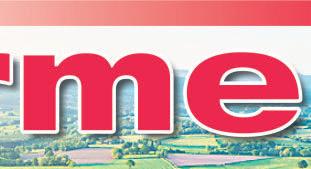





































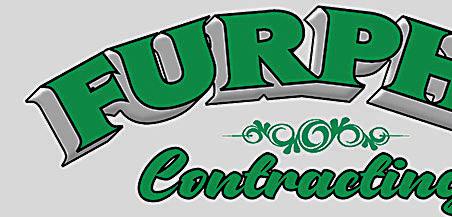



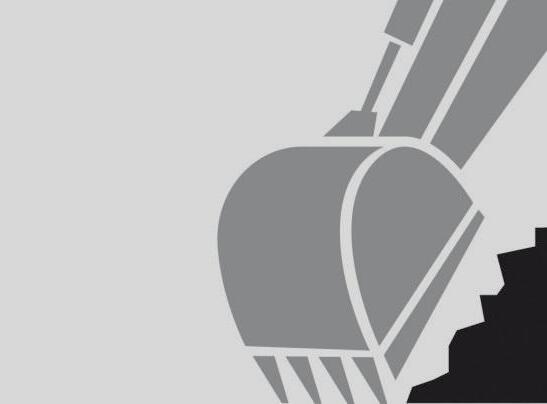











































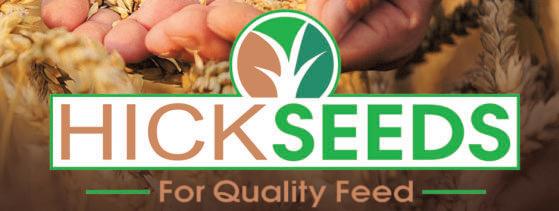
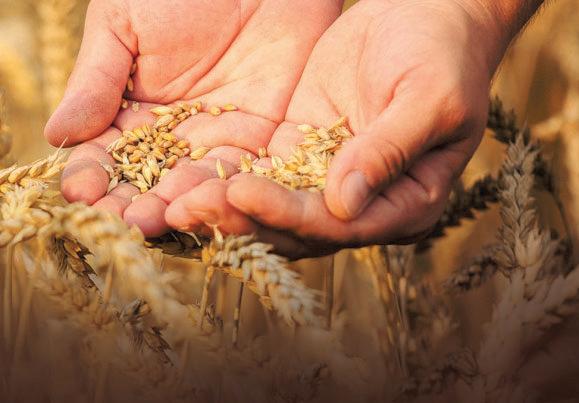
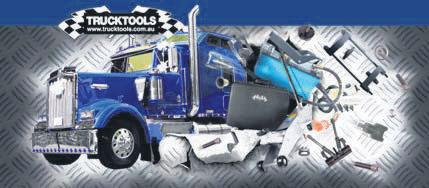





















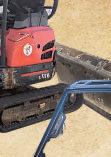


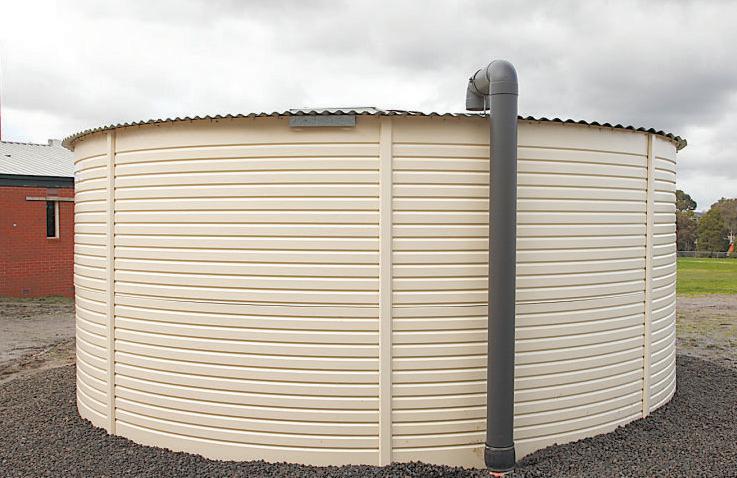

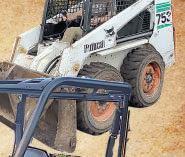
























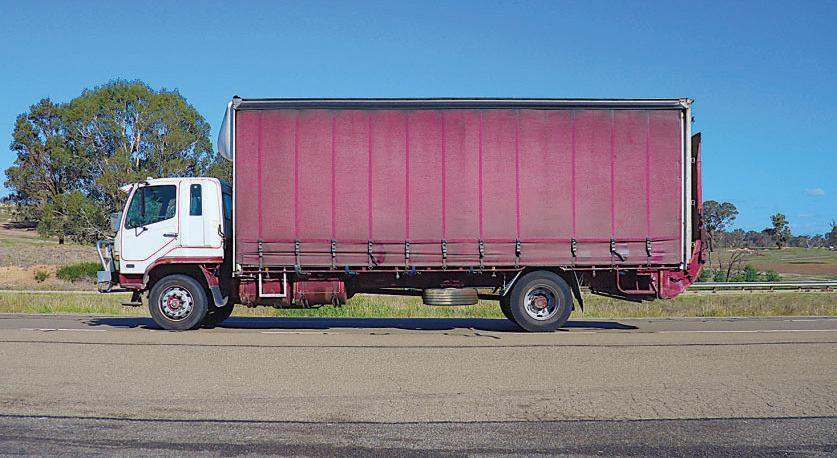








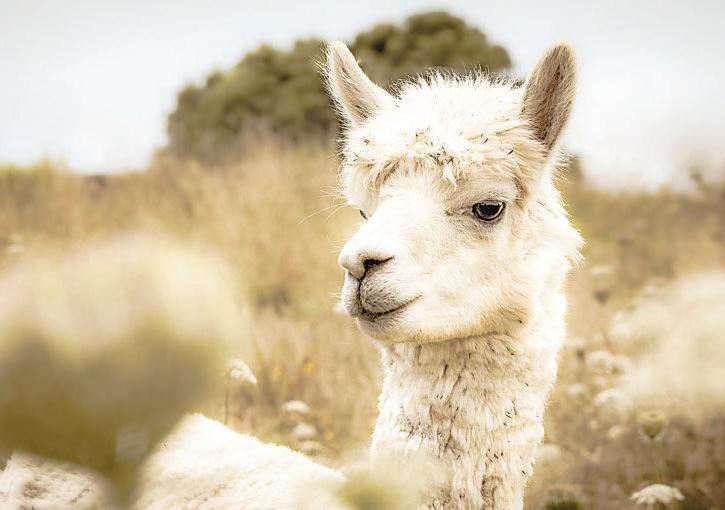





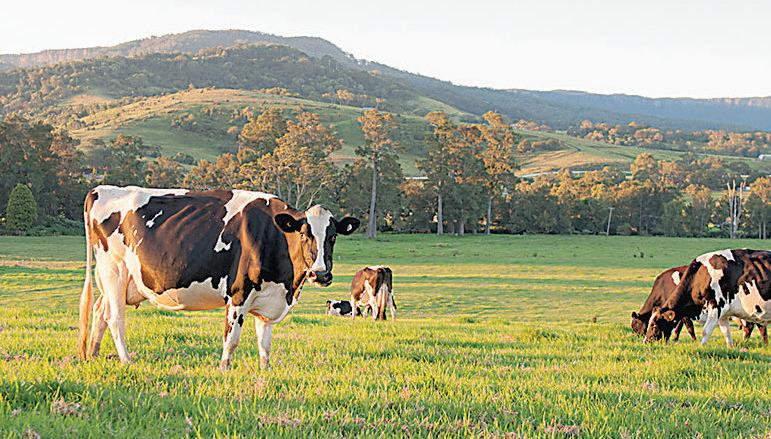



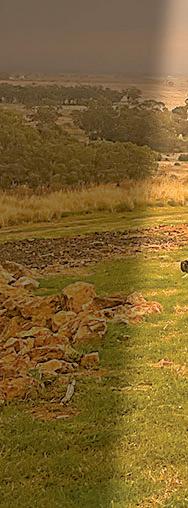
















































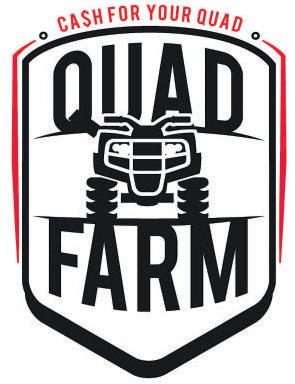





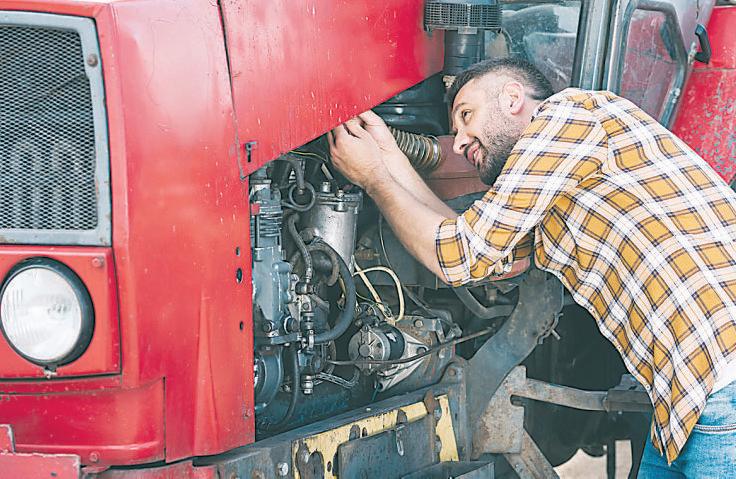
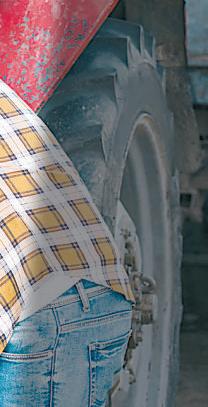








































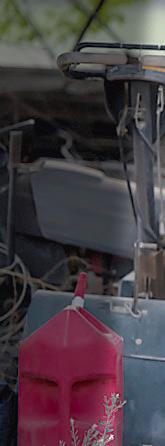
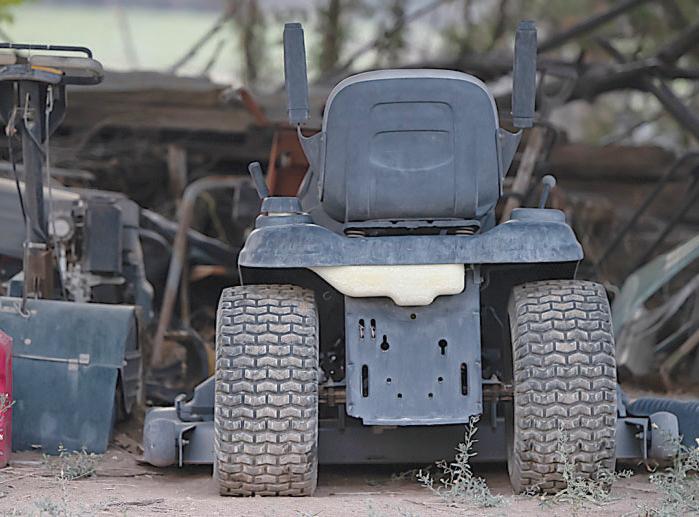
Liam DURKIN
GIPPSLAND is well-representedona list compilingthe 25 greatest players to ever play for Footscray/Western Bulldogs.
The non-representationofafew howeverhas alsosparkedsome discussion.
The listhas been named in celebration of the Bulldogs' centenary in the V/AFL.
While Brownlow medallist and twotime Coleman Medal winner,Kelvin Templetonwas anobviouschoice, selectors could not find room for fellow Traralgon local, Bernie Quinlan Quinlan admittedly won his Brownlow and Coleman medals after crossing to Fitzroy, yet he still played 177 games and kicked 241 goals for the Bulldogs.
Quinlan is also amember of the Western Bulldogs'HallofFame, as is Bairnsdale'sBrianRoyal, who was another omission, despite being named in the Team of the Centuryas arover no less.
Others locals to miss out wereSteve Wallis (Leongatha) and Barry Round (Warragul).
Roundplayed135 gamesinthe tri-colours, beforecrossing to South Melbourne/Sydney, wherehewon the 1981 Brownlow Medal, the year after Templeton.
Wallis played 261 games across 14 season from 1983 to 1996. His final match was featured in the documentary Year of the Dogs.
Quinlan and Templeton were back home recently for Traralgon Football-Netball Club's past players reunion,alongwith former Footscray captain Rick Kennedy, Jim Silvestro, GeoffJennings, and the Cordy boys, Graeme, Brian and Neil.
Beforedrafting was introduced, VFL clubs werezoned to certain areas. The Bulldogshad Traralgon.Hawthorn arguably benefitted most from having the West Gippsland and Mornington Peninsula catchment, an area that was atraditionalstronghold for St Kilda.
Only five clubs (Carlton, Richmond, Hawthorn, North Melbourne and Essendon) won premierships while zoning was in place (1967 to 1985).
Bulldogs favourite,Bob Murphy (Warragul) and 1941Brownlow Medallist, NormWare(Sale)were each selected in the top 25.
An early Magpies jumper wornby Ware hangs in the Sale FootballNetball Club social room.
The 25 Greatest Bulldogs are: Norm Ware,Harry Hickey,Arthur Olliver,Charlie Sutton, Allan Hopkins, Alby Morrison, John Schultz, EJ Whitten, Wally Donald,Jack Collins, Gary Dempsey,Doug Hawkins Kelvin Templeton, Simon Beasley, Scott Wynd, Chris Grant, Scott West, Brad Johnson, Tony Liberatore, Bob Murphy, Matthew Boyd, Dale Morris, TomLiberatore, Marcus Bontempelli and Ellie Blackburn.
The list encompasses the Western Bulldogs' entirehistory, including AFLW, hence the selection of Blackburn.
Blake METCALF-HOLT
SCENESofpurefootball beautyplayedout at Willow Grove Recreation Reserve last month, as Hill End sang their song for the first time this season after a19.5 (119) to 11.11 (77) finish over Stony Creek.
The developing, young Rovers added veteran leadership of thehighest order, for both on-field and off-field performance, with the arrival of retired West Coast premiership defender Will Schofield viathe Carlton Draft.
Schofield had got offtoaflying start with the Mid Gippsland club when amajority of the senior group arrived in Melbourne a few months ago for ‘draft night’, giving the former Eagles backman the chance to build rapport with the Hill End boys and don the Rovers green and gold awhile in advance. By the time it got to the weekend, which played out in picturesque formwith great conditionsand weather on theday for Round 13, Schofieldwas primed and ready for all that unfolded.
Talking to the GippslandFarmer in the week leading up to his Round 13 arrival, Schofield admitted he wasn’t going to be playing in his natural position, instead electing to fill ruck duties.
“I’ve made some decisionsaround my playing position, Ididn’t want to play at full back because basically Ifeel like I’djust cop the next Nate Caddy, sort of just jump on my head and kick 10 on me,” he said.
“I didn’t want to play full forward, because Iwould’ve had abig gorilla on me in the goal square, and so I’ve put my hand up to go in the ruck, so I’ll be around the footy and be trying my best to get the win for the lads.”
Not only did that play out, but Schofield even divulged that he had some pre-game speeches prepared for the team on the day, making sureall was ready for the occasion that brought plenty of attention and cameras to the small town.
Bringing the team in beforeheading out, Schofield addressed them, saying how he saw Hill End as moreafootball club than any he’sbeenaround, includingoverin Perth, withperhapsthe mostsuccessful club in the land, given how tight-knit he saw the group being and all around the club.
As the side ran out onto the ground, with Schofieldwearingthe number 32 on his back, they were treated to abumper crowd anticipating agreat contest.
The effort and belief that Schofield also discussed inhis speechwas displayed early from the Hill End outfit,asthe Rovers banged home six goals straight in the first quarter
The home team’sleadextendedeven

further through to halftime, with multiple players rising to the occasion, including young Darcy Paul with three goals in the first half alone.
Schofield alsoproduced some magic, showing signs that perhaps all was meant to be for Hill End, as the big man grabbed the ball out of aboundary throw-in and snapped truly from 40 metres out from goal, electrifying not only the ground, but the entireplaying group as well, rushing to celebrate and almost in awe.
HillEnd wentintothe roomswiththe scoreboardreading 64-37 their way.
The travelling Lions (who agreed to swap home games between the two earlier in the season to ensurethe Hill End faithful got to watch Schofield on their own deck) came out of the main break with their eyes fixed.
With awin, Stony Creek would only be two games back of playingfinalswith afurther four matches to go, they too had as much pressureonthem as anything.
The Lionsheldthe Rovers scoreless throughout the thirdquarter,while booting three goals themselves, bringing the margin back to eight points with half-an-hour left.
Hill End, realising this was perhaps their one and only chance of victory forthe year, returned knowing they had to get back to their ways from the first half.
That arrived as quickly as they returned for the fourthterm, with Schofield winning the first bounce as the Roverssent the ball into their forwardline, ending withAndrew Daly booting his first goal for the season, fresh out of the under 18s.
That all happened over the course of the opening 30 seconds.
Despite Stony Creek mounting goals to keep it close within the first 10 minutes
Liam DURKIN
THORPDALE Football-Netball Clubpast players and officialsgathered last month to celebrate the 40-year reunion of the club's last senior football premiership.
The Blues capped offa dominant 1985 season in the Mid Gippsland FootballNetballLeague, finishingontop of the ladder on the way to the flag.
Thorpdale defeated MorwellEast 8.7 (55) to 5.11 (41) in the decider
Some familiar Thorpdale surnames featured in the bestplayers: the late HarveyPoolekicked fourgoals,while Glen Hotchkin, Lloyd Mackie and Mick Hammond werealso prominent.
Others to play well on the big day were Moe recruit Ricky Dyt and league bestand-fairest winner,Ray York.
It was double-delight for the Blues,who
also won the reserves premiership.
Thorpdale's favourite son, Barry Rowlings, who was Richmond captain the year before, took players for training during Grand Final week.
Unfortunately for the Blues, they have featured in just two grand finals since (1987 and 1992).
Thorpdale looked agood chance of creating aCinderella story two seasons ago, beforebowing out in the preliminary final to eventual premier,Fish Creek.
The club has enjoyed better success in netball circles,withthe Blueswinning asprinkling of AGrade flags during the 2000s.
Thorpdale coach and former Essendon player,Jim Forsyth(father of Olympian Tim) celebrates the 1985 premiership with Thorpdale captain Ron ‘Bonnie’ Mackie.
of the last quarter,Hill End rode awave insurmountable for most, with the entire communityontheir back on the day, as the Rovers kicked the last five goals all the way through to the final siren.
Hill End coach Adrian Burns said it was acollective effort from his side.
“Weall played well, but big Will Schofield got us plenty of the ball and lifted the whole side,” he said.
“StonyCreek camebackinthe third quarter, but we kept them at arm’s length.
“I’ve been waiting for them to do what I knew they could,itwas just great to see the boysget areward and for the whole community to enjoy it.”
It truly was awhole team effort as stated by Burns, with the young Paul producing a five-goal best-on-ground performancewith the entirefootball world watching. The lad is still in thirds!
Aaron Fawcett, skipper Seth Calway (three goals), Amburupa Uliando, Liam Cumiskey (three), and Kyan Mulleywereothers to stand tall on the day for the Rovers.
Not only did Hill End get to sing the song loudly and proudly for the first timethis year,for which Schofield let out with great gusto being of similar ilk to Carlton’s theme, the Rovers also ended the Lionschances of extending their season in 2025.
Stony Creek had Julian Stone, Jayden Battersby, Callum Carter,Cameron Stone, Hayden Bull and Jack Stuart play well. In talking earlierinthe week with Gippsland Farmer, and also noted during his post-draft interview back in April, mocking media personality and former Port Adelaide 300 gamer Kane Cornes for only mustering amerenine touches and one mark during his Carlton Draft appearance in Moyston Willaura’s119-point lossto Hawkesdale Macarthur in aMininera and District 2023 match.
Schofield boasted thatifhe couldnot surpass those numbers set by the famed football shock jock, he would cease all of his own media commitments with Perth’s Fox Footy coverage and his BackChat Podcast withformerEagles teammate Hamish Brayshaw andjournalist Dan Const,as wellasending any other futuresporting ventures.
It’s safe to say Schofield served up much greater impact during his Carlton Draft match, not just on the field, but deep into the night, with Hill End also holding their sportsman’s night the same day.
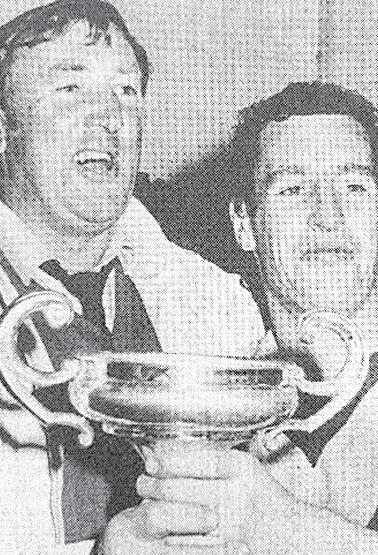
Liam DURKIN
HE would have loved the result, and absolutelyhatedevery second of the attention.
Moe United SoccerClubicon,Peter Albanese has neverbeenone tomakeit all about him.
He just lets his goal keeping do the talking. ‘Albo’ was in acustomary familiar position for much of the cutthroat match against Falconslast month,seeinganumberof close calls stopped, deflected and parried to safety.
He’sbeendoing it for 50 years,longer than his teammates have even been alive.
The Red Devils, with their hopes of the Latrobe Valley SoccerLeague title virtually hanging on the Round 15 result,found themselves locked in anerve-killing 2-all battle late in the piece at Moe’s Olympic Park.
“Dig deep”came the call from the lone figureguarding Falcons’ goal, as the clock tickedfurtherand furtherintostoppage time.
The call resonated with all wearing red, and in what almost seemed destined, the ball found the back of the home team’s net.
The finalwhistle sounded bar ely 30 seconds later.
Moe United hadcomefrom2-nildown to hit the lead right at the death, and possibly, take acritical step towardtheir first championship in almost adecade.
It was Troy Deeney, Nick Davis, Steve Waughlastballcenturyonyourhome ground type stuff.
For the beloved, Albo -just about the perfect day.
Taking amomenttosurely feel some sense of relief, Albanese wascongratulated by players from both clubs,who beforethe
match, lined up alongside paintwork on the Olympic Park pitch inscribed ’50 Albo 1’ in homage to his length of service wearing the Number 1shirt.
Thisfolloweda guard of honour as he entered the arena, and he left beingchaired offbyConnor O’Hanlon and for mer Red Devils captain Nick Fogarty, who is also his nephew.
The pair have played countless matches together over the years,clocking up countless kilometres in the car as well.
Moe United Coach, Lee Dastey said the veteran keeper was acredit to himself.
“Really proud of him. Lot of respect for the guy. He’s amazing,” Dastey said.
“The longevity is just unheard of, for one guy to play at one club for 50 years.
“I said to the boys before the game, you can play for as long as you want, but you willneverplaywithanother guy who’s played at the one club for 50 years.”
As Dast ey als or ig h tl yp oin te do ut Albanesewas stillgetting agame on his own merit.
“He’shereTuesday, Thursday without fail(at training),58-years-old, throwing his body around, diving on the ground, I don’t know how he does it,” the coachsaid
“At somestage one of the younger goal keepers have got to step up and take that mantle, but he deserves to be there.
“Hi ss hot -s to ppi ng is def in ite ly hi s strength.”
Dastey made the presentation to Albanese upon his induction as an LVSL legend in 2022.
Embarrassed then as he was at the weekend,the man himselfhas always cited alove of the game as the reason he keeps playing.
Liam DURKIN
MOE Racing Club saw out the 2024/25 racing season amid asomewhat familiar sight.
It is said if you want to help farmers, hold arace meeting at Moe.
Rain fell for much of the Friday, July 11 nine-card meeting on atrack understandably rated aHeavy 10.
Conditions werehardlysurprising for the middle of winter,though nor was the per formance of Moe’sfamed StrathA yr track,which once again enabledfull racing to go ahead as scheduled.
The track’s sand-based design allows continuous drainage, and preventssurface water creatingpuddles.Ithas certainly withstood greater challenges than the 7ml that fell on Friday (the 2022 Moe Cup went ahead after morethan 20mlbucketed down).
That trainers the calibreofCiaron Maher and the Hayes Stable of Ben, Will and JD stillsent horsesto Moe showed they felt their runners would benefit from making the journey.
Locals pitted themselves against some of the best, and walkedawaywithcredible performances.
Perhaps most fittingly, Trafalgar jockey JasonMaskiell was the runawaywinner in theRace7Moe Cup Sunday16th NovemberBM52 Handicap over 1614 metres.
Maskiell took four -year -old mareSaxon Beauty to anear three length victory, showcasing the horses full potential following ahost of fairlyuninspiring runs(eighth, seventh and eighth).
Maskiell had to settle for thirdin a competitive Race 4S&S Equipment Rental & Sales BM52 Handicap (2069m), on board Sioux Princess.
The race was won by Ninyo for Aaron Laing in abar nstor ming finish,coming from eighth with 400m to go.
Saletrainers Kerry Farrugia and Sharyn



Trolovealso tastedsuccess in theRace 2Ladbrokes For mGenius MaidenPlate (1614m) and the Race 6Ladbrokes Mates Mode Pots BM52 Handicap (1614m).
Farrugia’s five-year -old mareNor ma’s Feet benefited from asix week freshen to win by two lengths, while Ripplebrook for Trolove got home by half-a-length.
Maher startedthe meeting with ablistering win, after Satin Diva won the Race 1 Ladbrokes Owners Bonus Maiden (1108m) by nearlytwo lengths inwhatended up being atwo-horse race with Lapland.
Kilmoretrainer David Dean won the Race 8Ladbrokes Quick Multi BM52 Handicap (1208m), continuing decent formfor Miss Himalaya (third and first sincebeing freshened for five weeks).
Only the best learntheir craft in Kilmore.
Others winners wereDarceander mill for Jason Warren (Race 3Ladbrokes Top 2/3/4 Betting BM52 Handicap, 1108m), Najlefor Emma-Lee and David Browne (Race 5Moe Refrigeration BM52 Handicap, 2069m) and Count of Toulouse for Dale Short (Race 9Harvey Norman Moe BM52 Handicap, 1208m).
As they say, thereisnorest for the wicked, and although Fridaywas officially the last meeting for the racing season, Moe Racing
Liam DURKIN
IT had to happen eventually. Morwell boy Peter Siddle is now no longer the last Aussie to take aTest hat-trick.
Victorian parochialism remains at least, with the mantle belongingto Scott Boland.
Boland tookfull advantage of a Jamaican deck doing heaps in the thirdTest between Australia and the West Indies last month, claiming his hat-trick amidscarcely believable scenes.
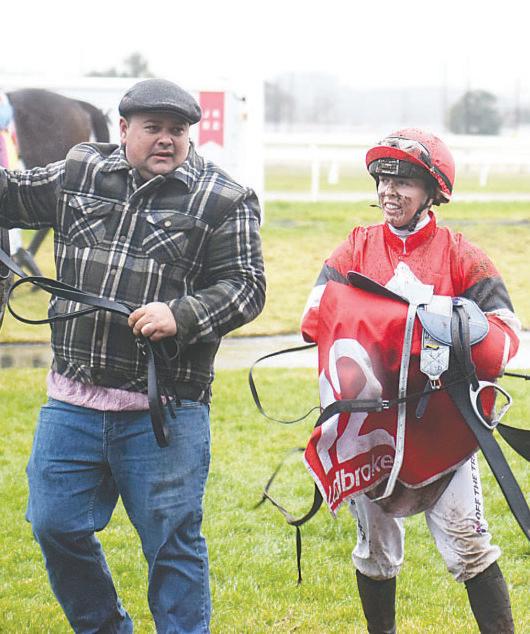

Club’s next meeting is Sunday, August 24 for its members day.
Areminder that this year’s Moe Cup has been moved to aSunday, and will be held Sunday, November 16.
The first, and possiblylast, day/ night Test in the Caribbean wrapped up inside three days, after the Windies wereblownout for just27 in their second innings. They'missed' registering the lowest-ever Test total by a single run
Boland nabbed three second innings wickets for his hat-trick.
Bizarrely, thequiet Victorian may well find himself outofthe team when Australia plays its next Test matchthe first Ashes Test, as spinner Nathan Lyon is expectedtocomeback in (Australia played four quicks in the day/nighter against the West Indies).
The first Ashes Test was the stage whereSiddlefamously took ahat-trick on his 26th birthday in 2010.
The hat-trick ball reportedly ignited aninstanthouse party at the home of one of his Morwell mates. Both hat-tricks have 'something' of alocal connection.
Boland was the subject of for mer Tyers resident turned commentator, Mark Howard's famous line "build the man astatue" after Boland took 6/9 on his Test debut in 2022.
Atrivia question to leave this passage: who was the last non-Victorian to take aTesthat-trick for Australia?




